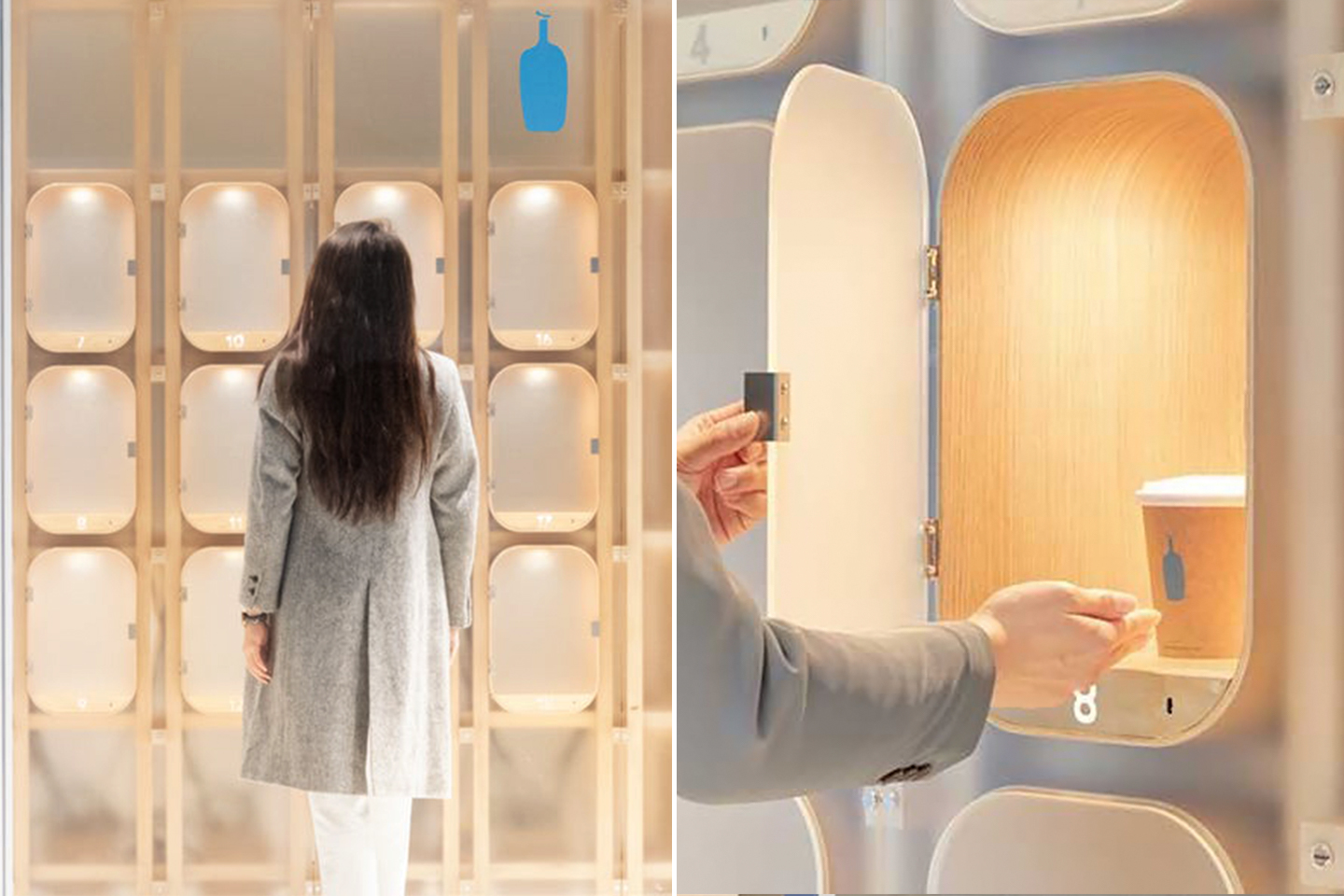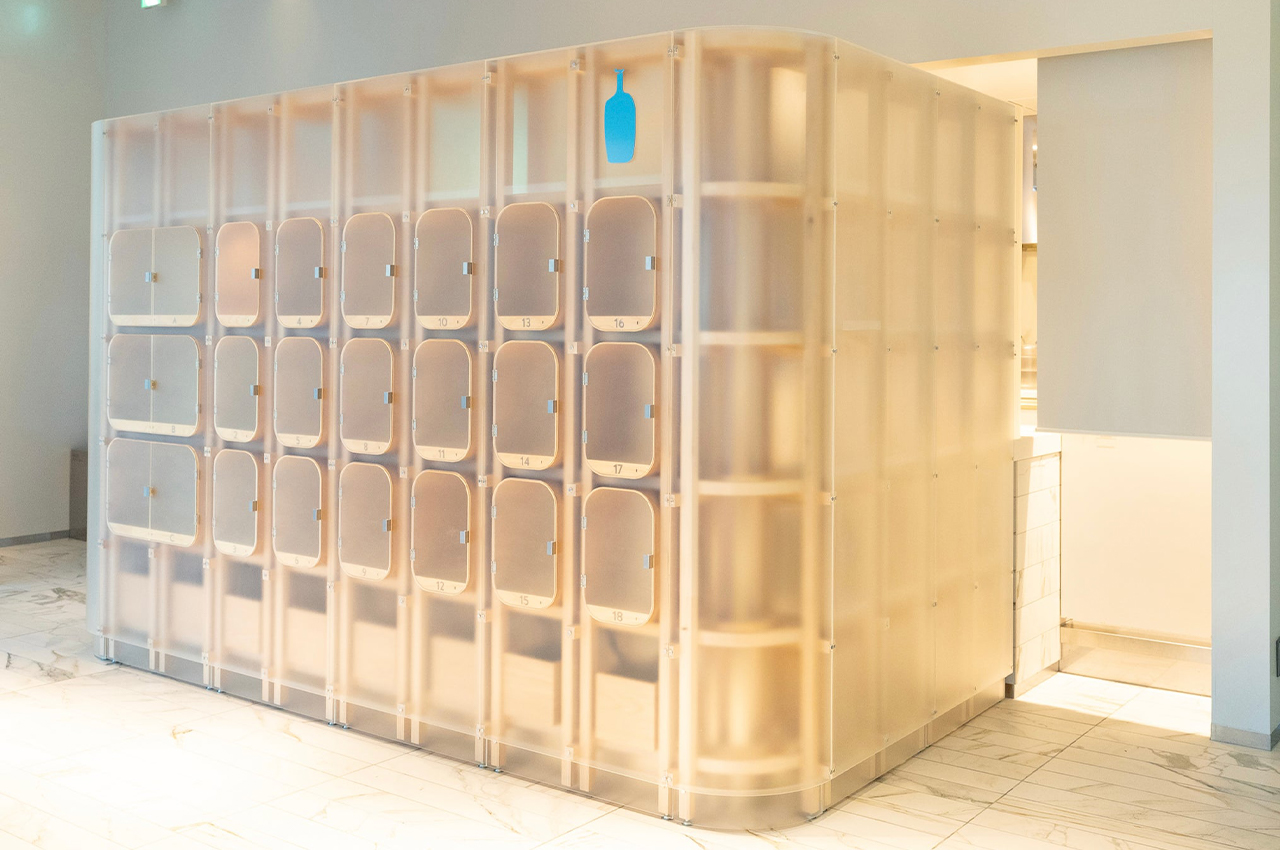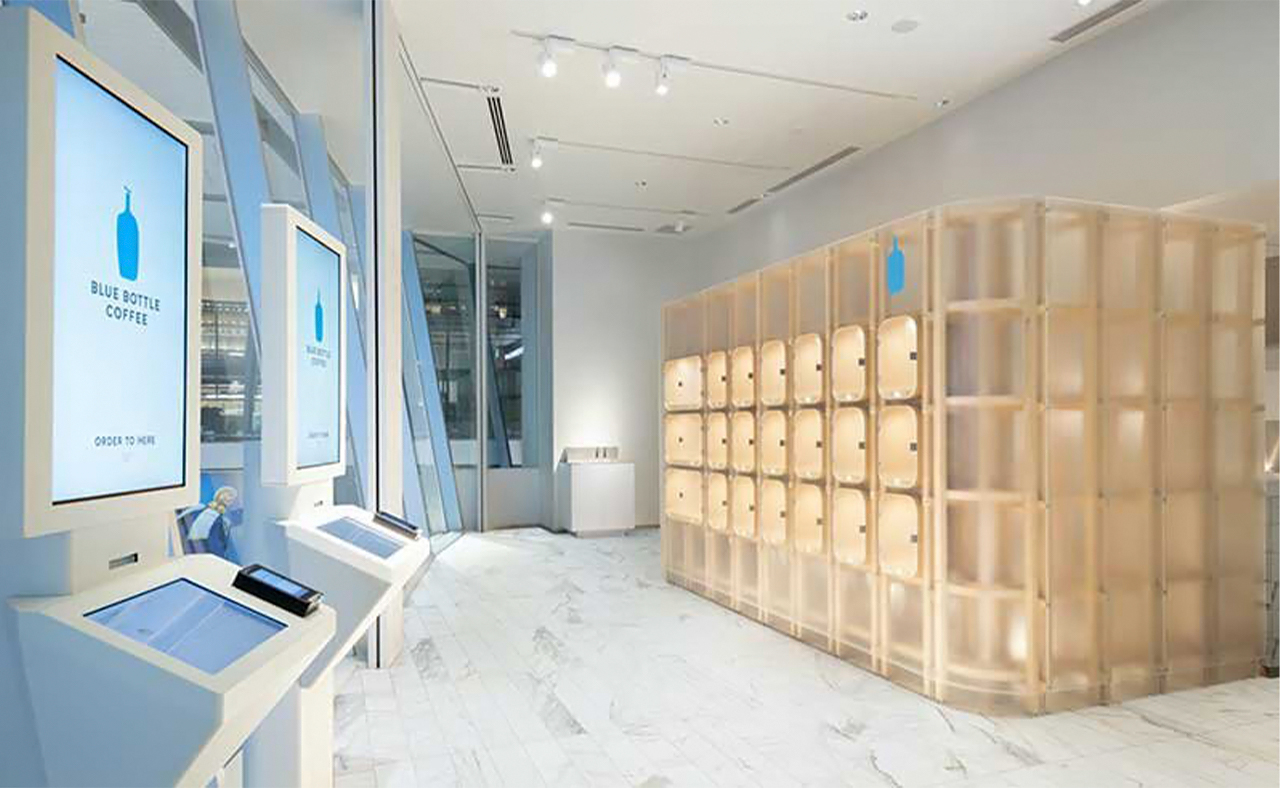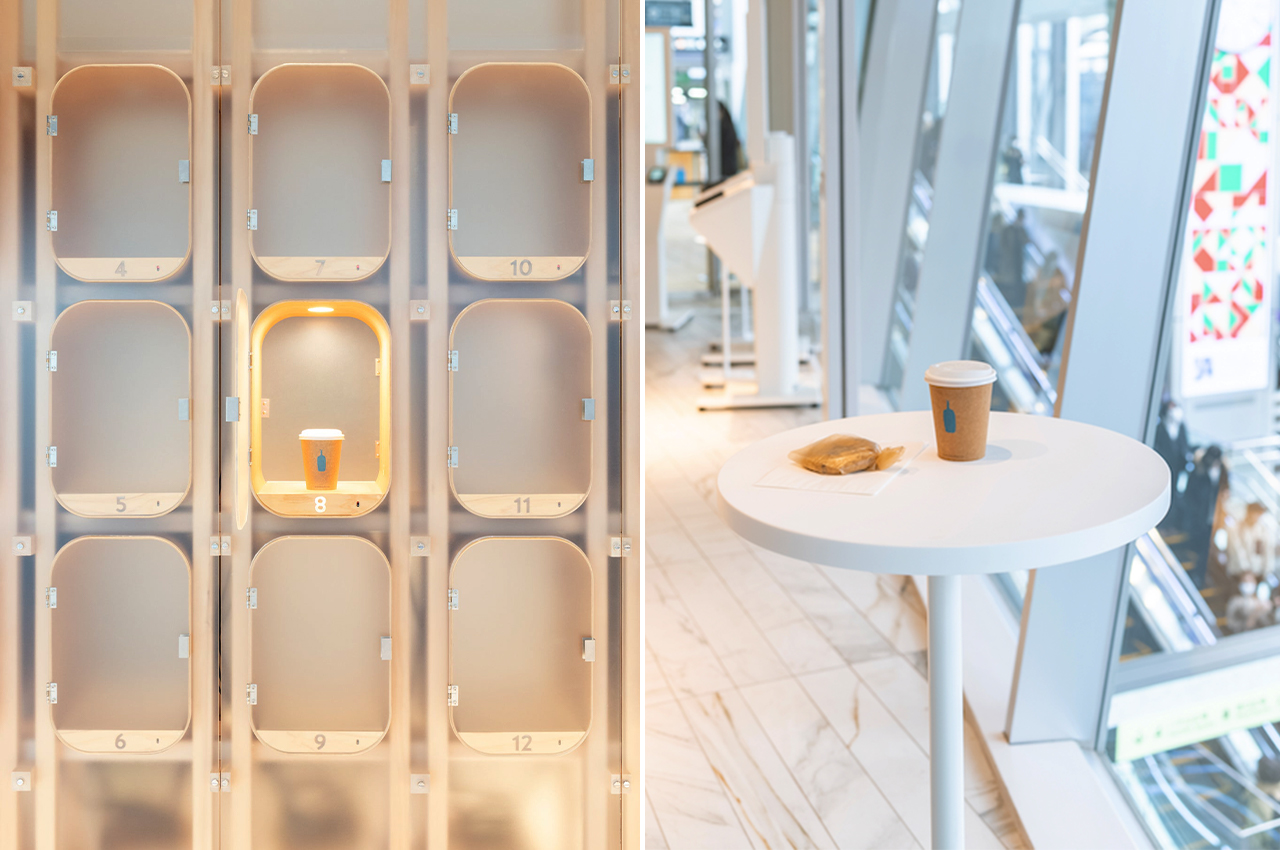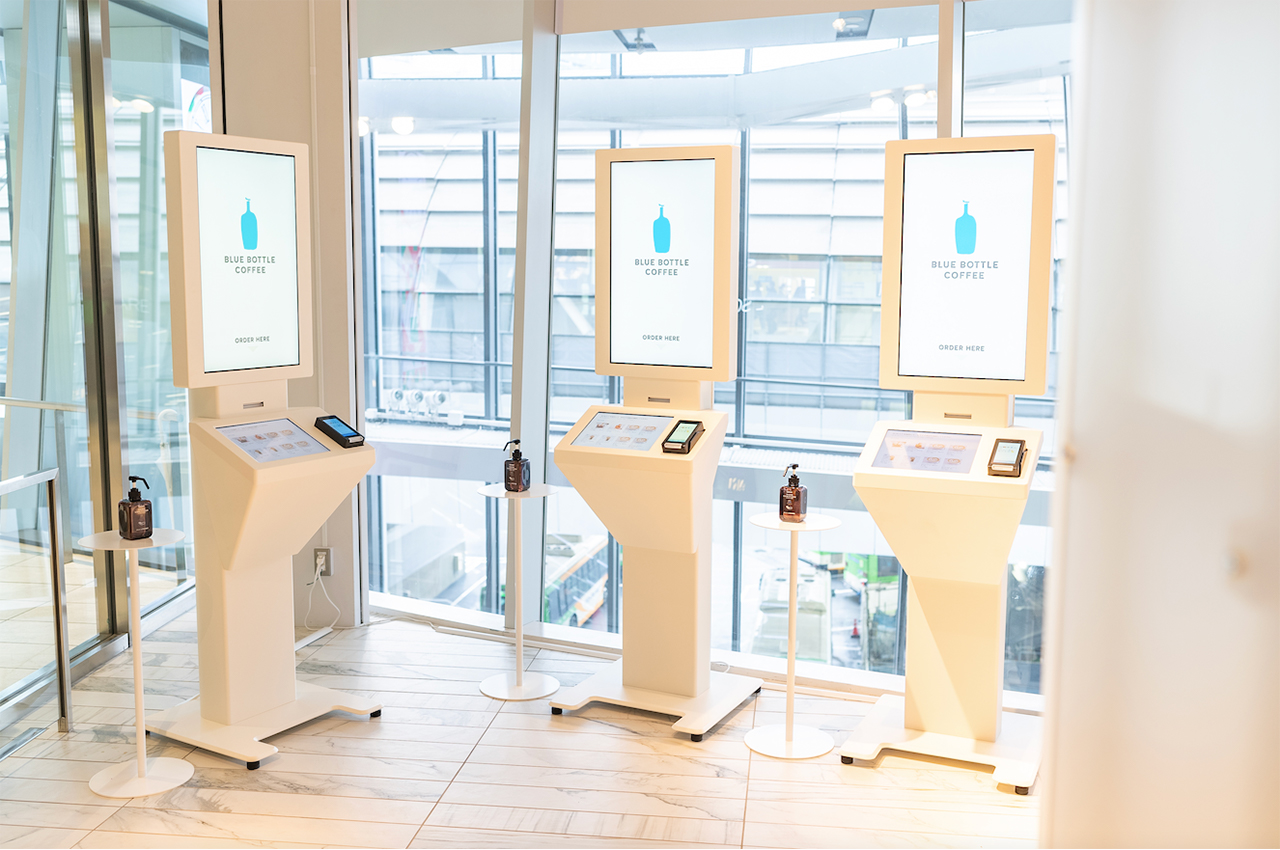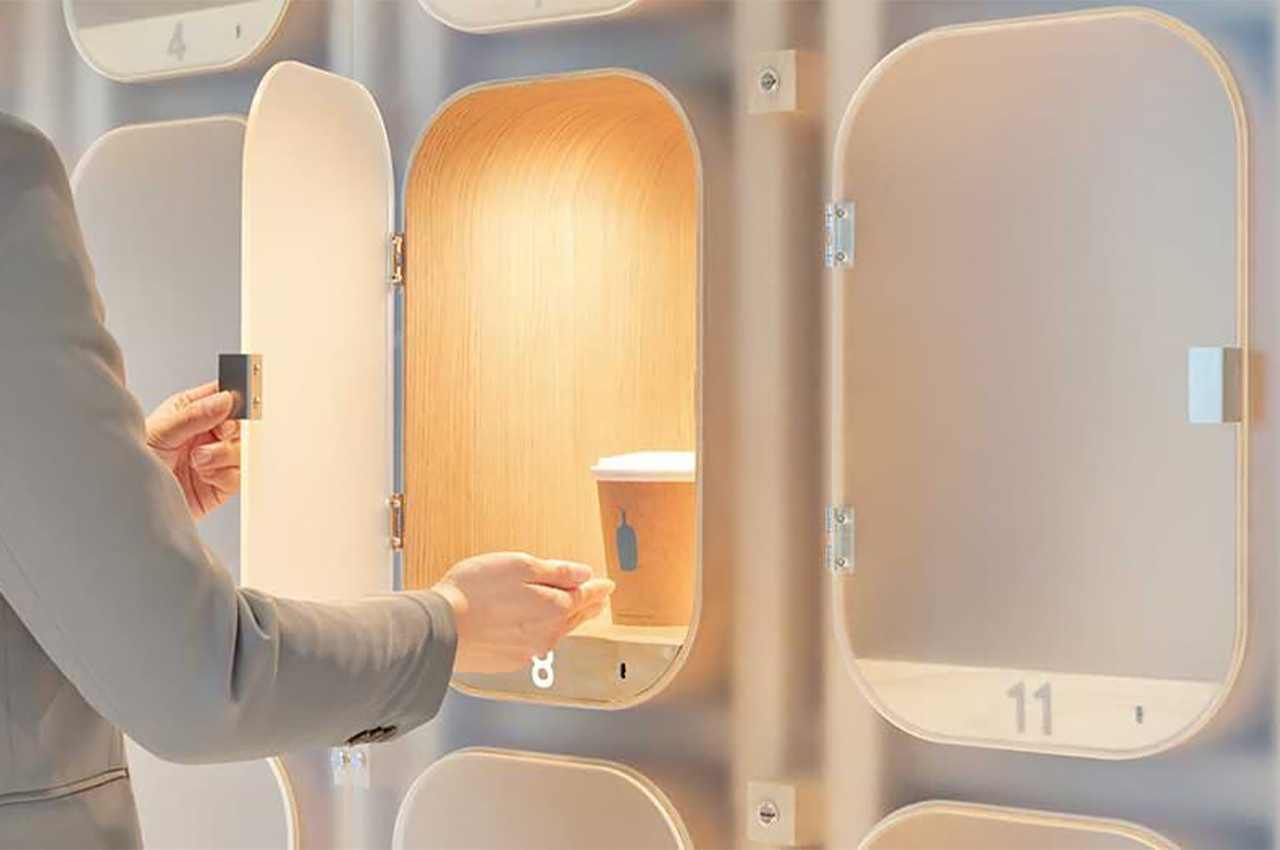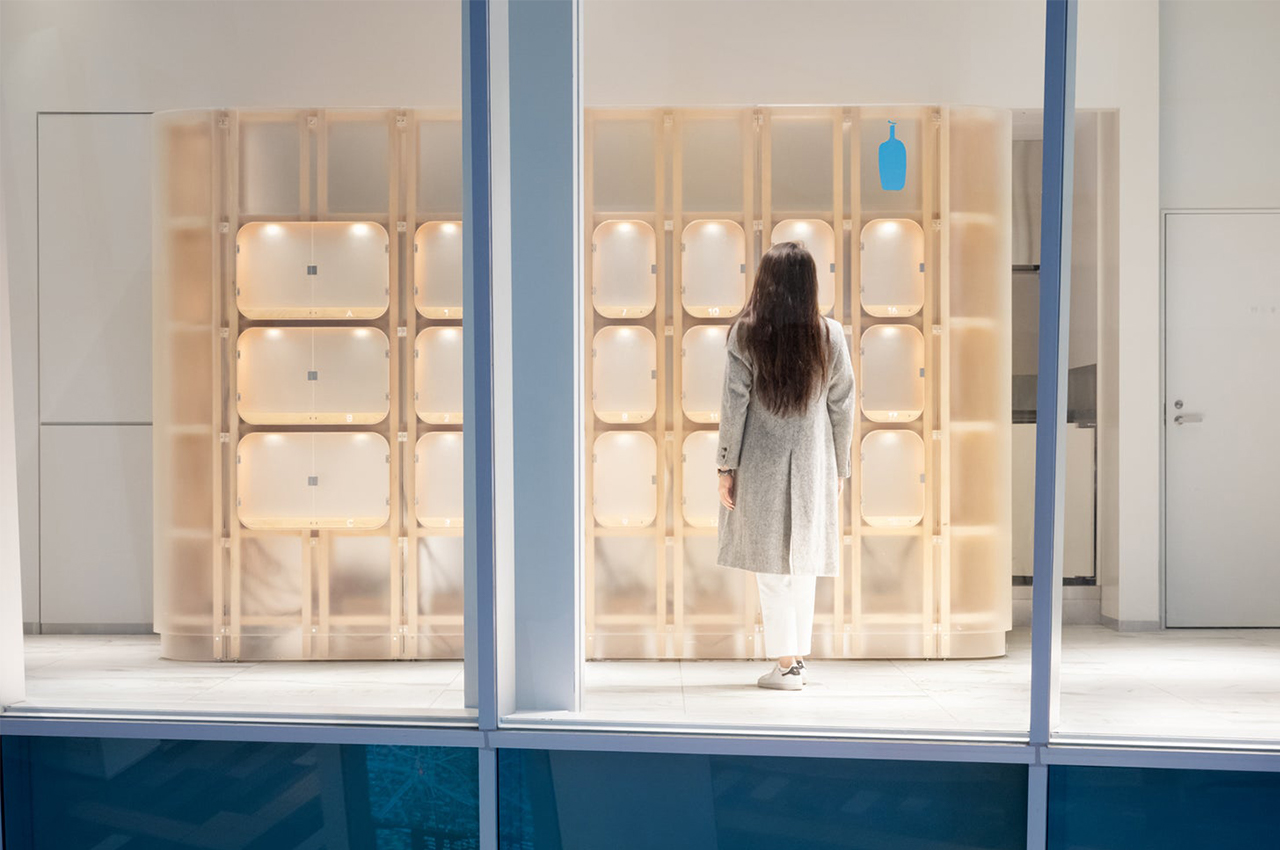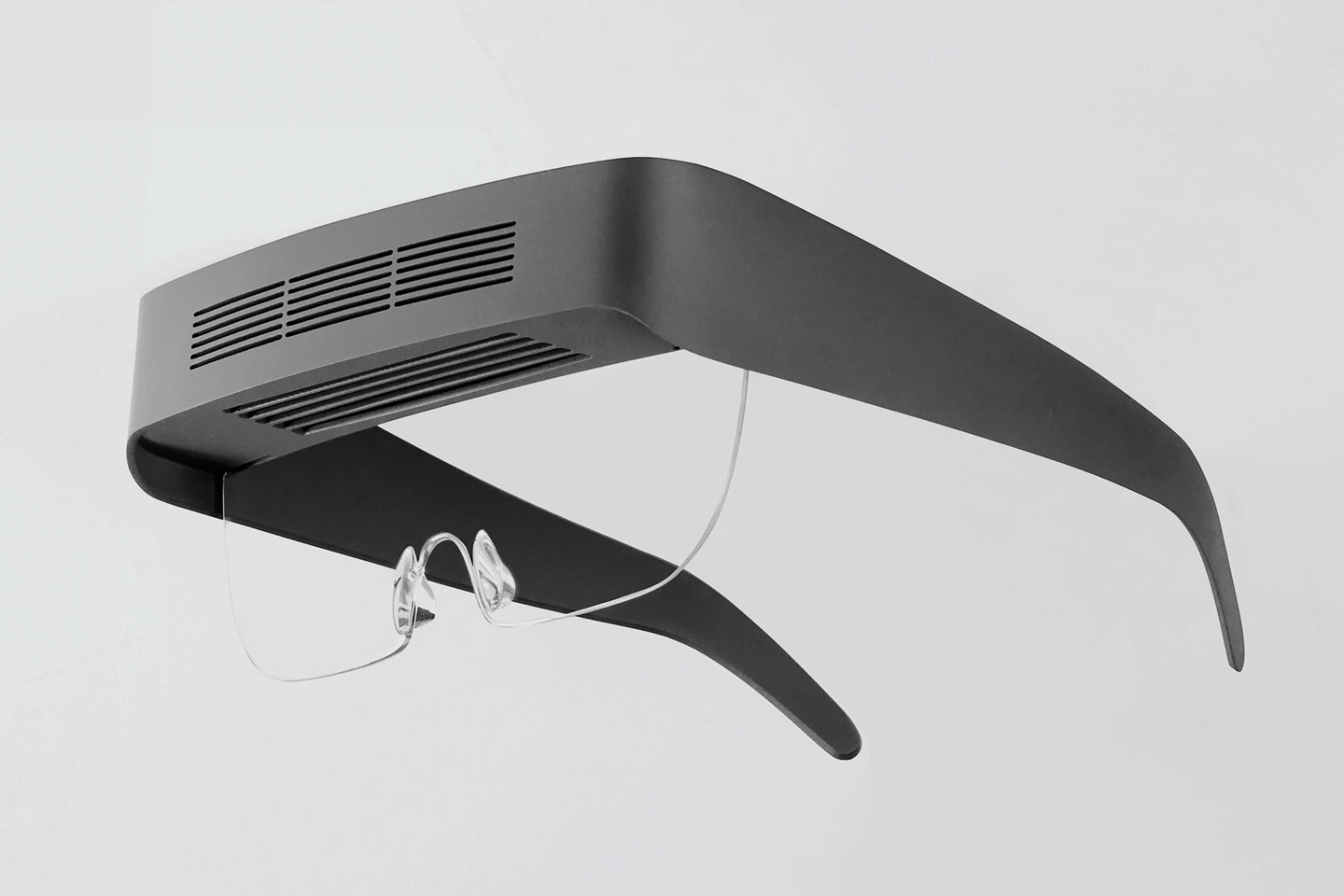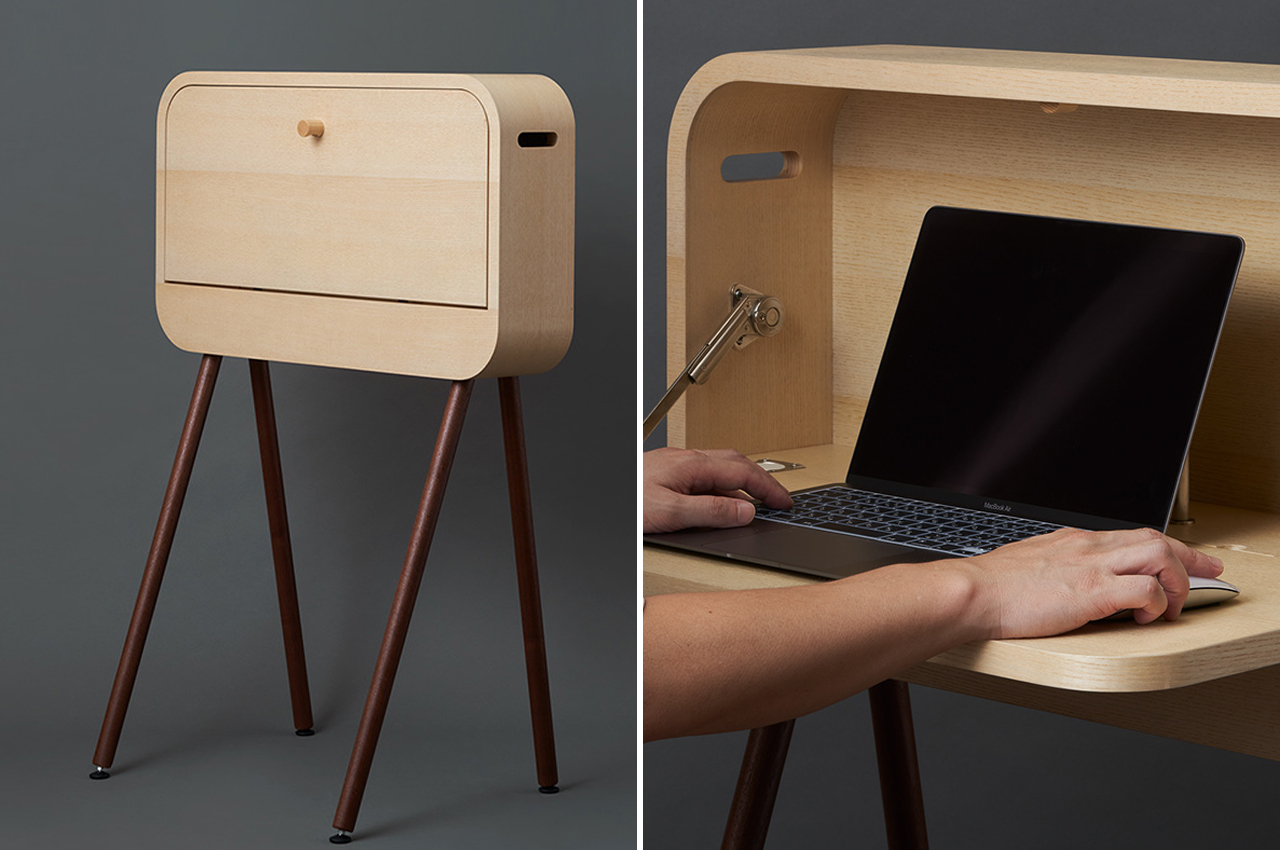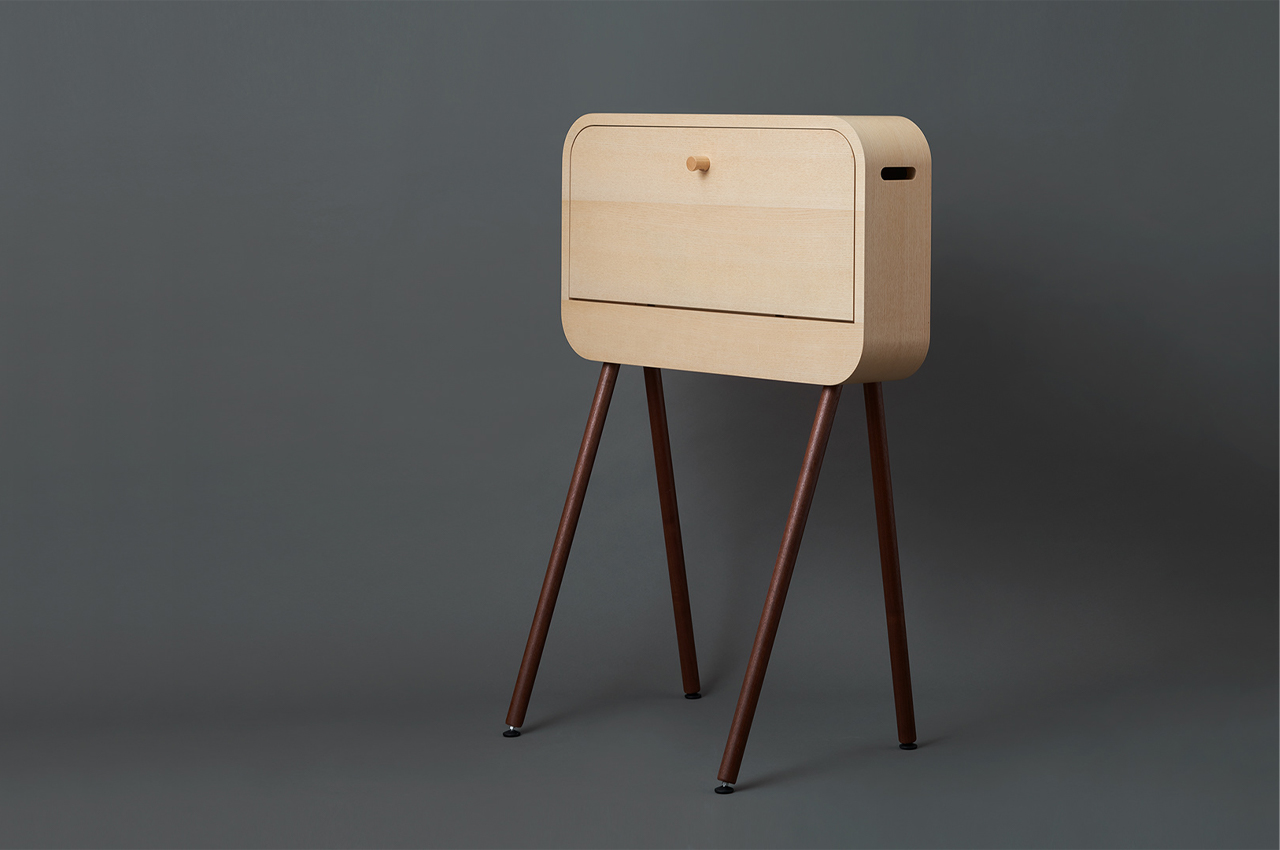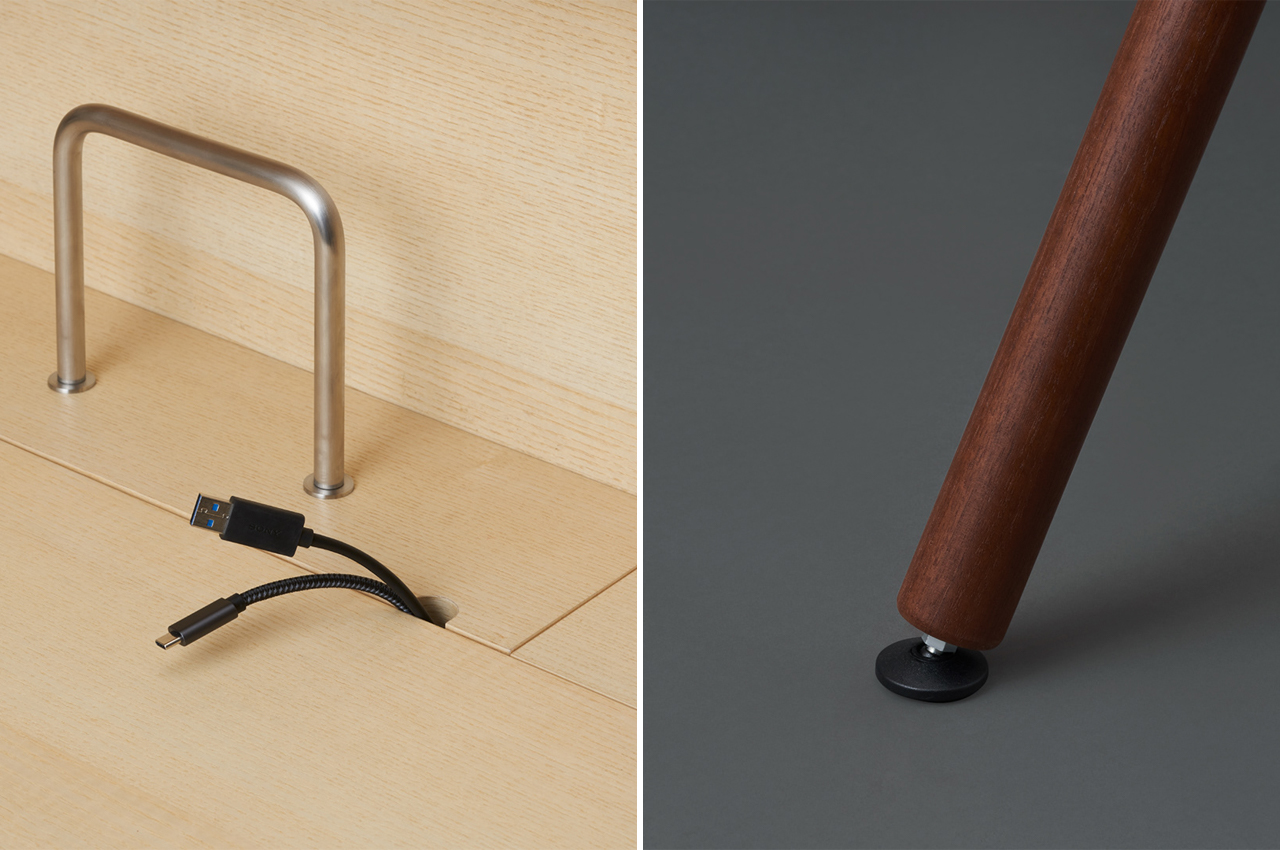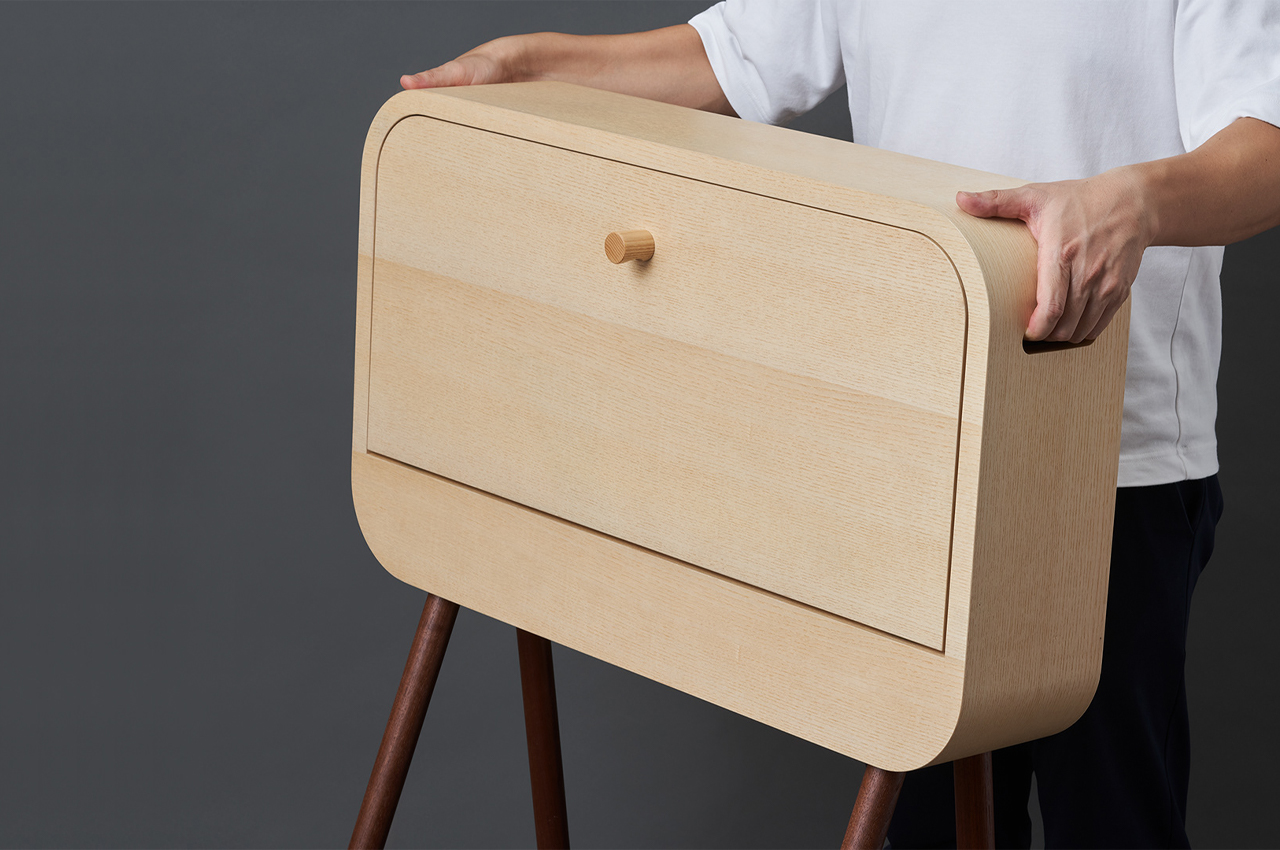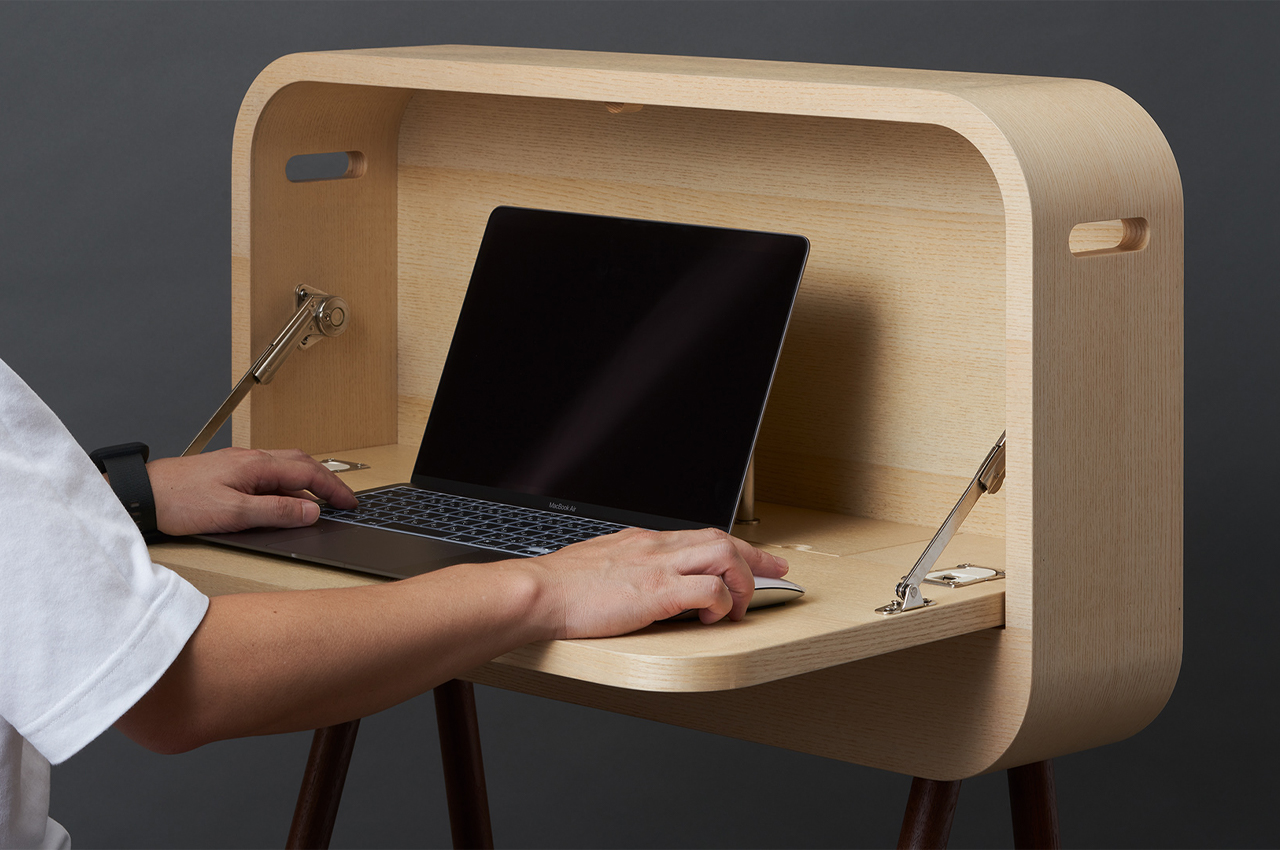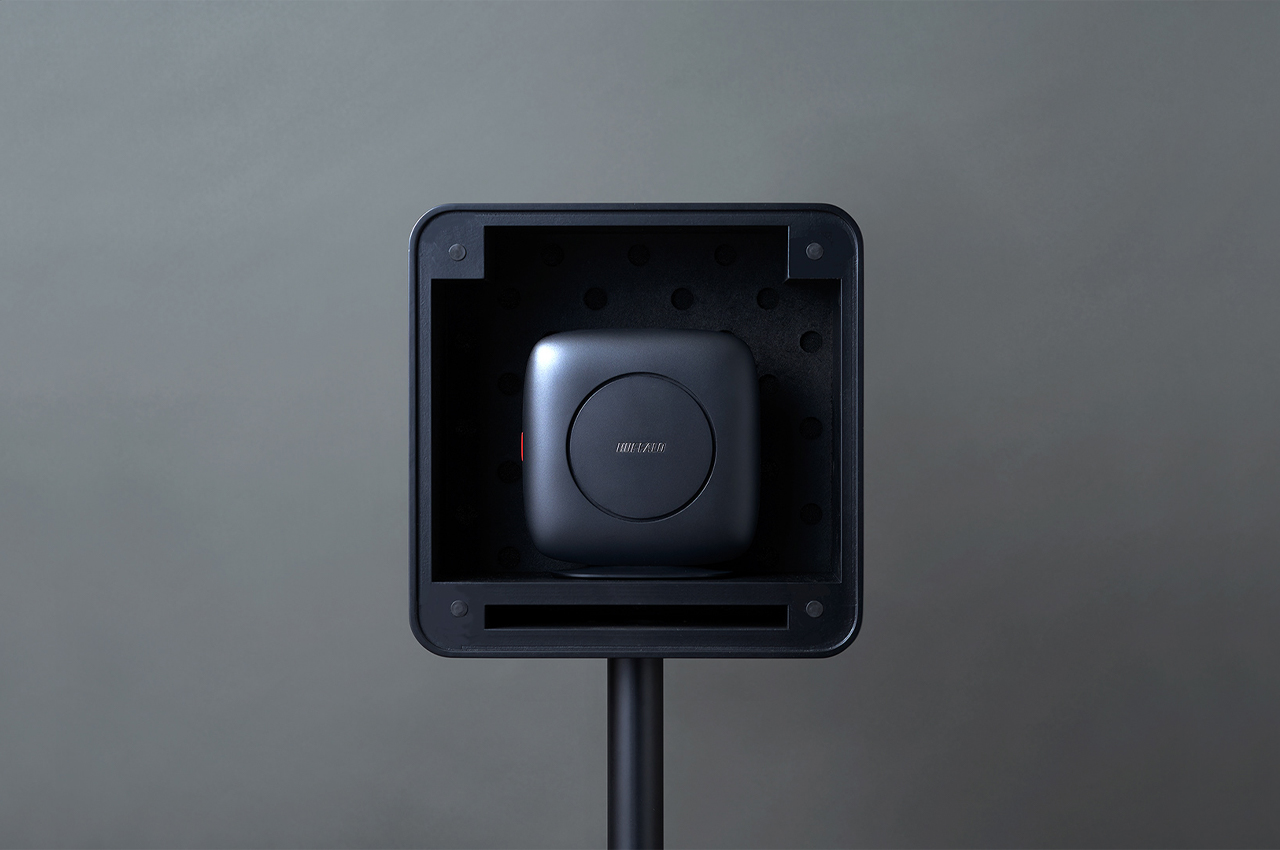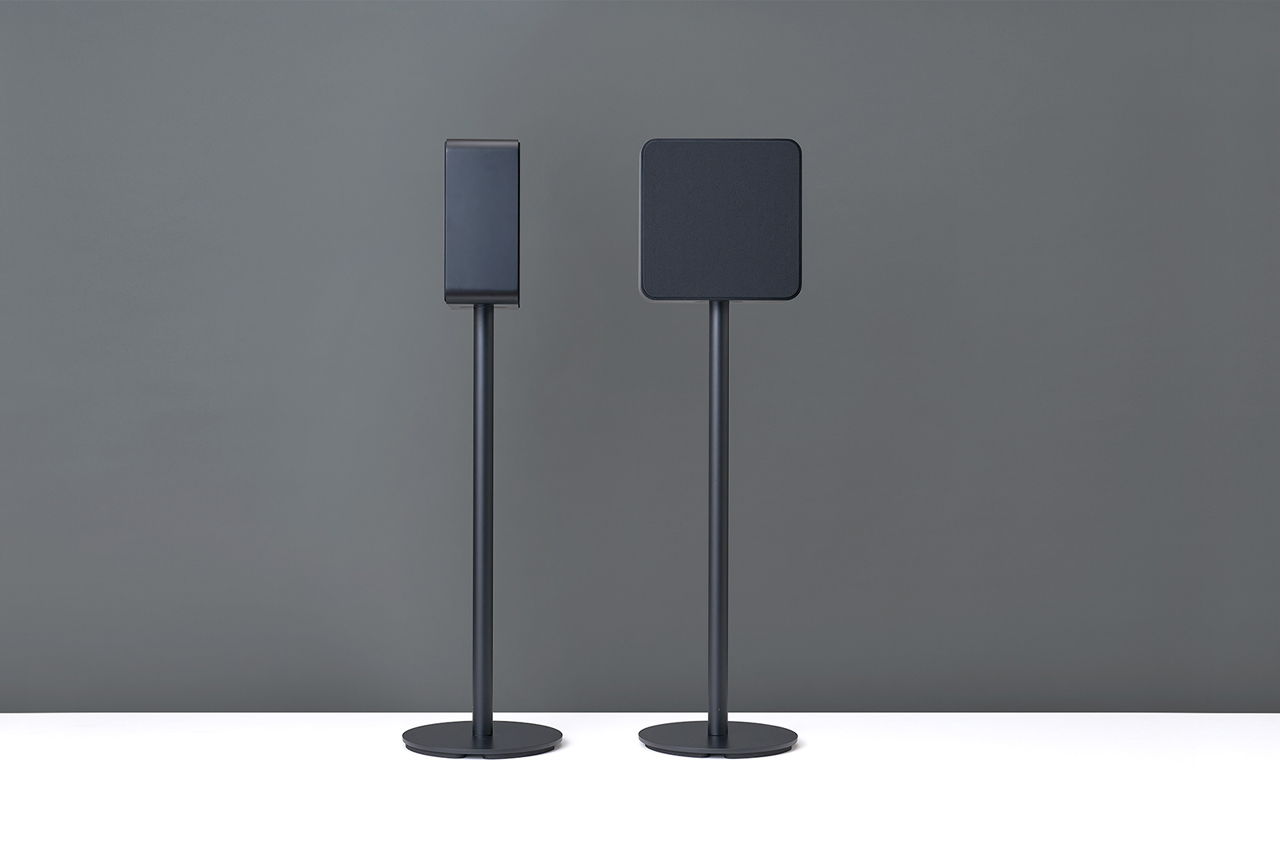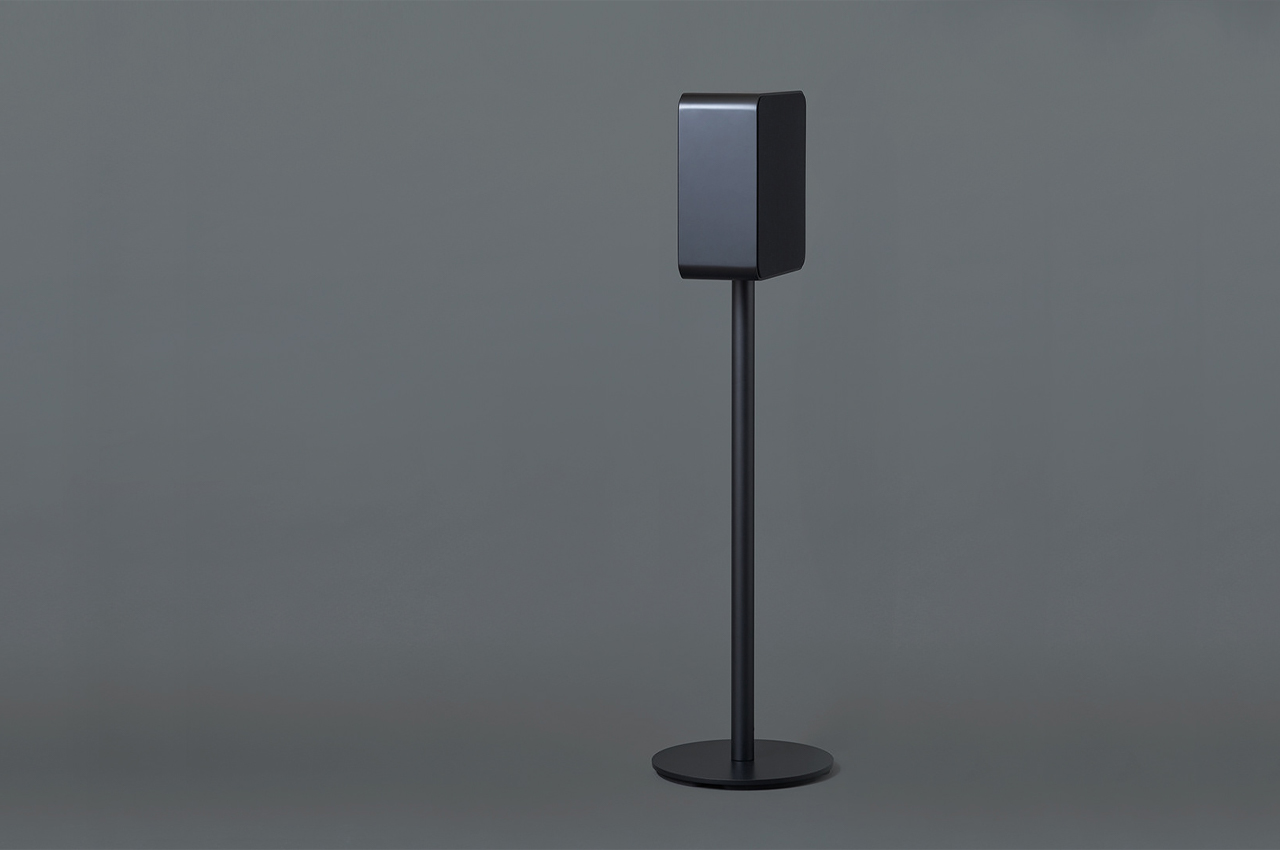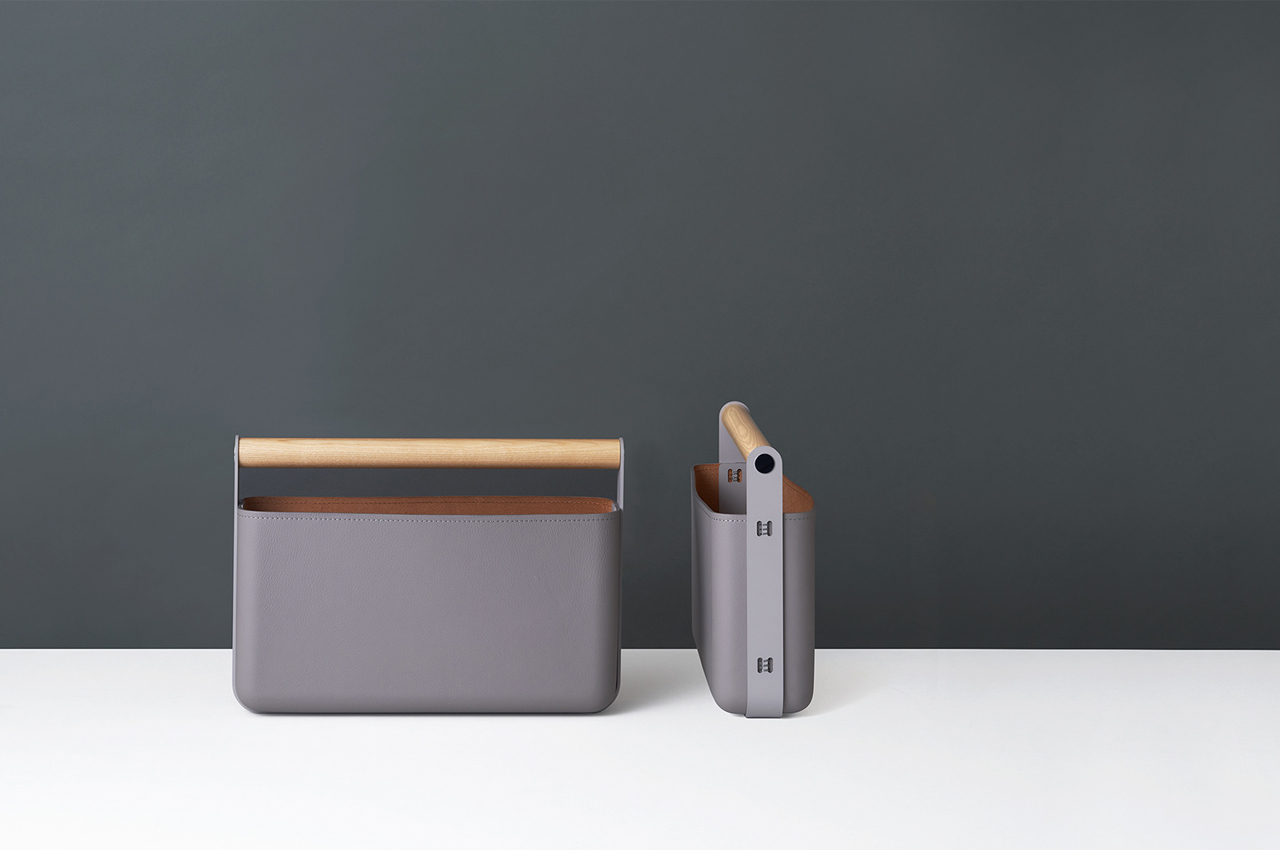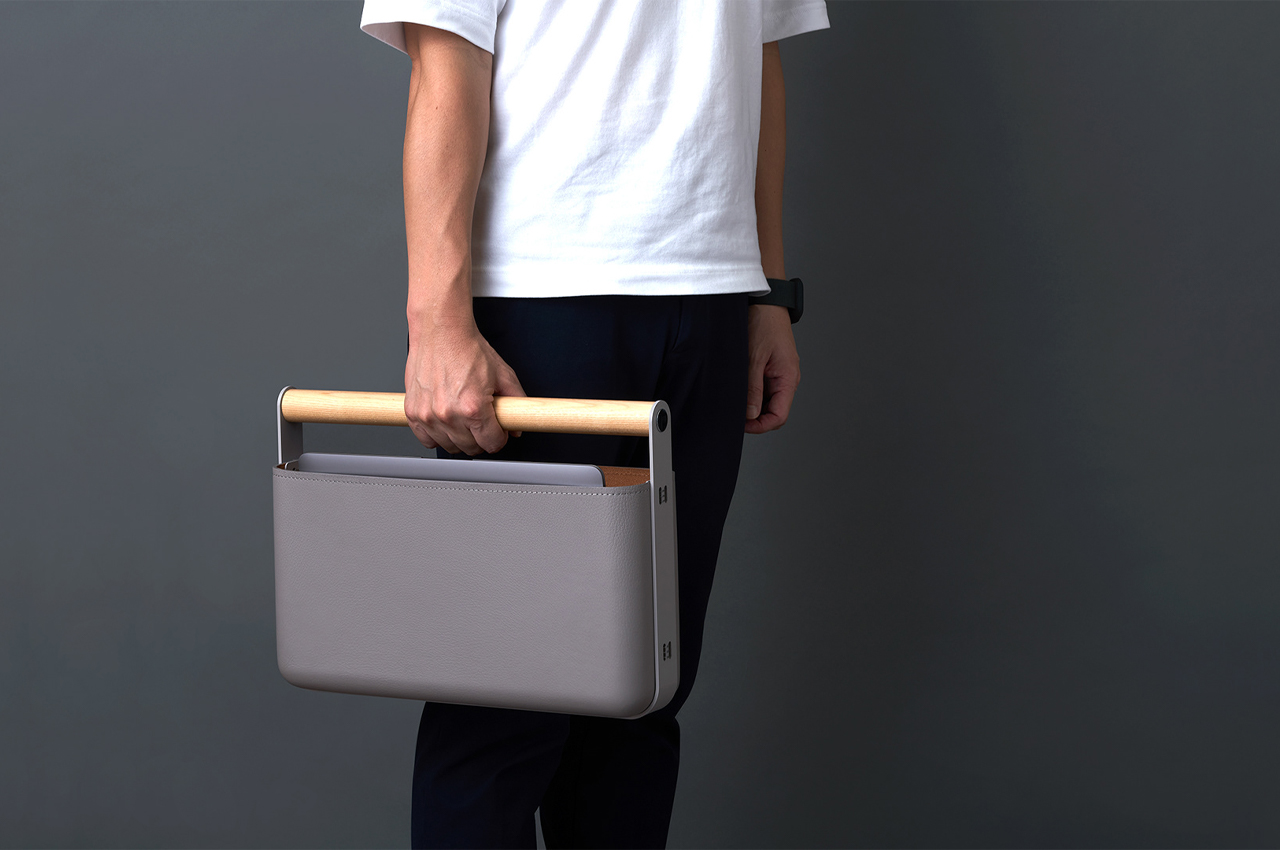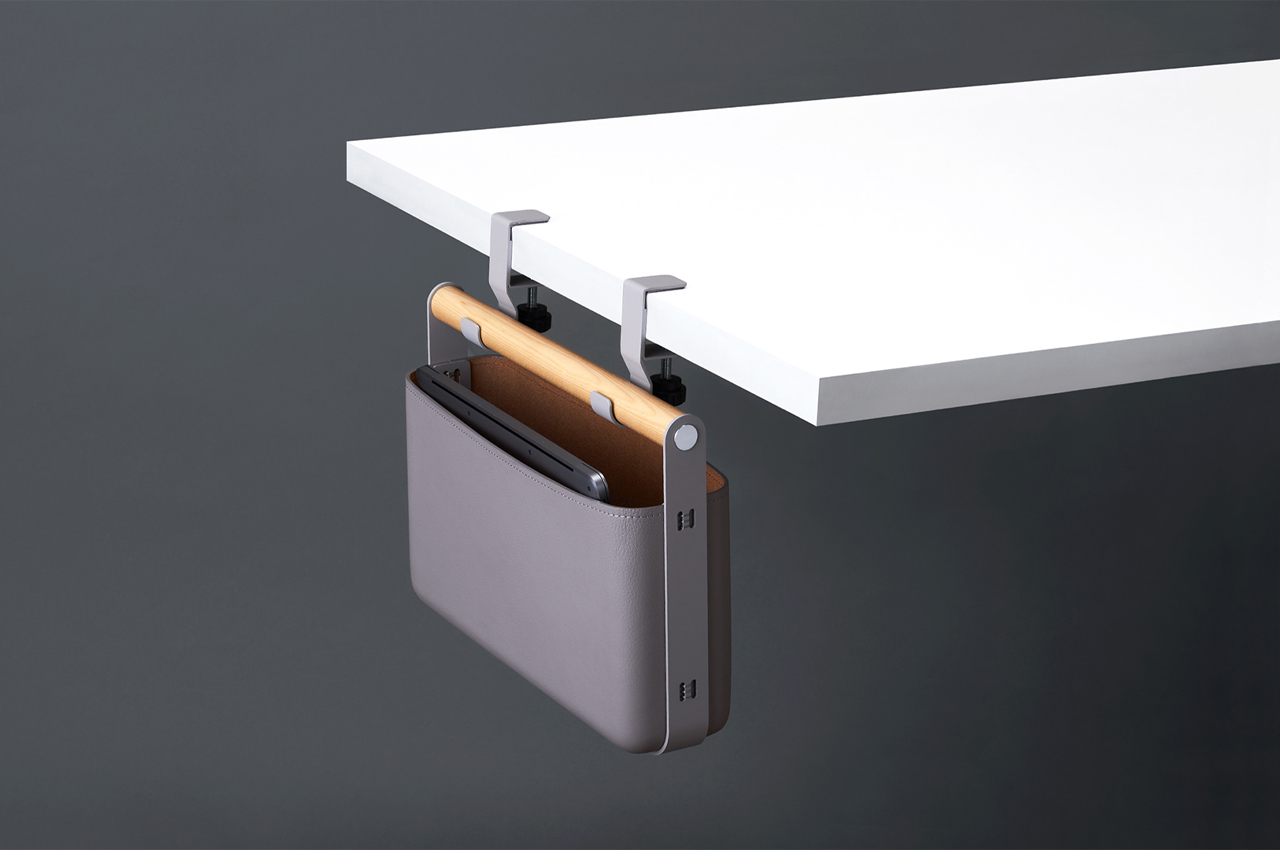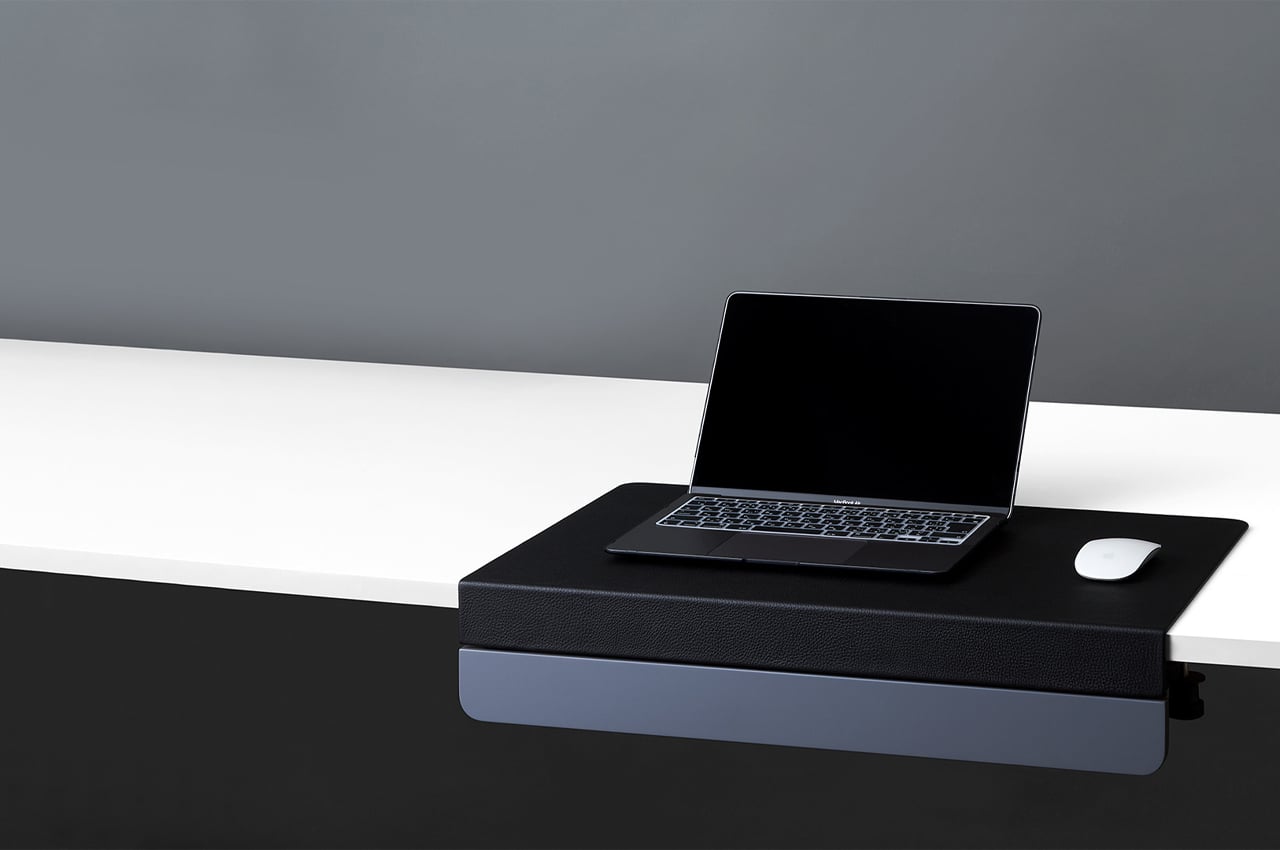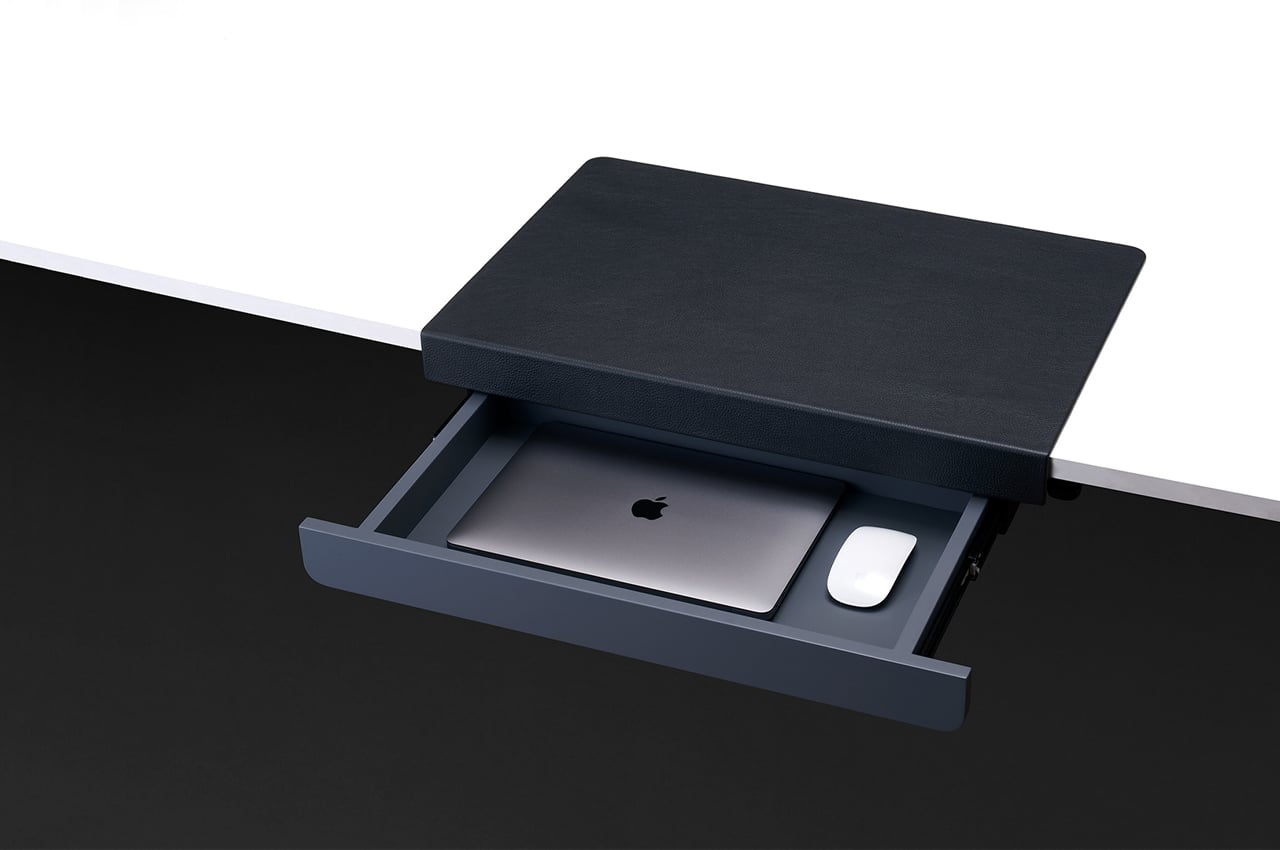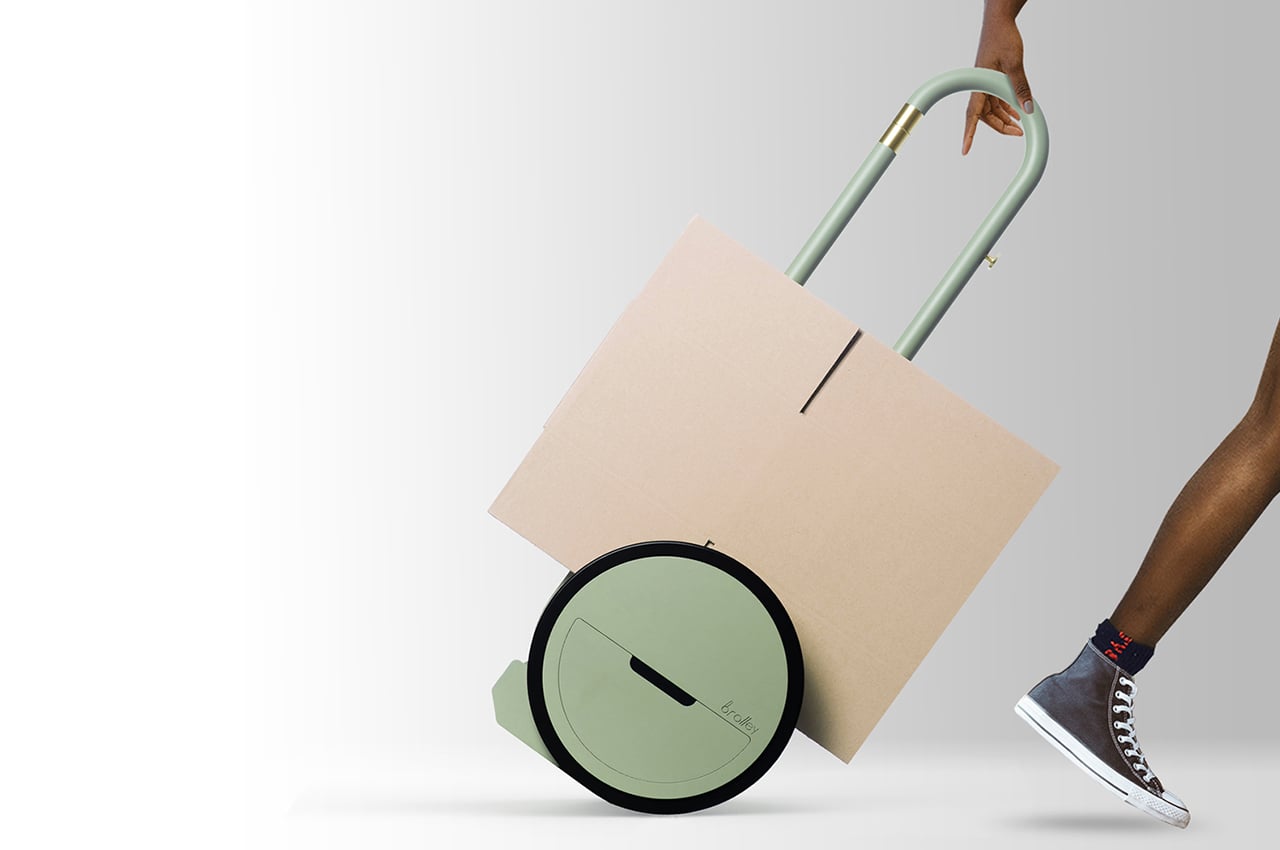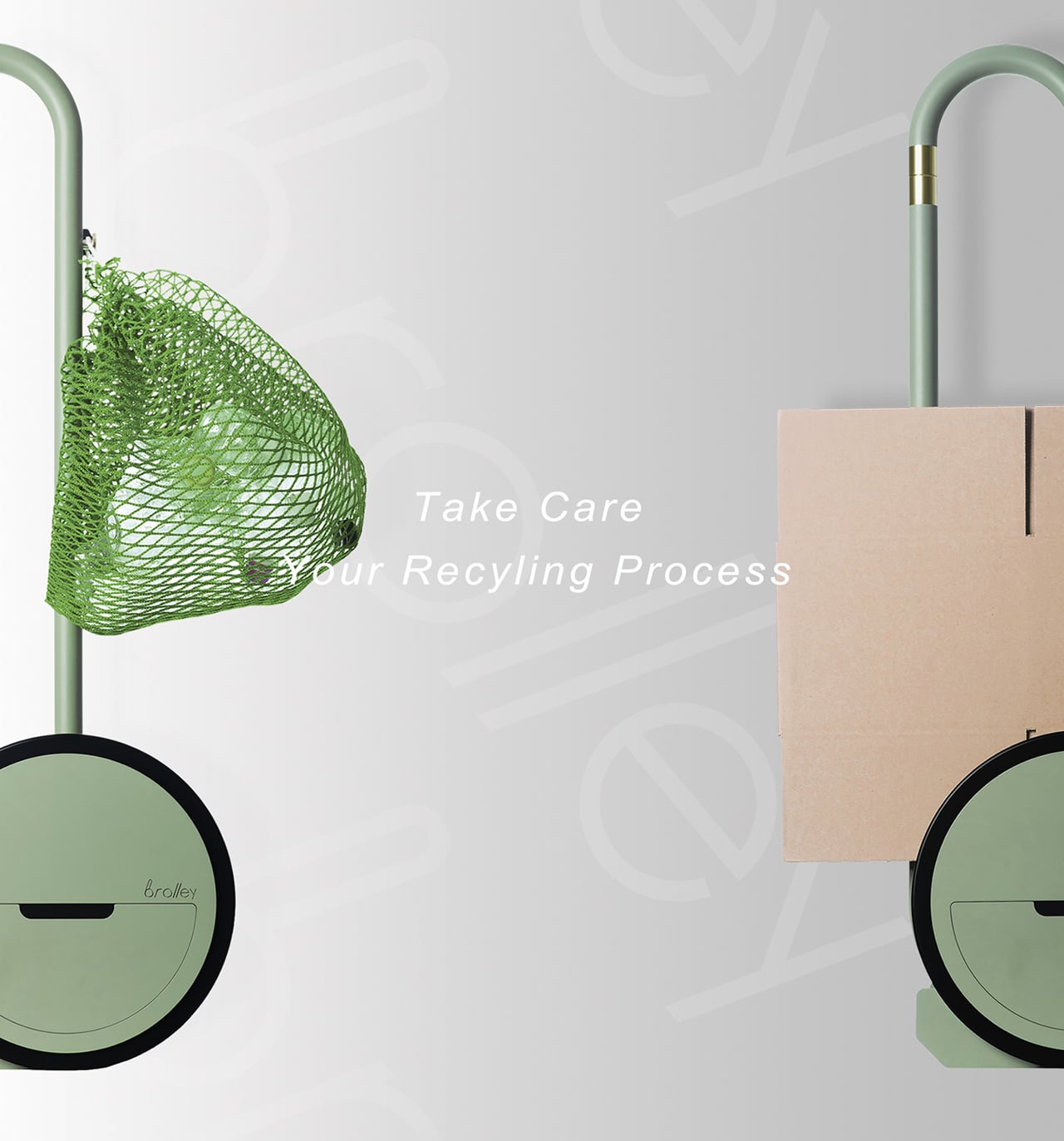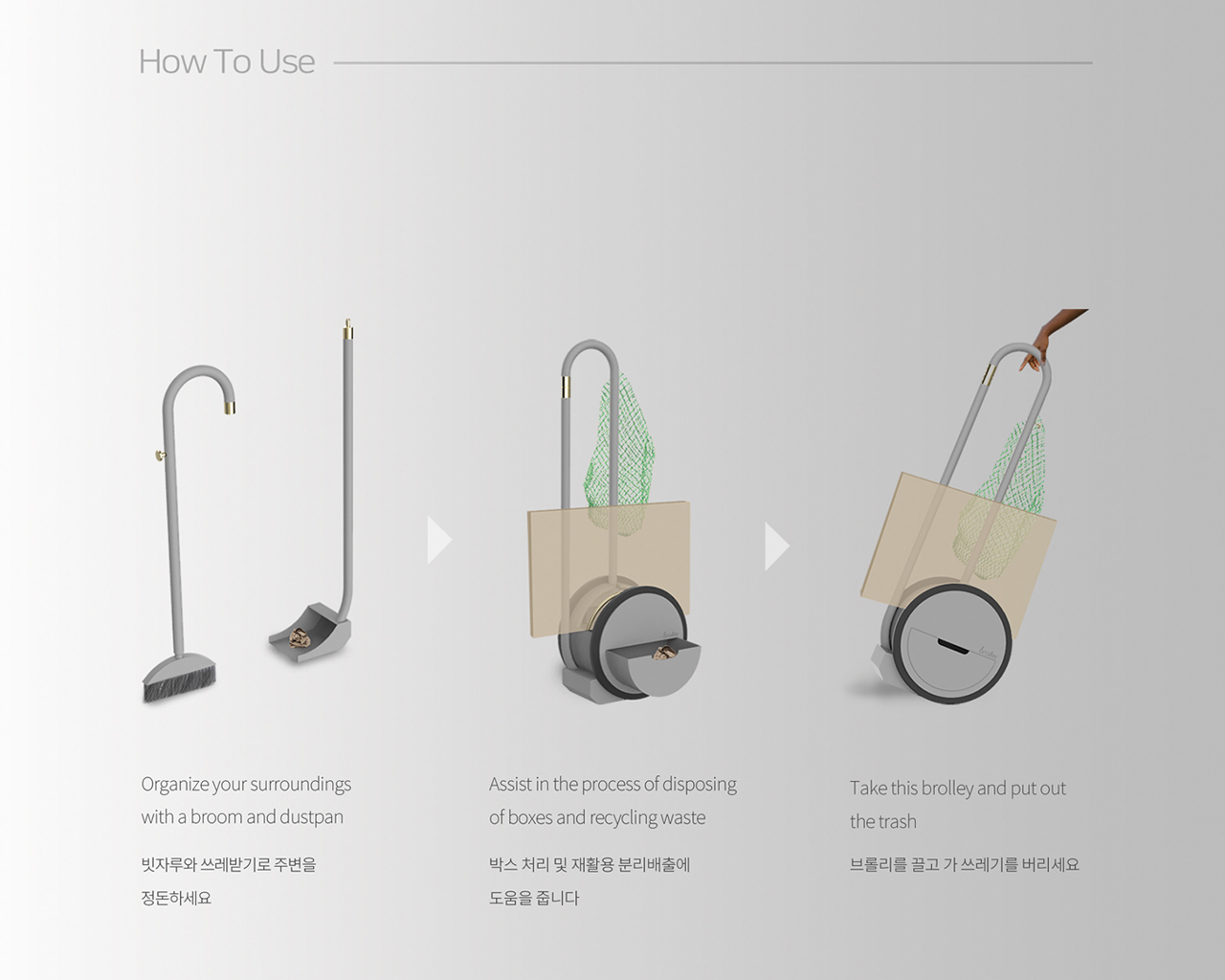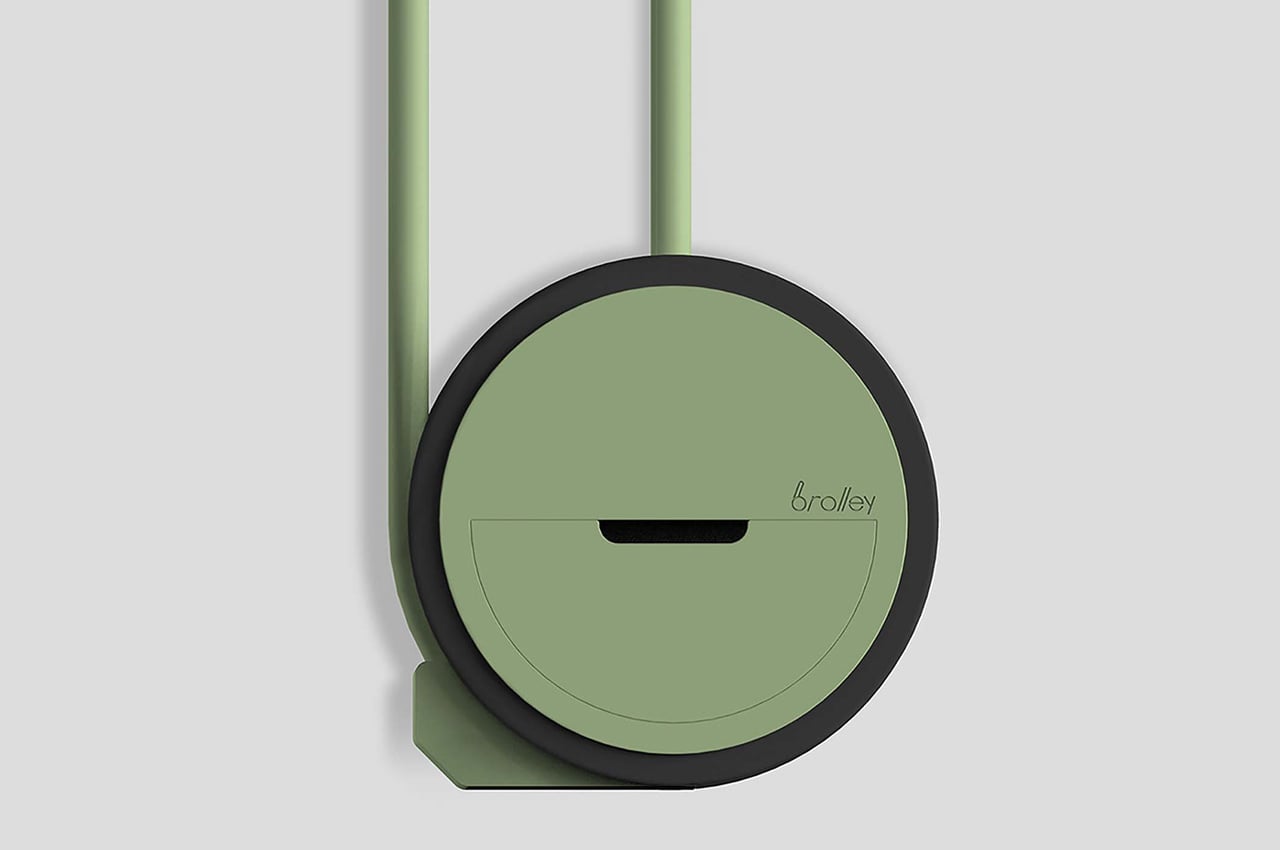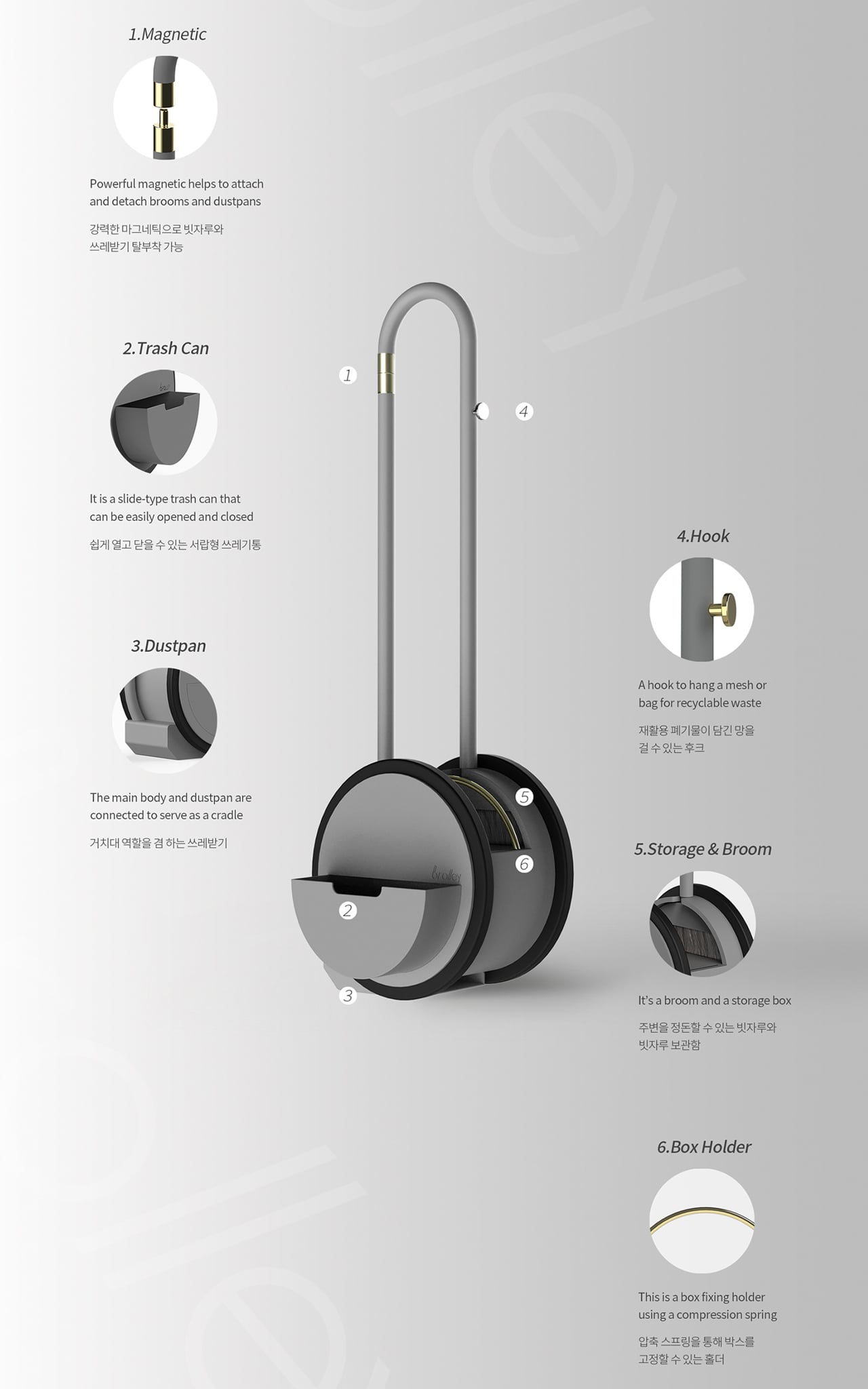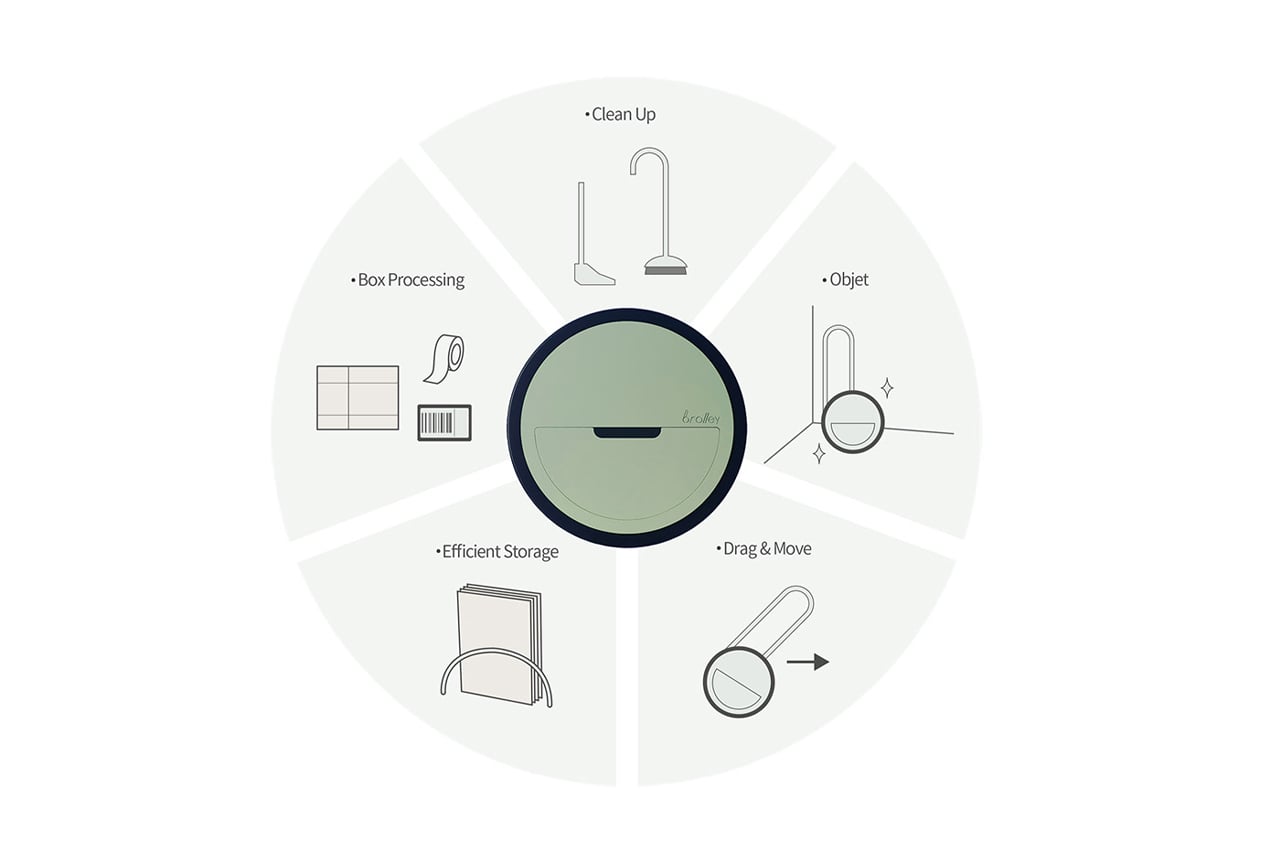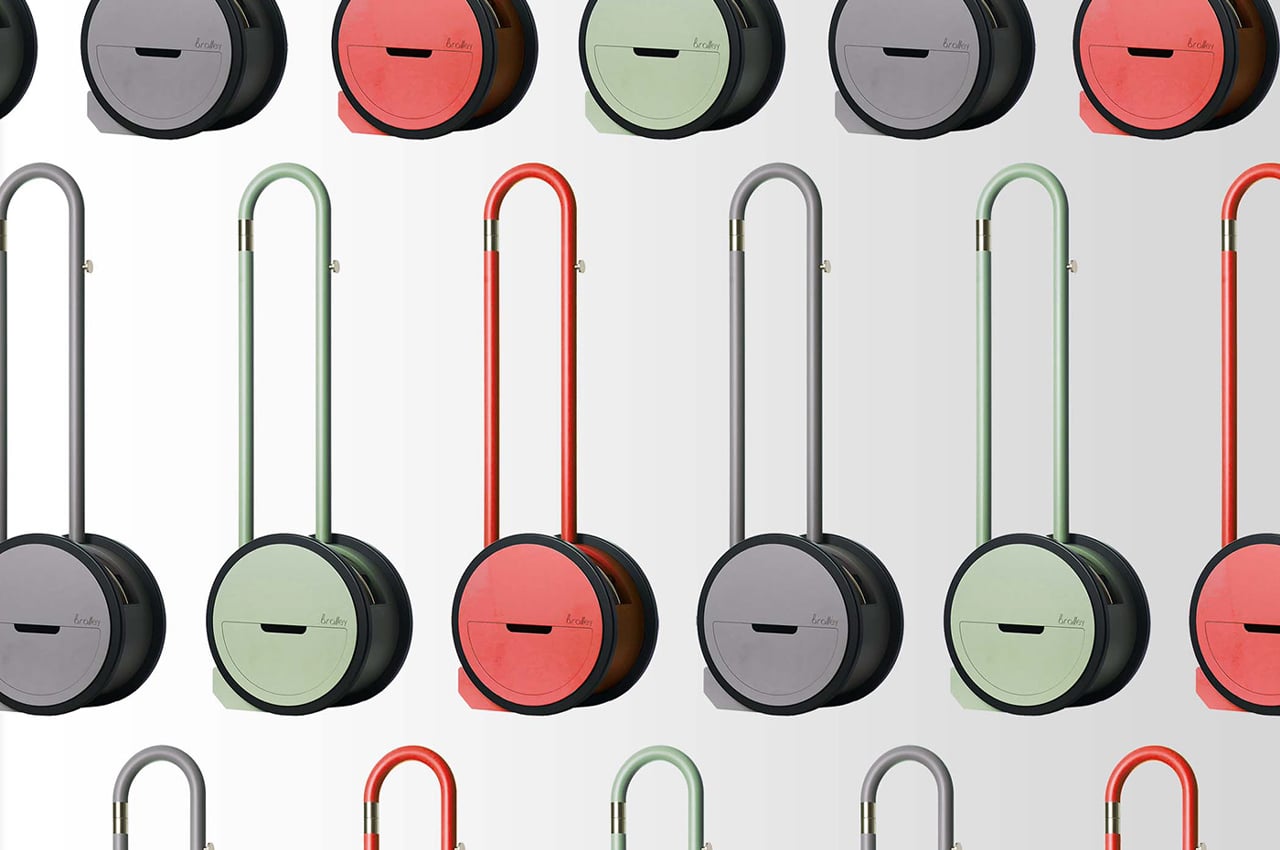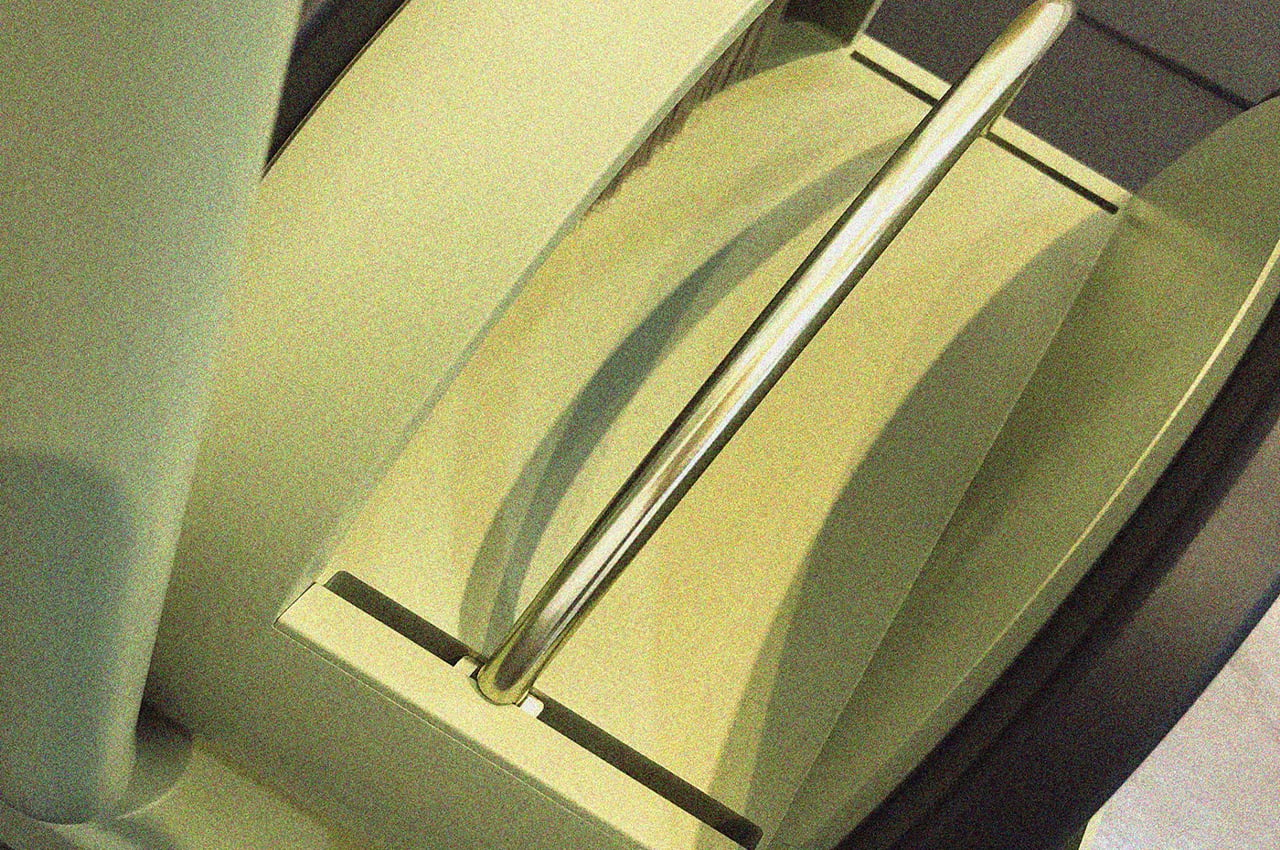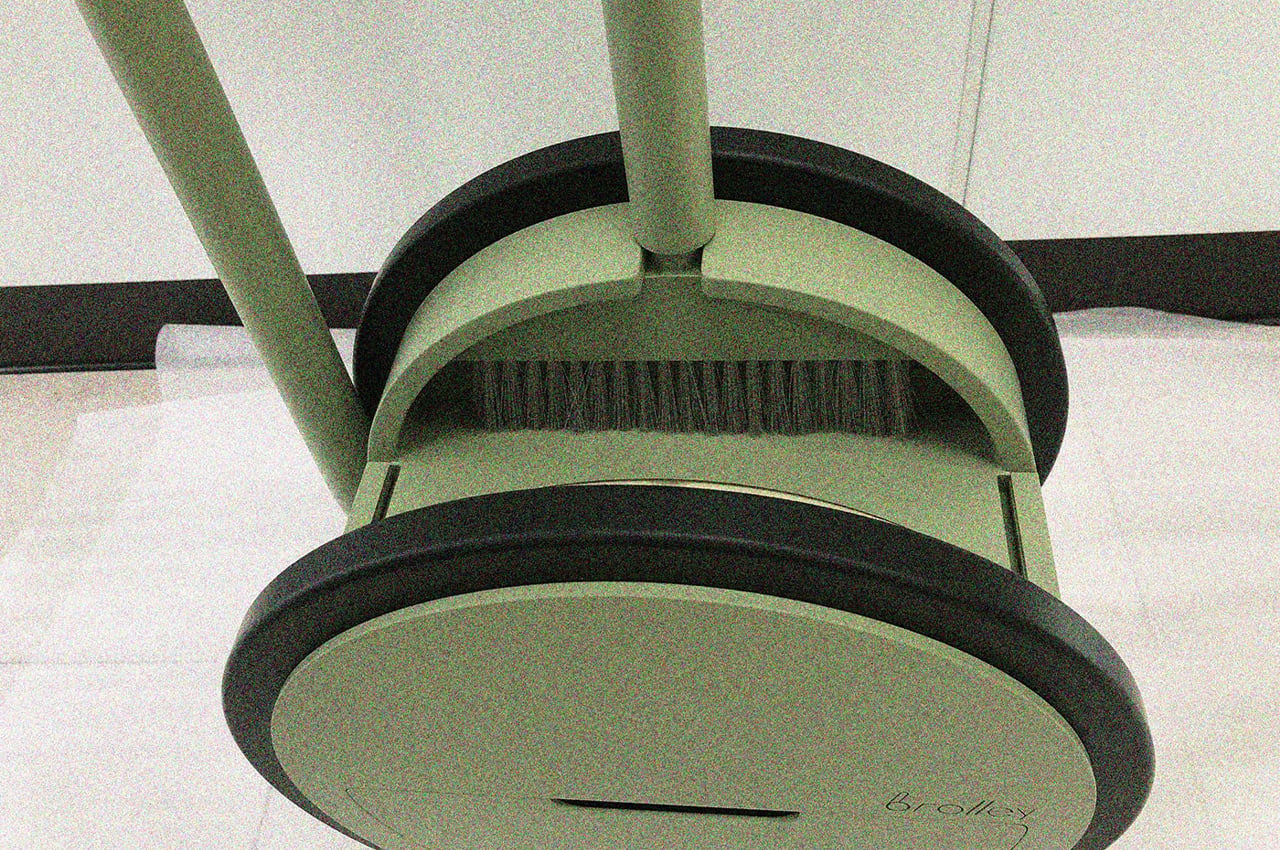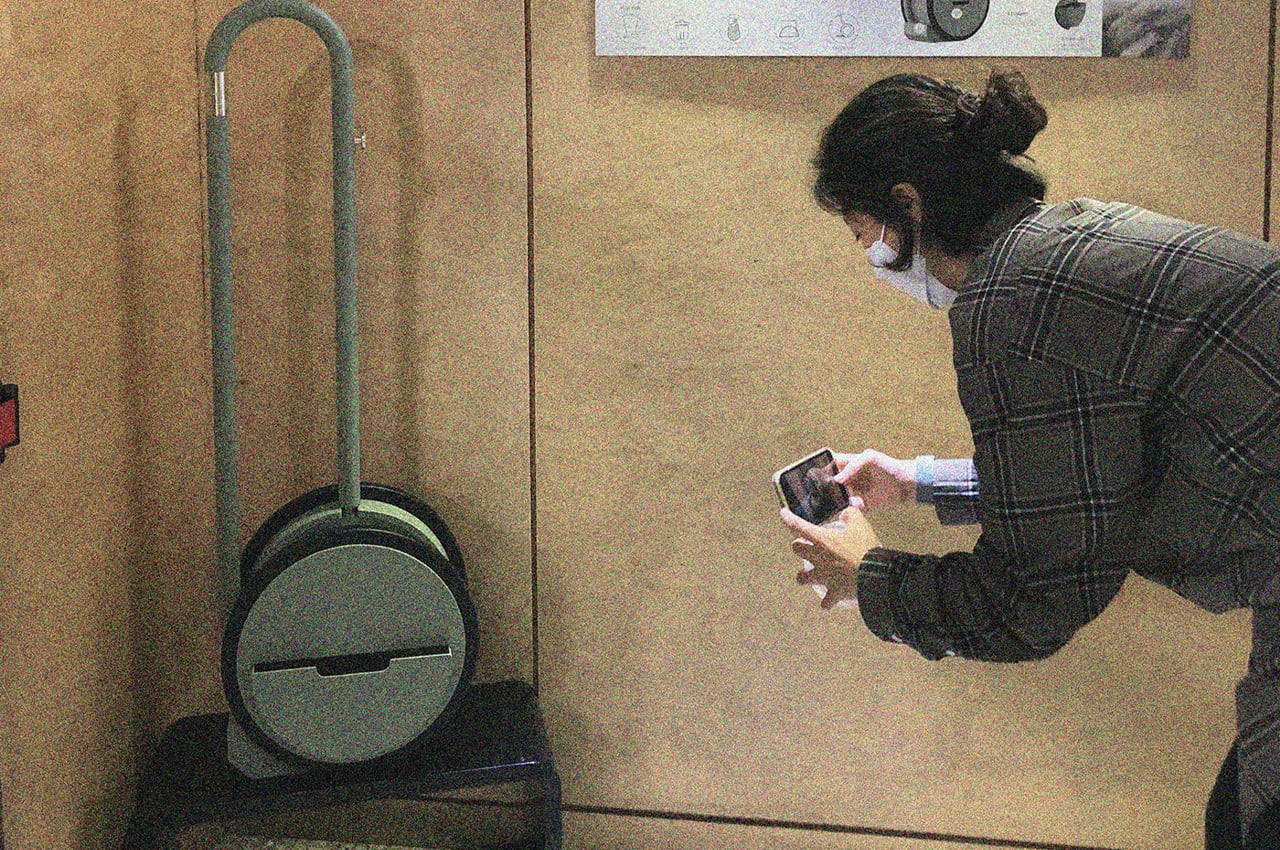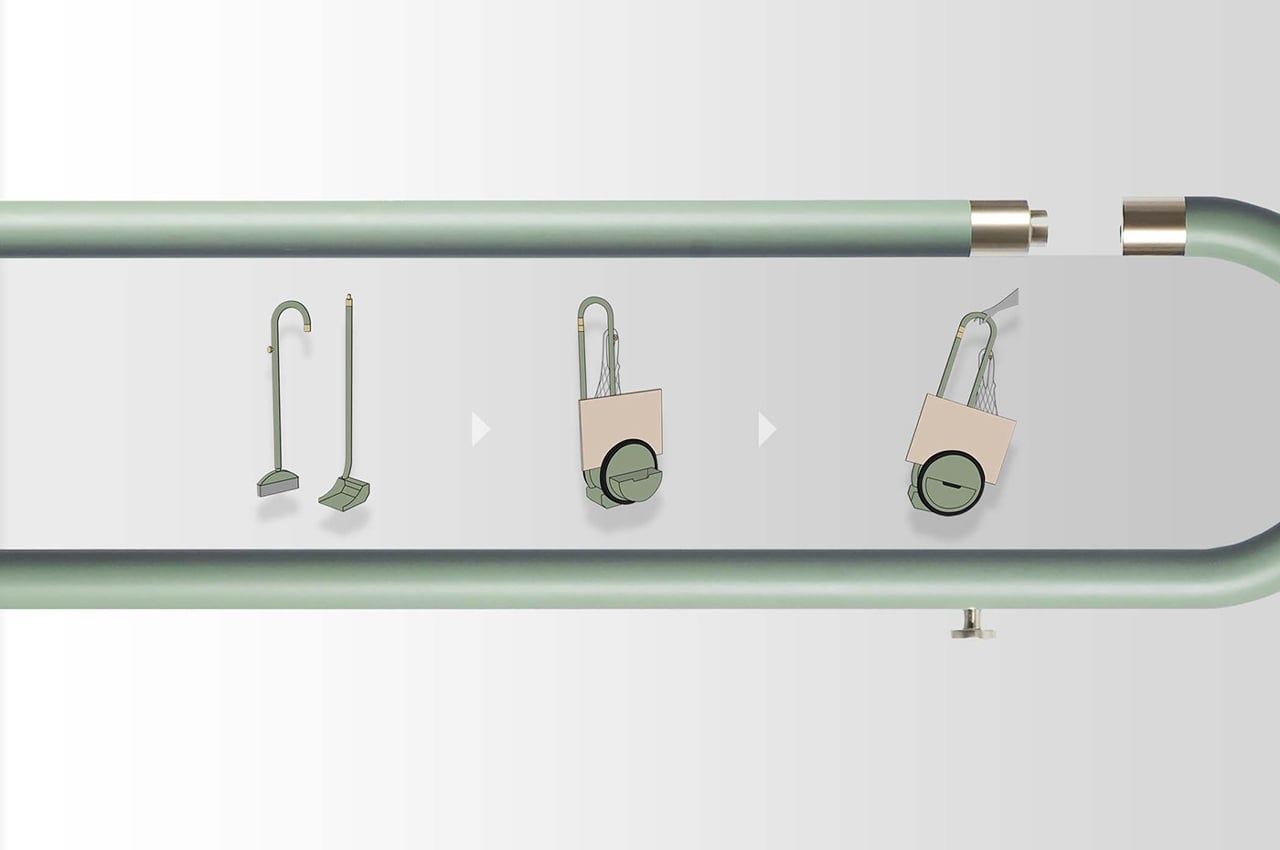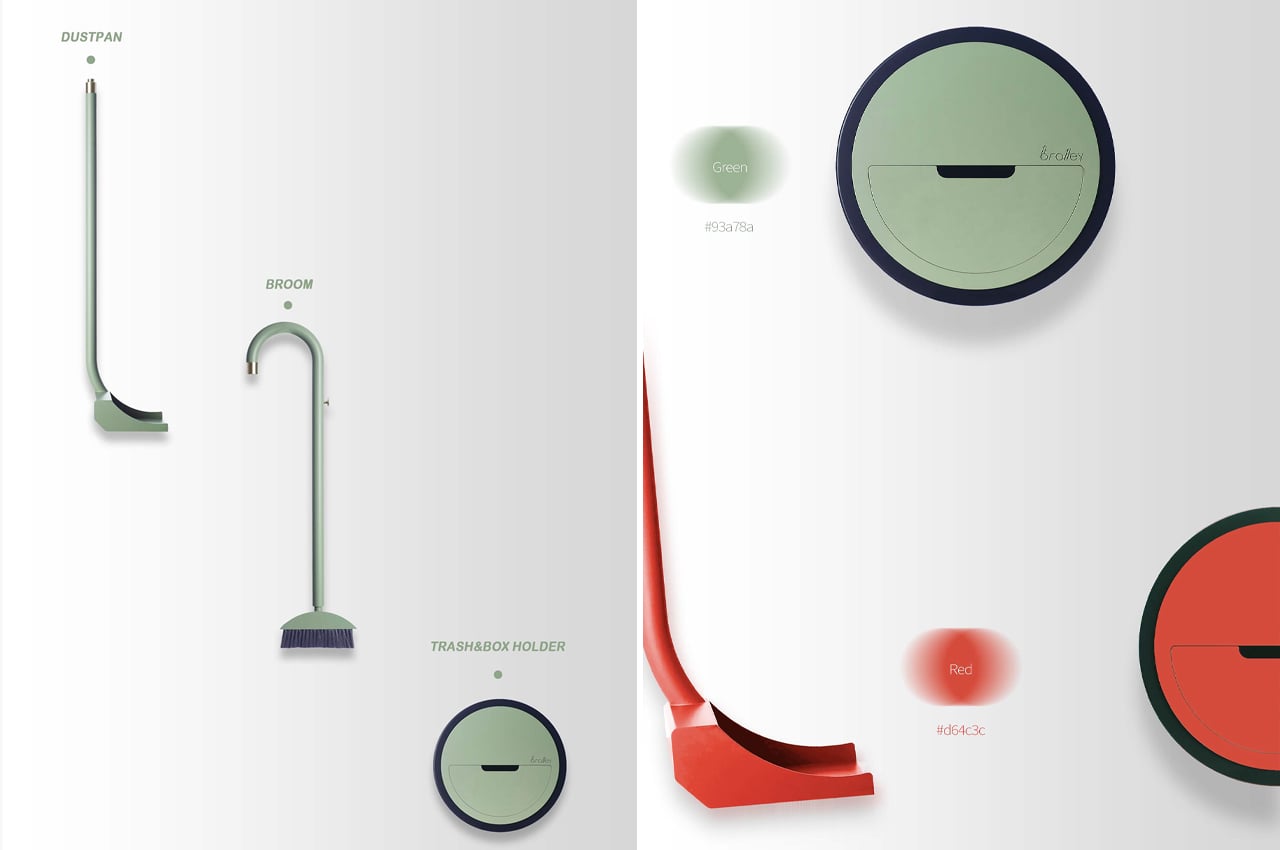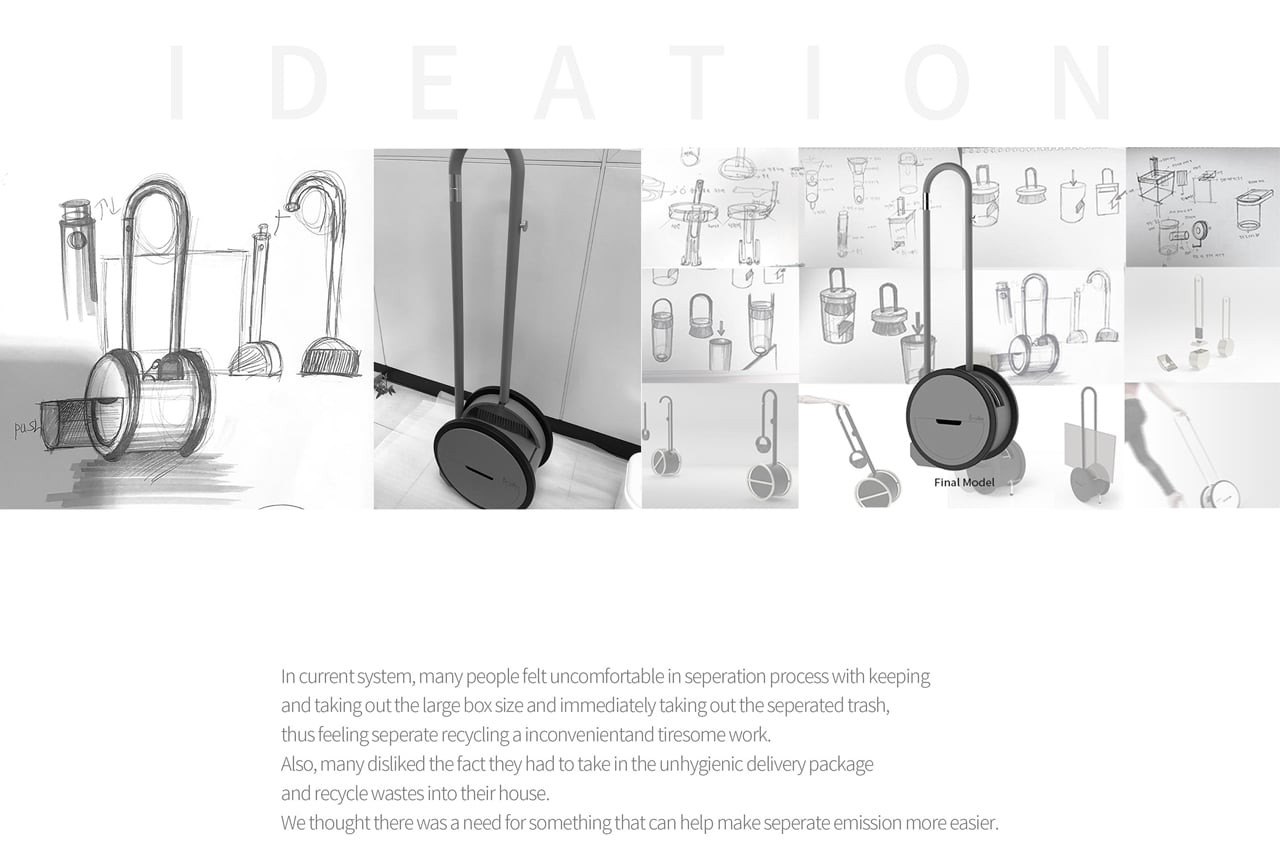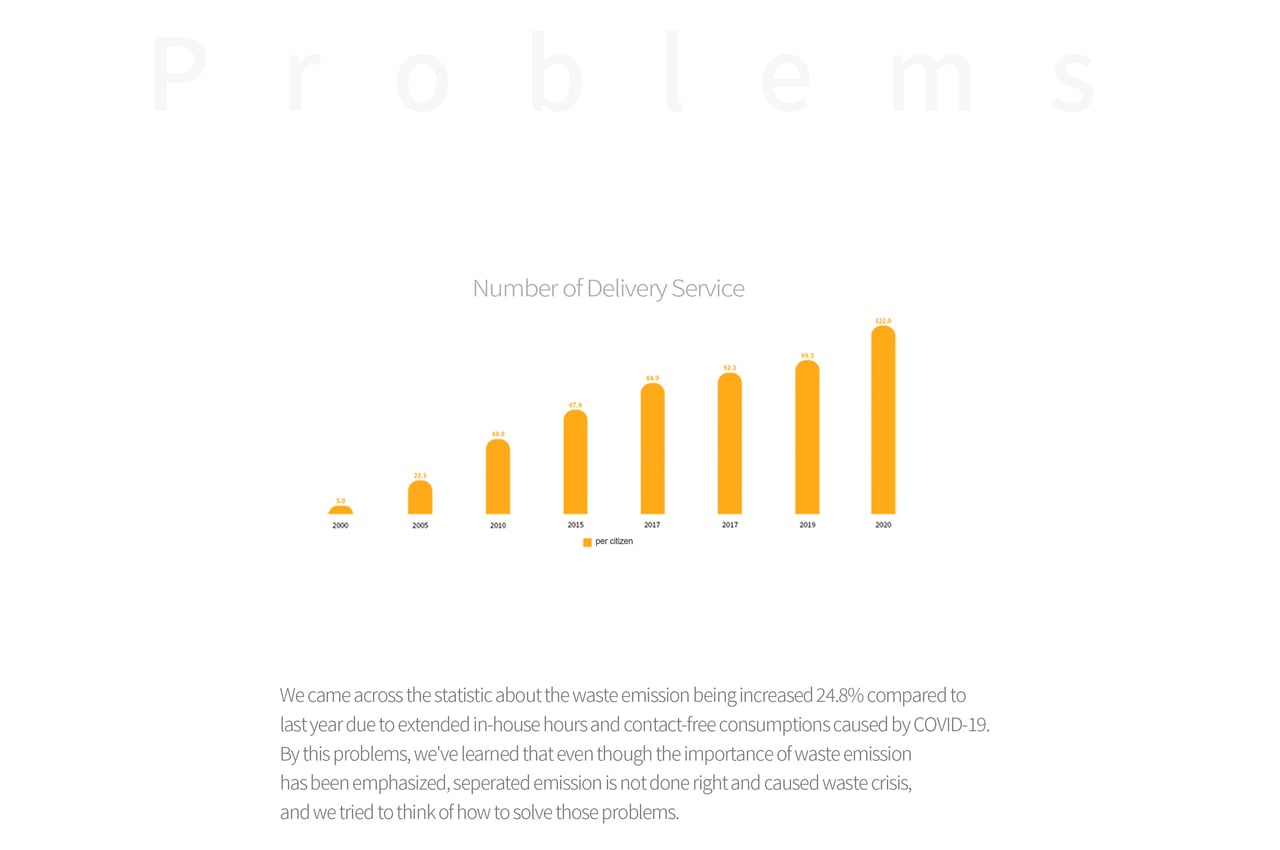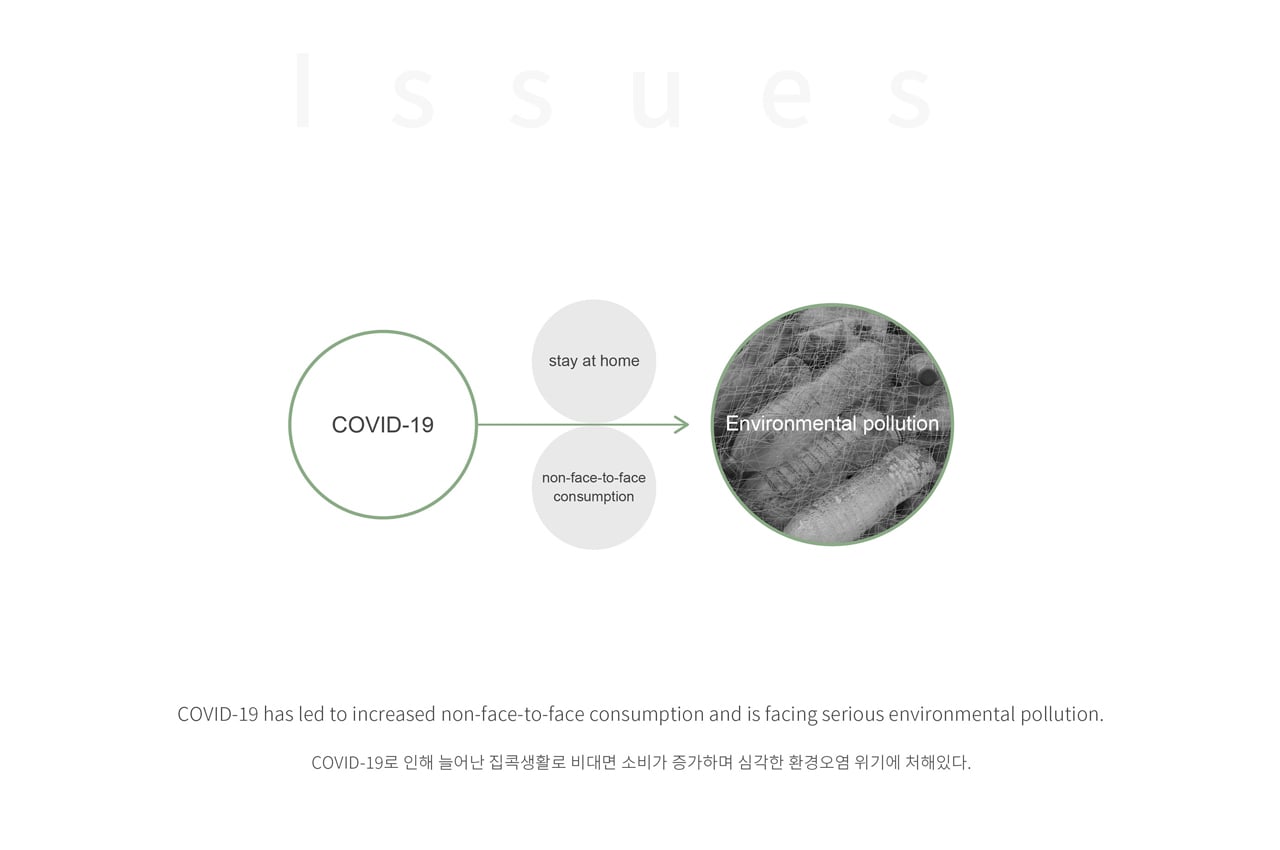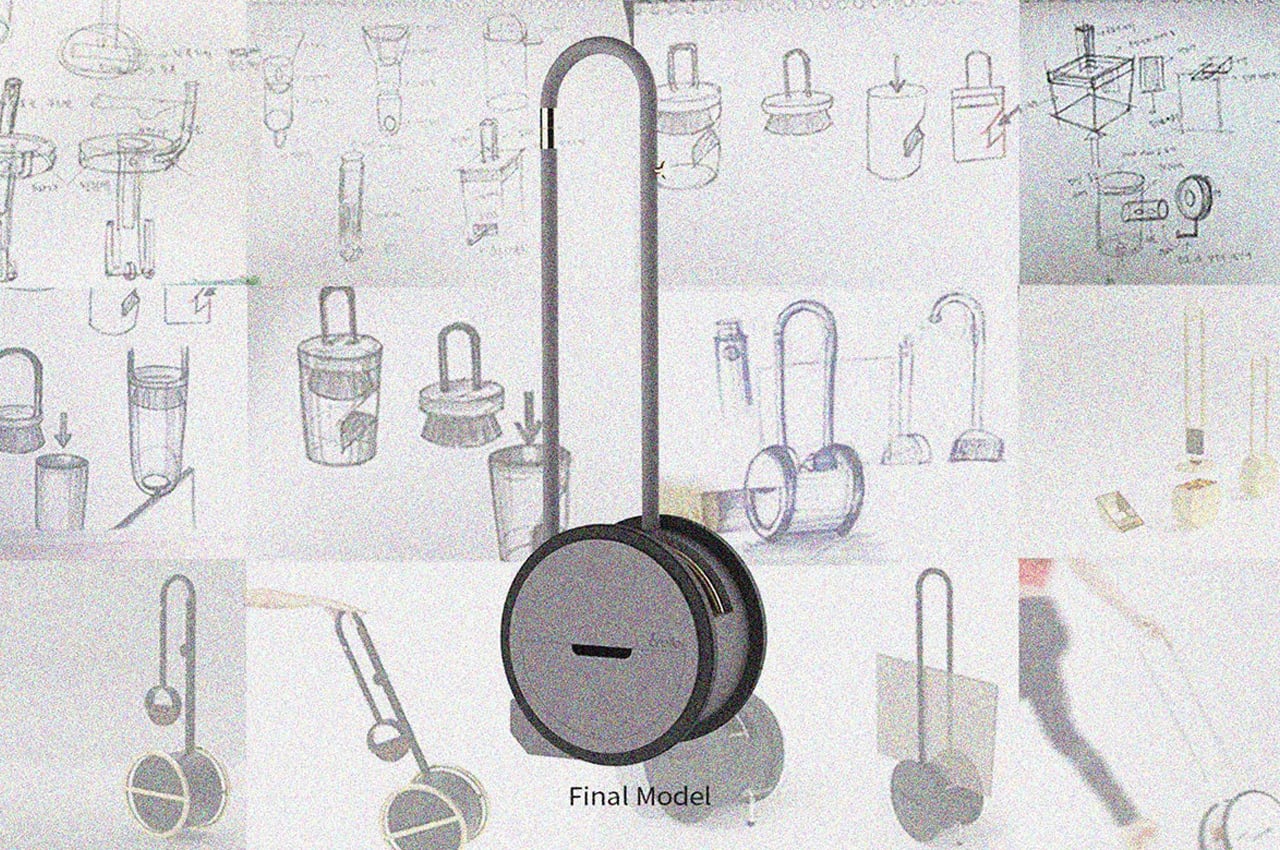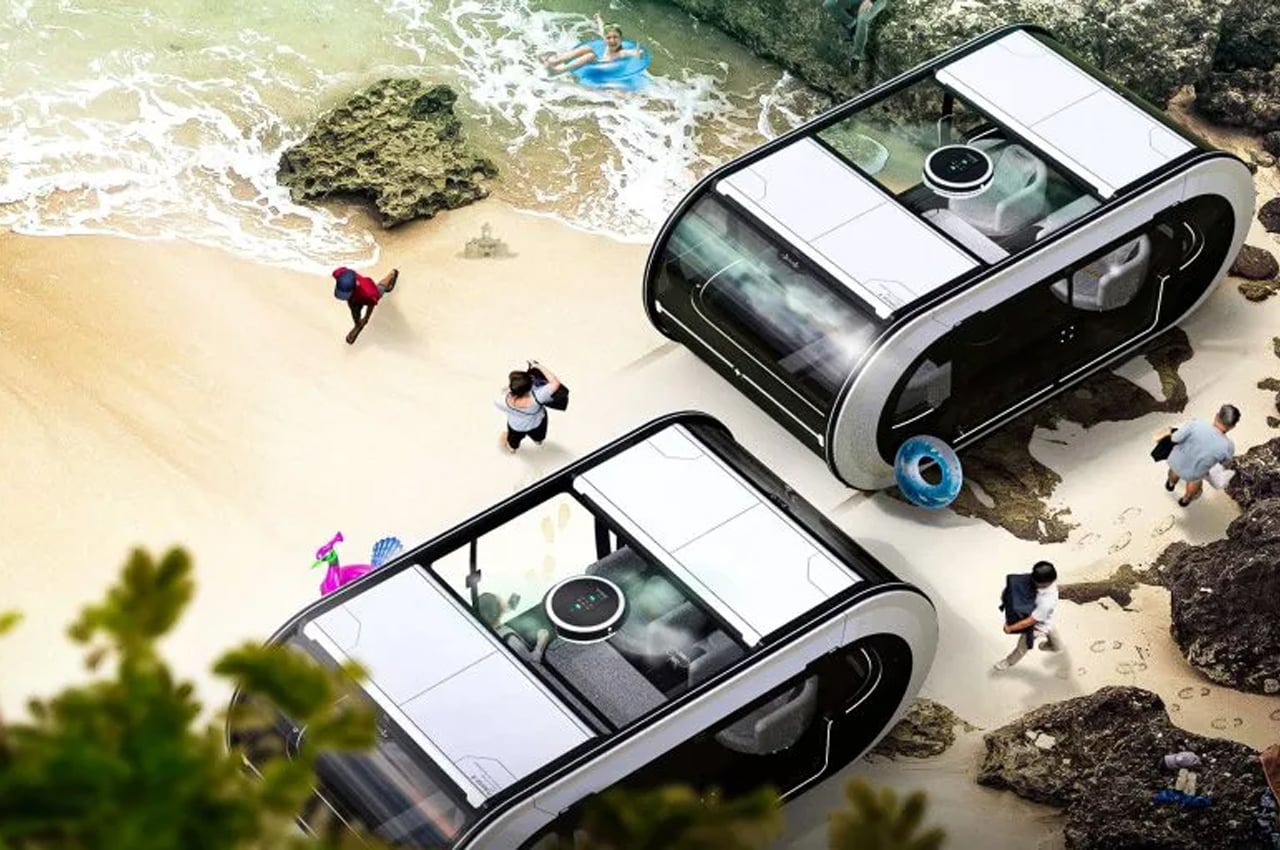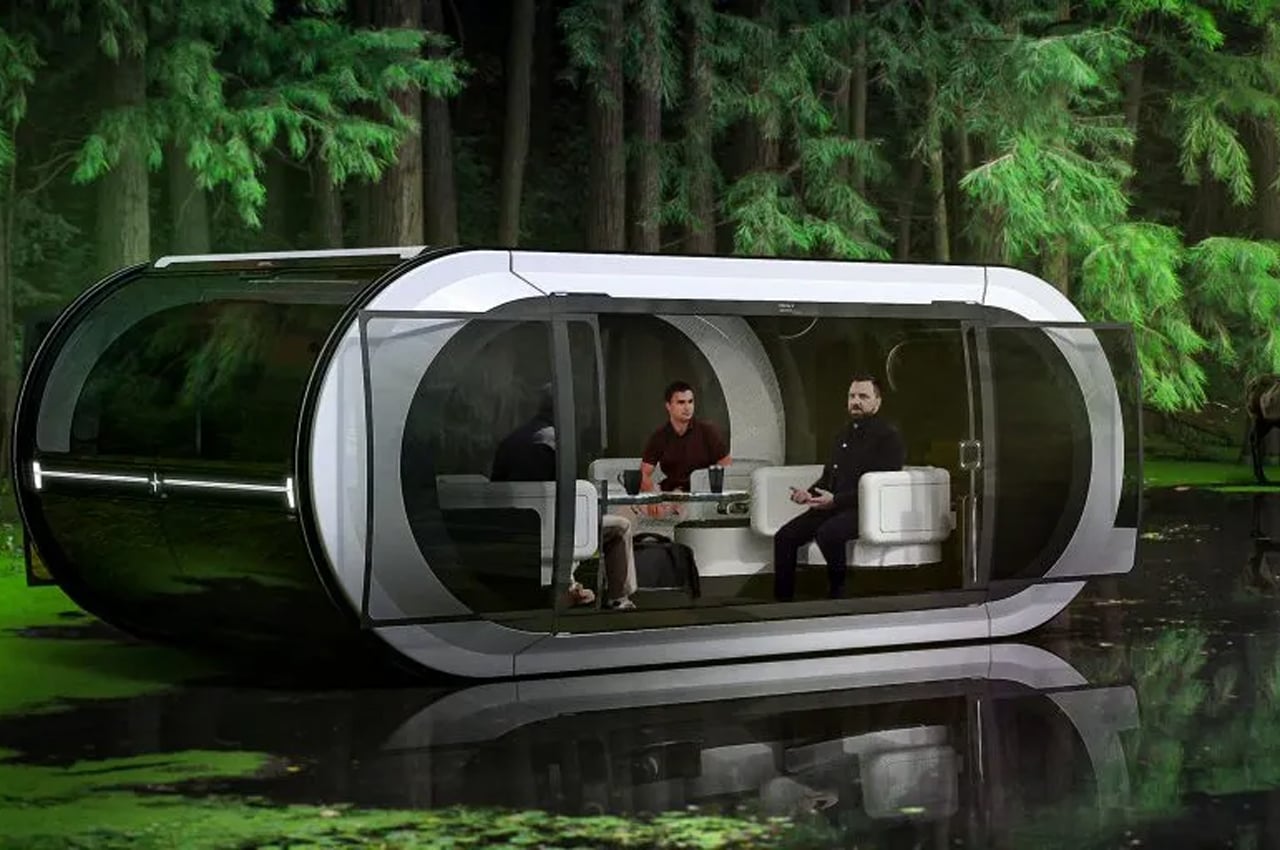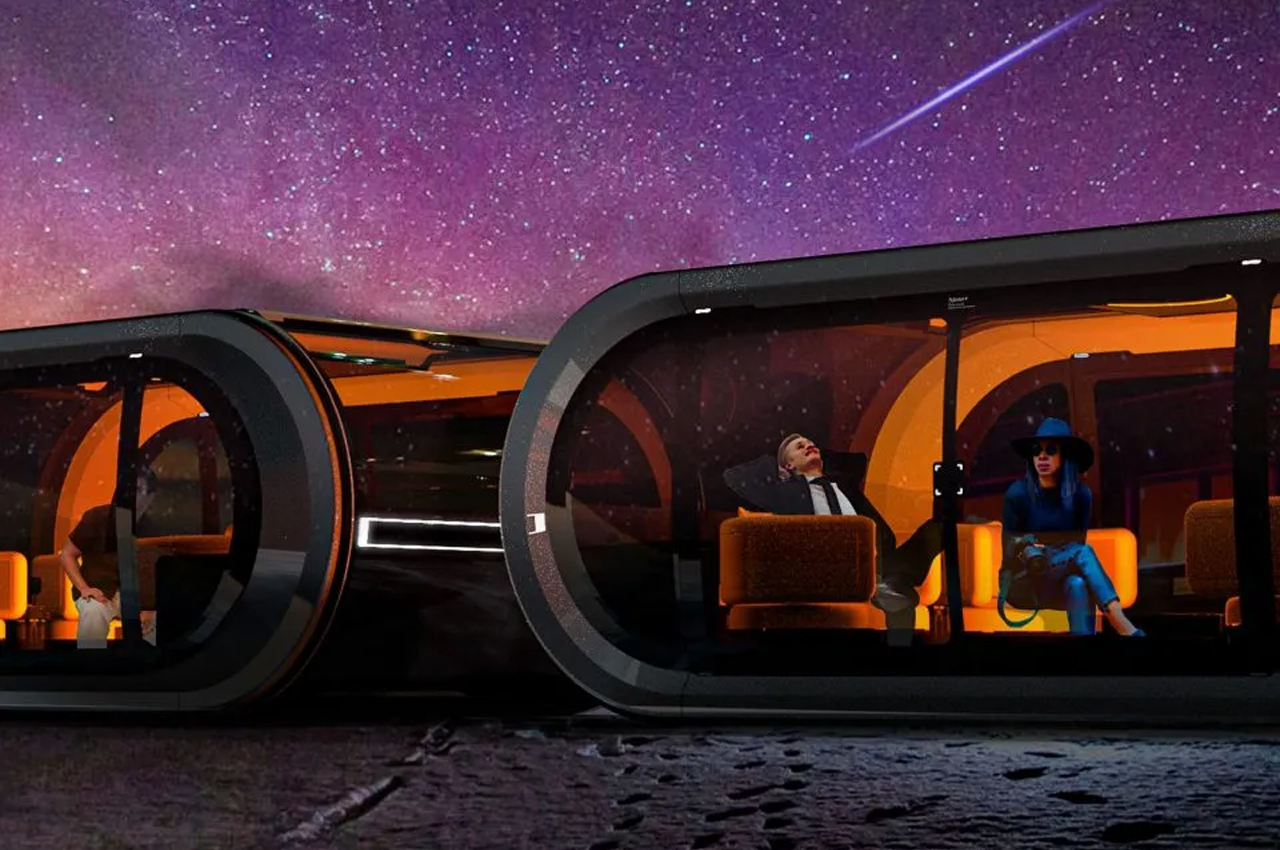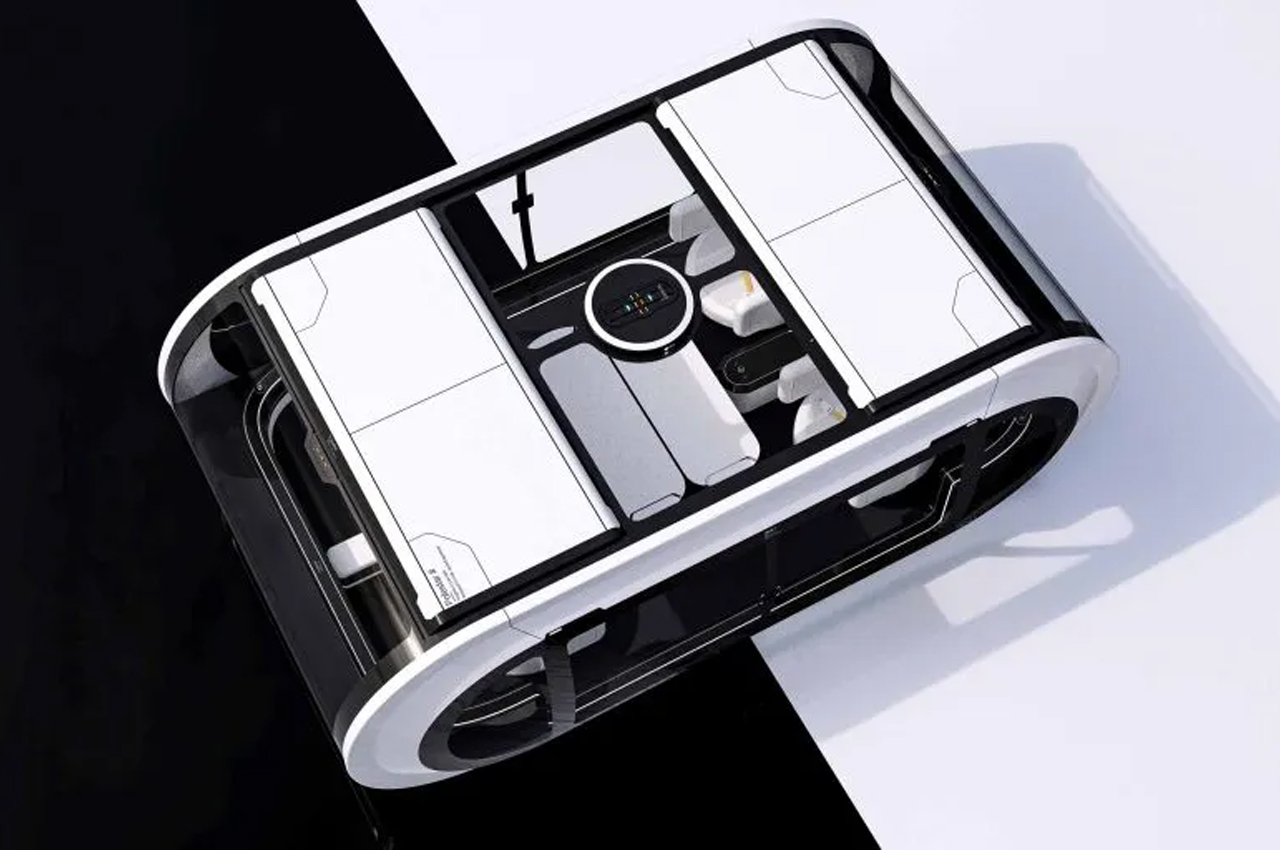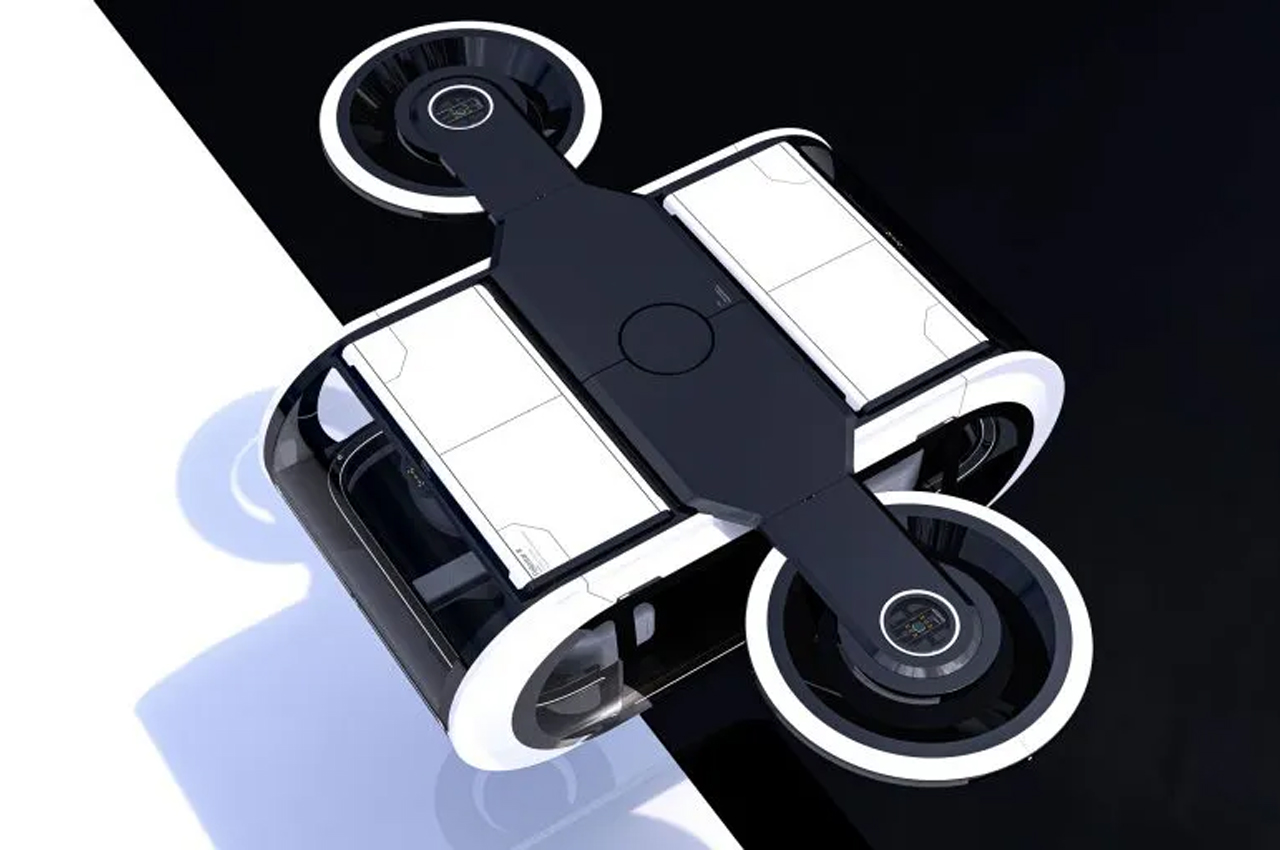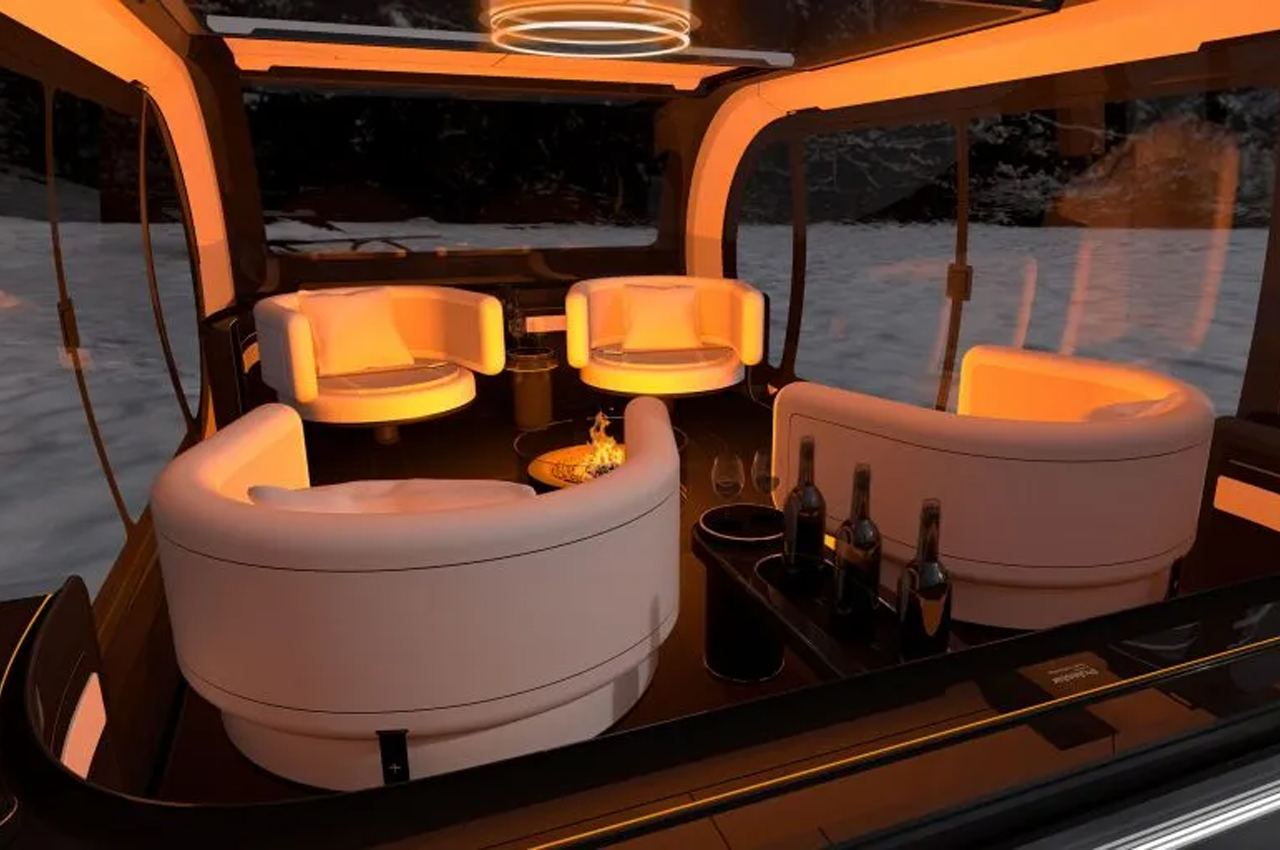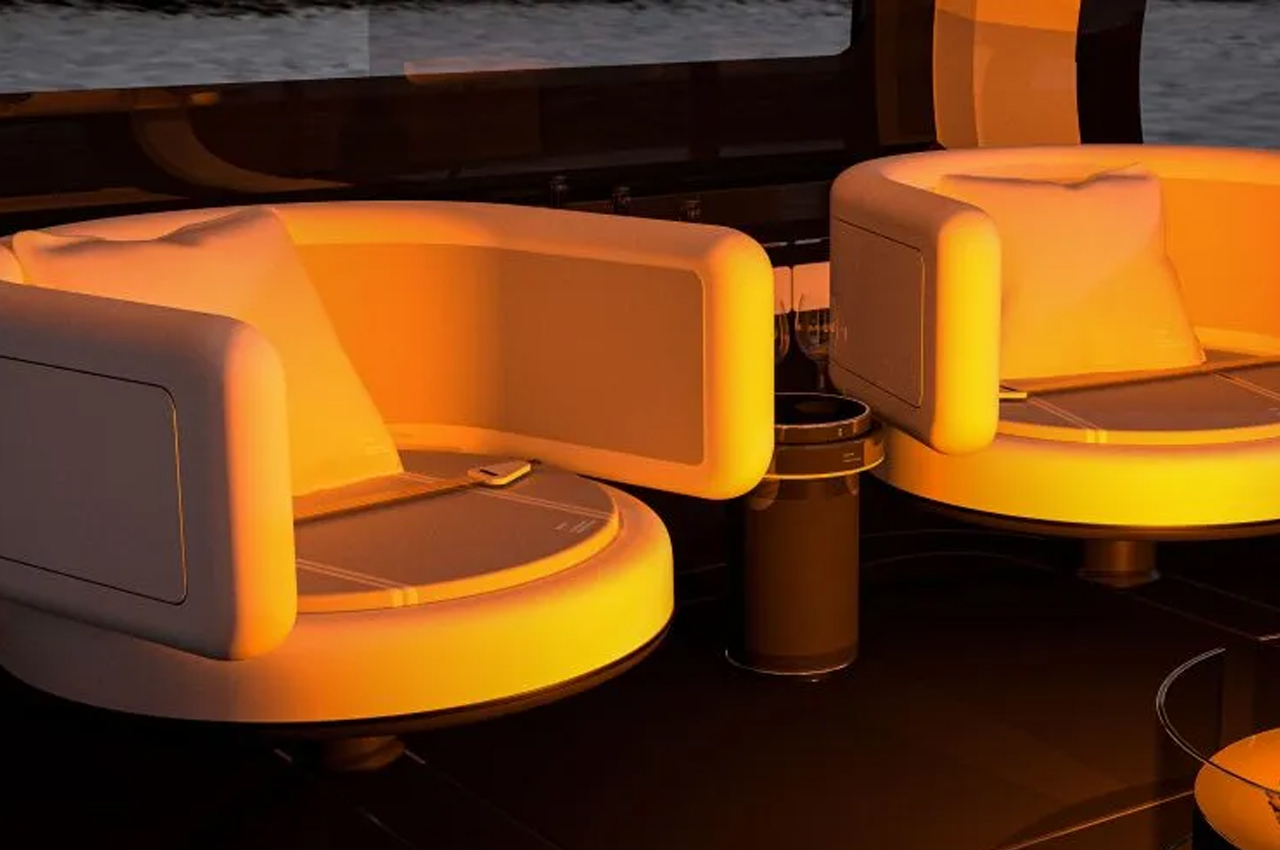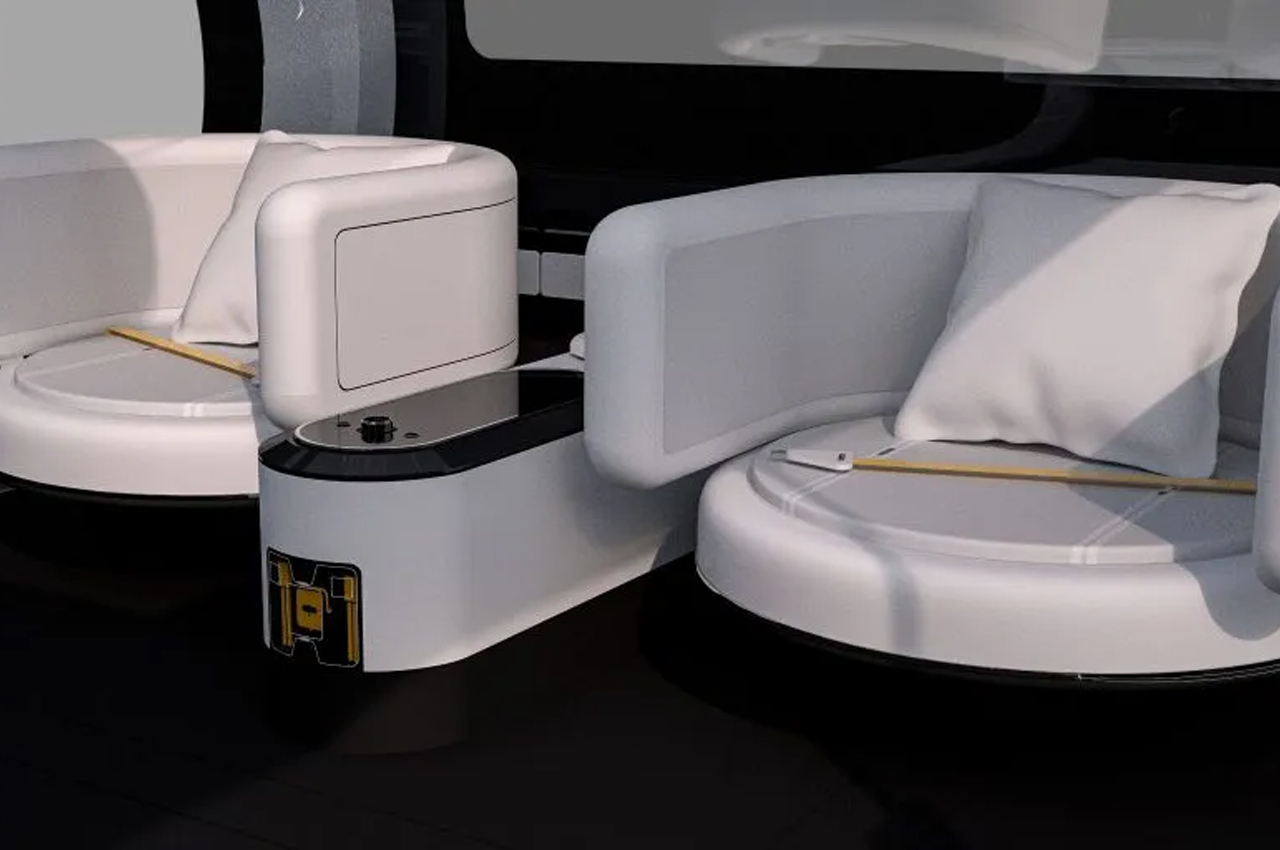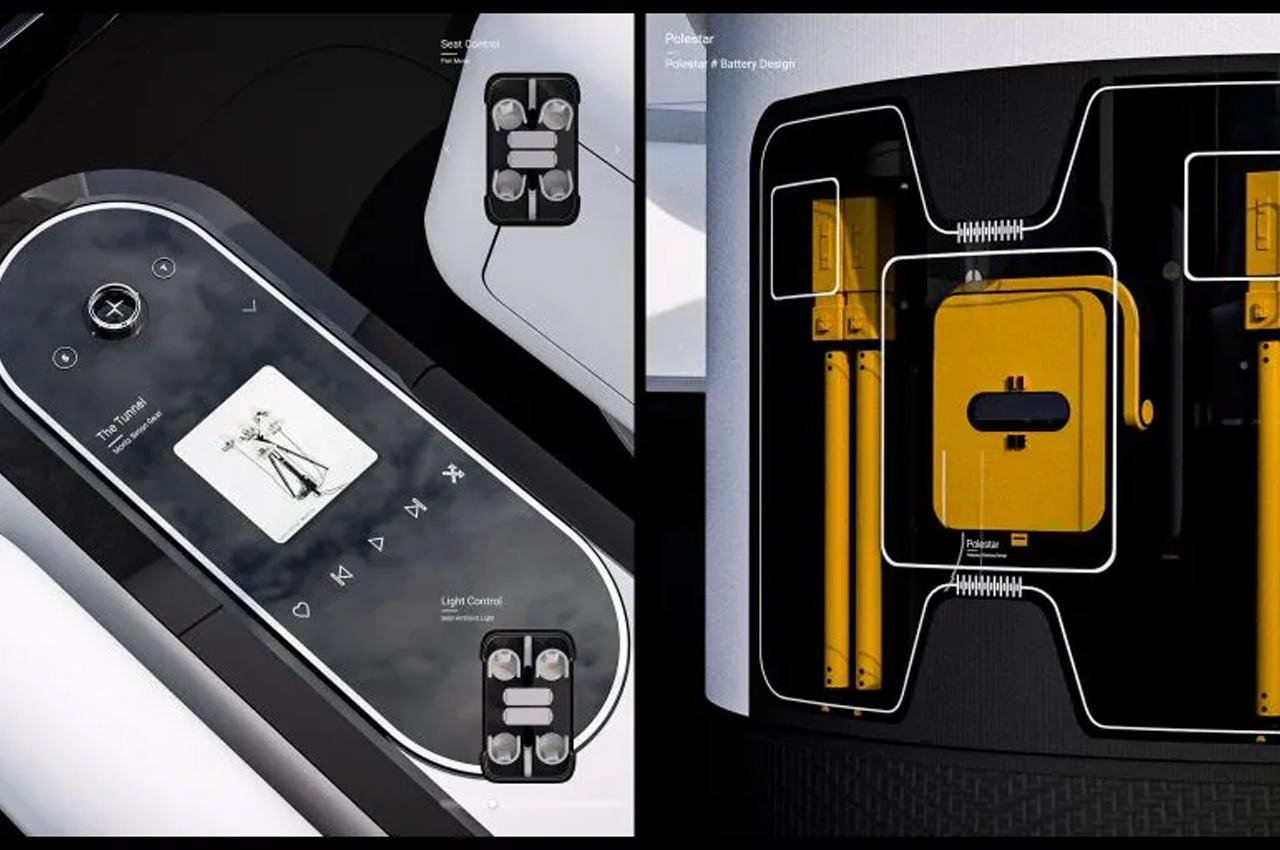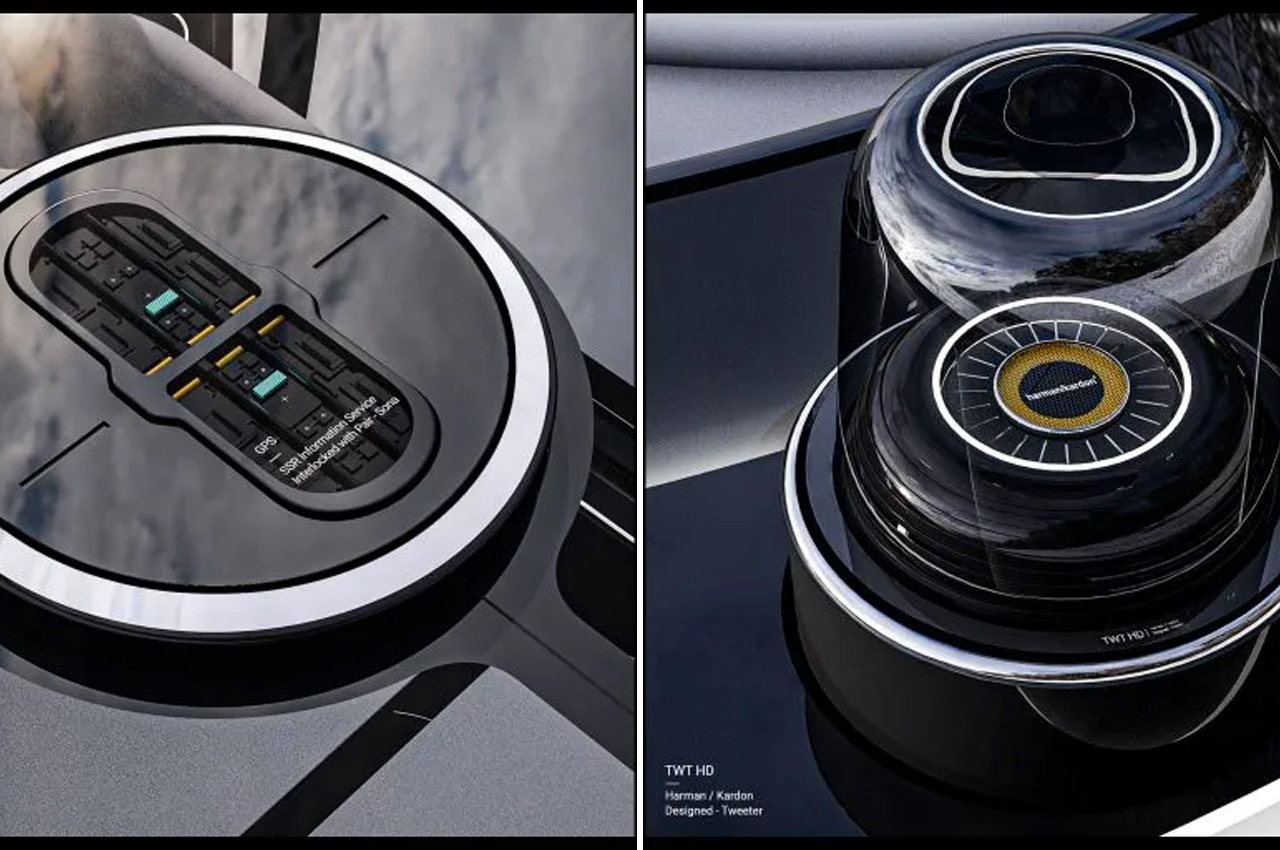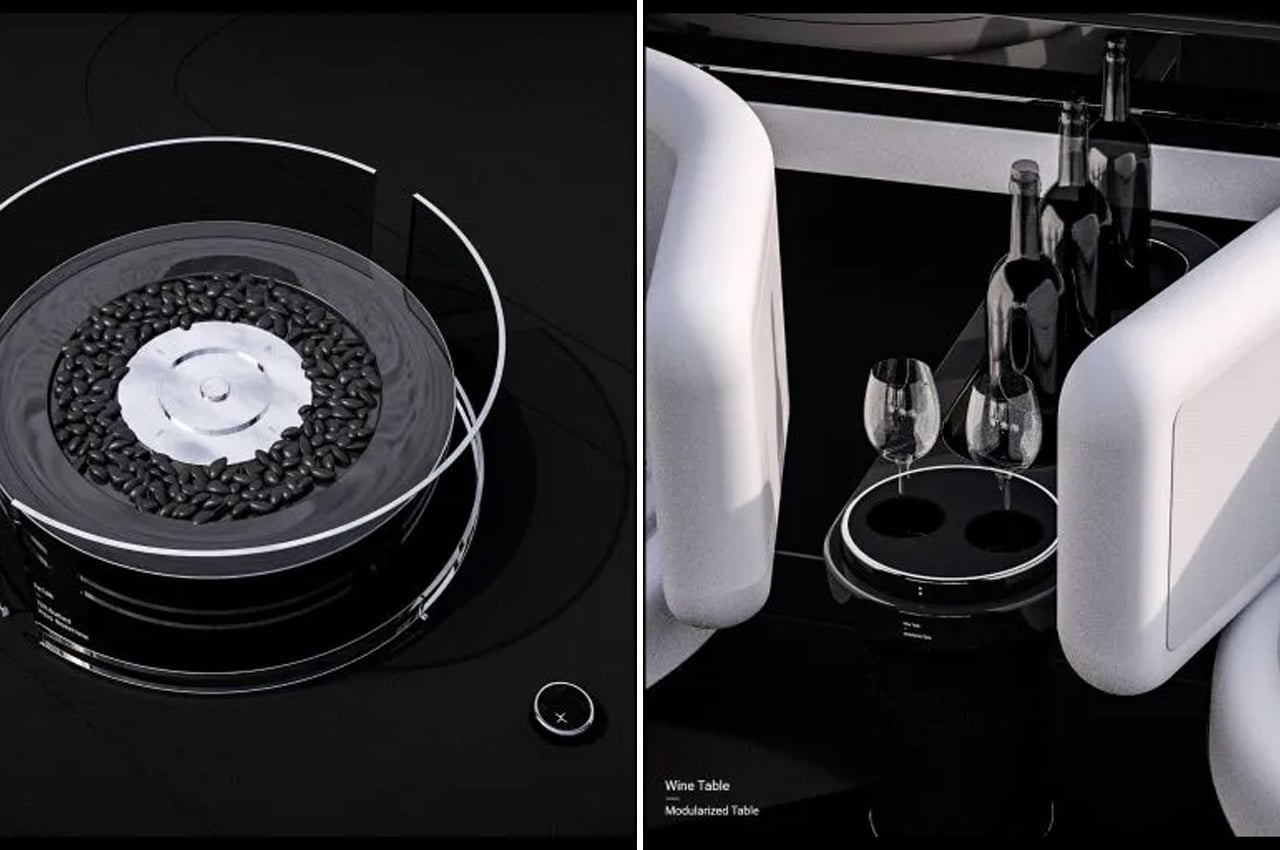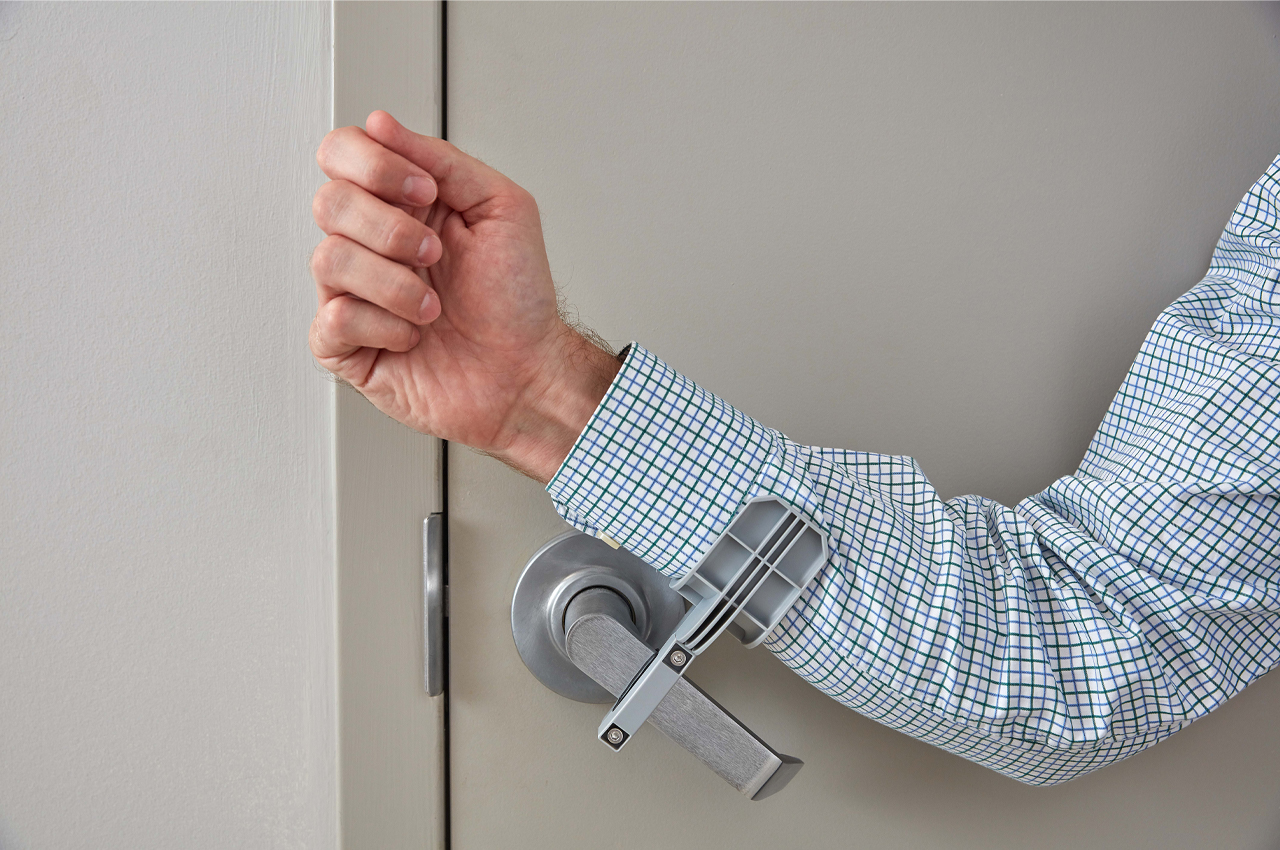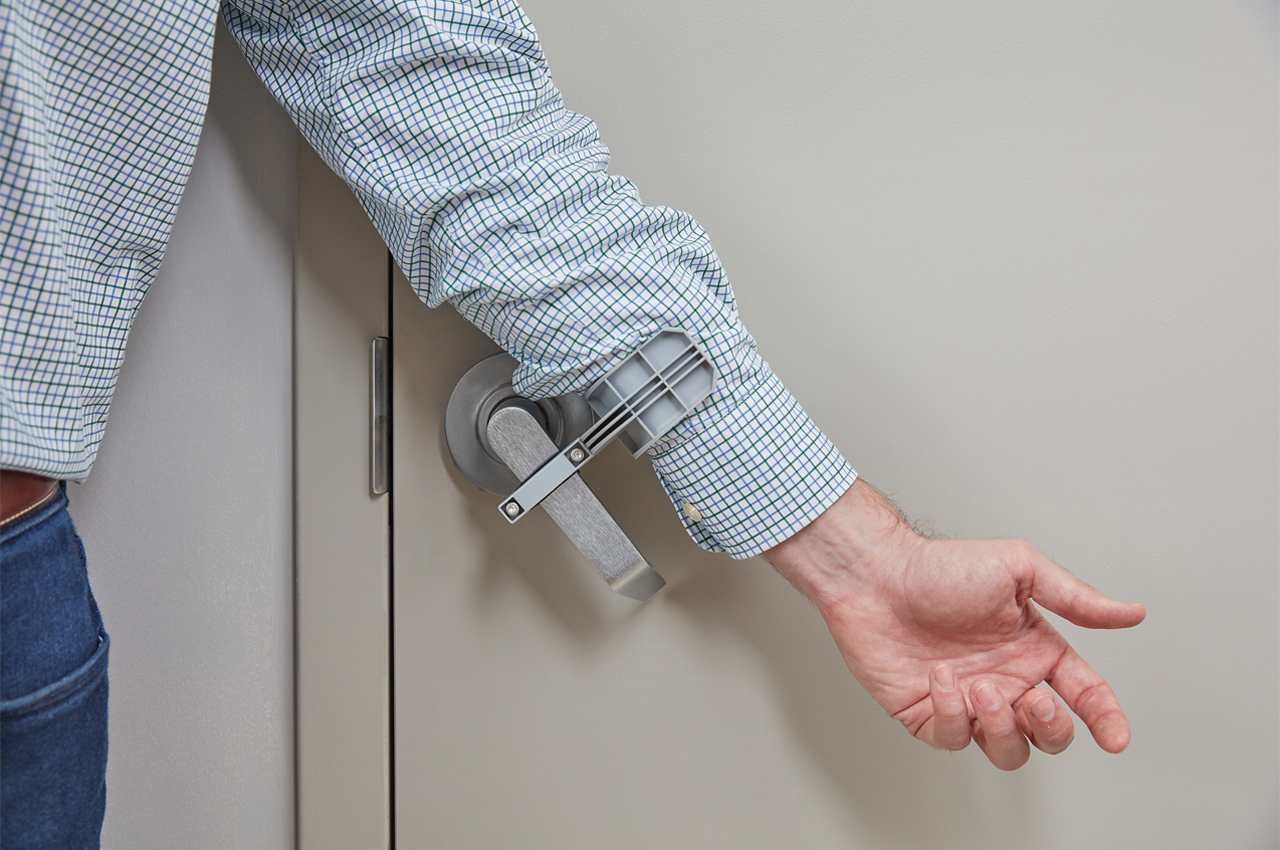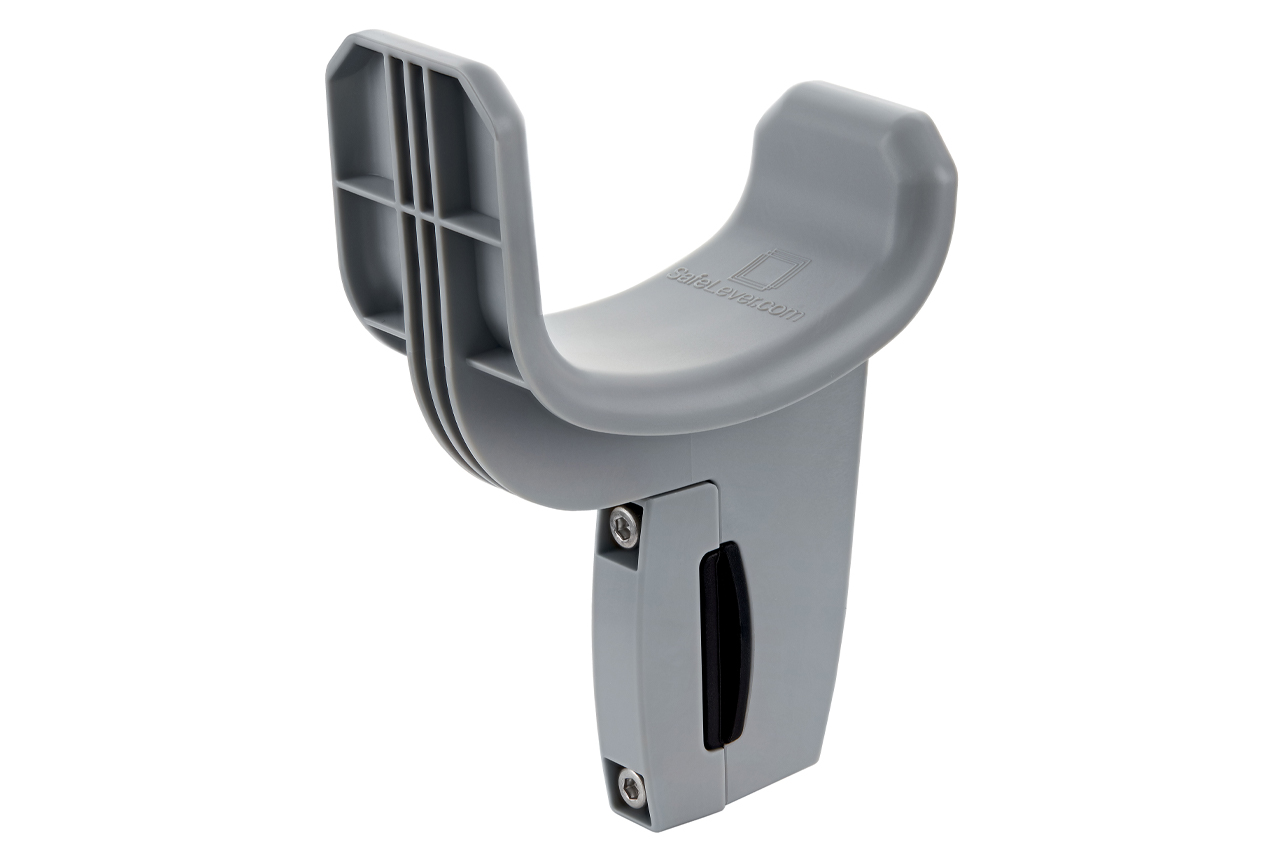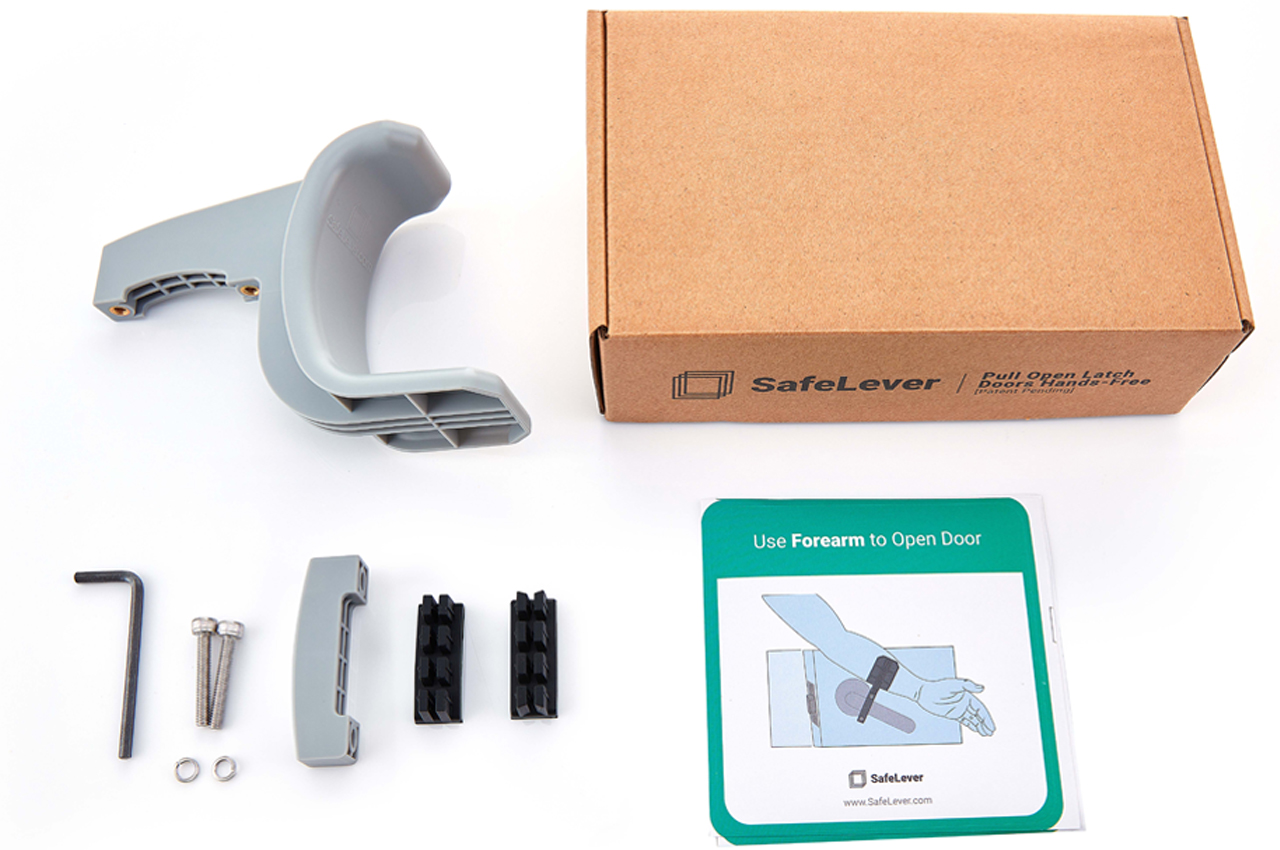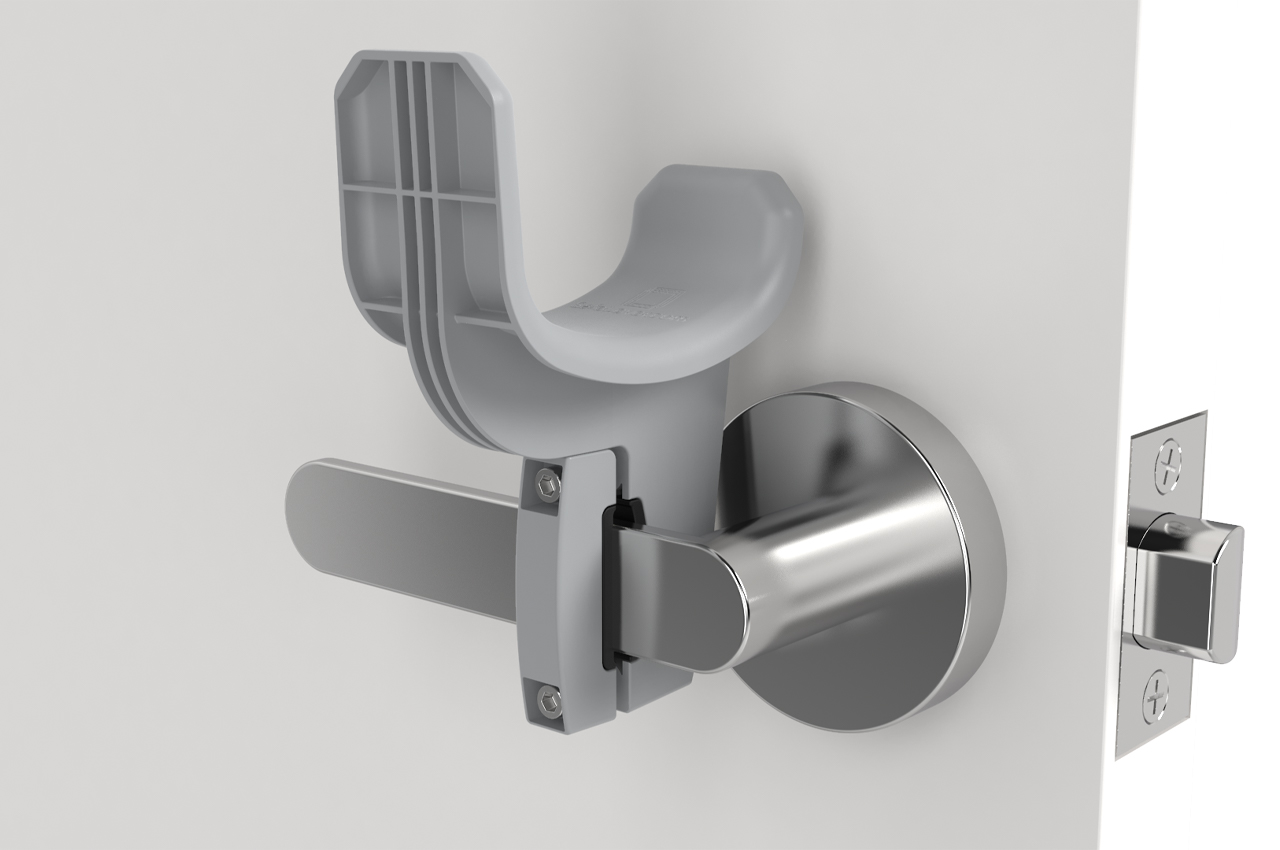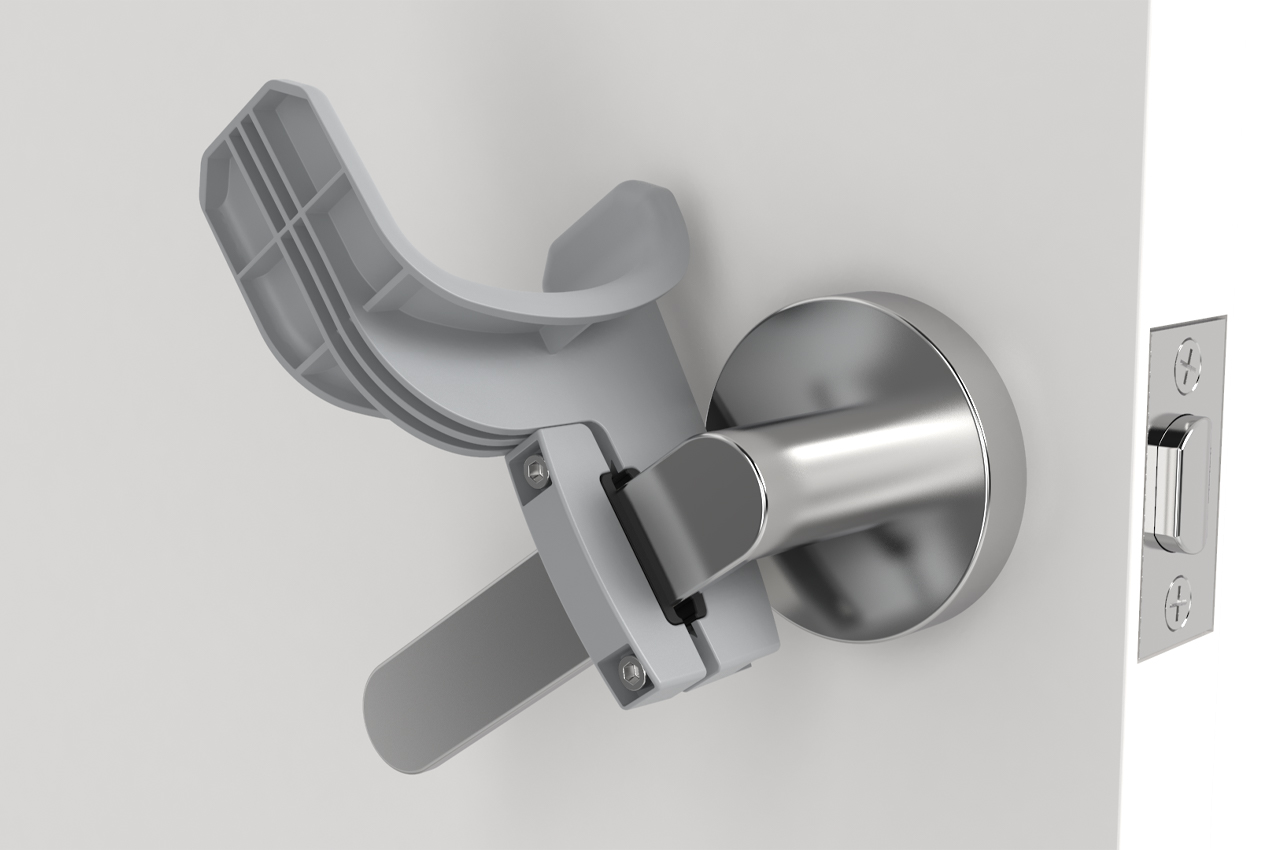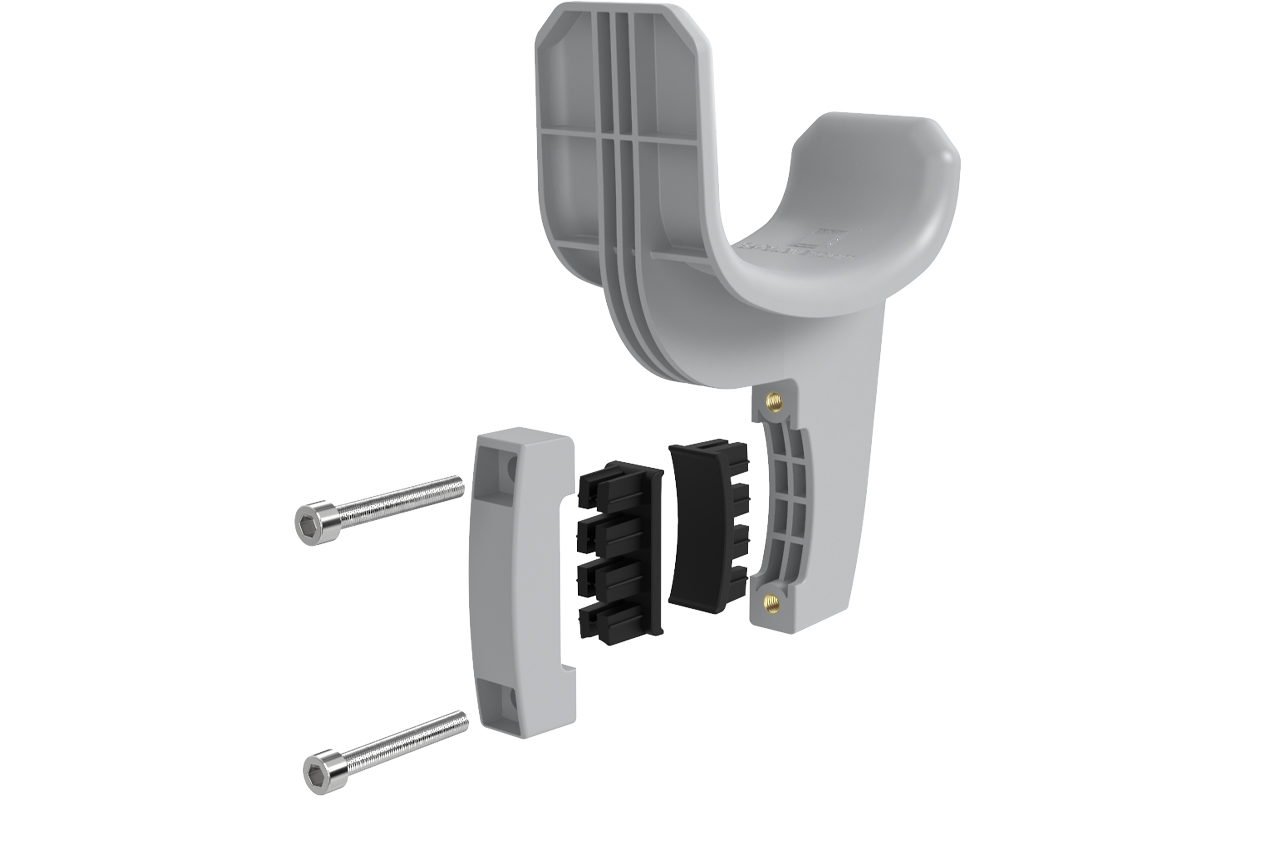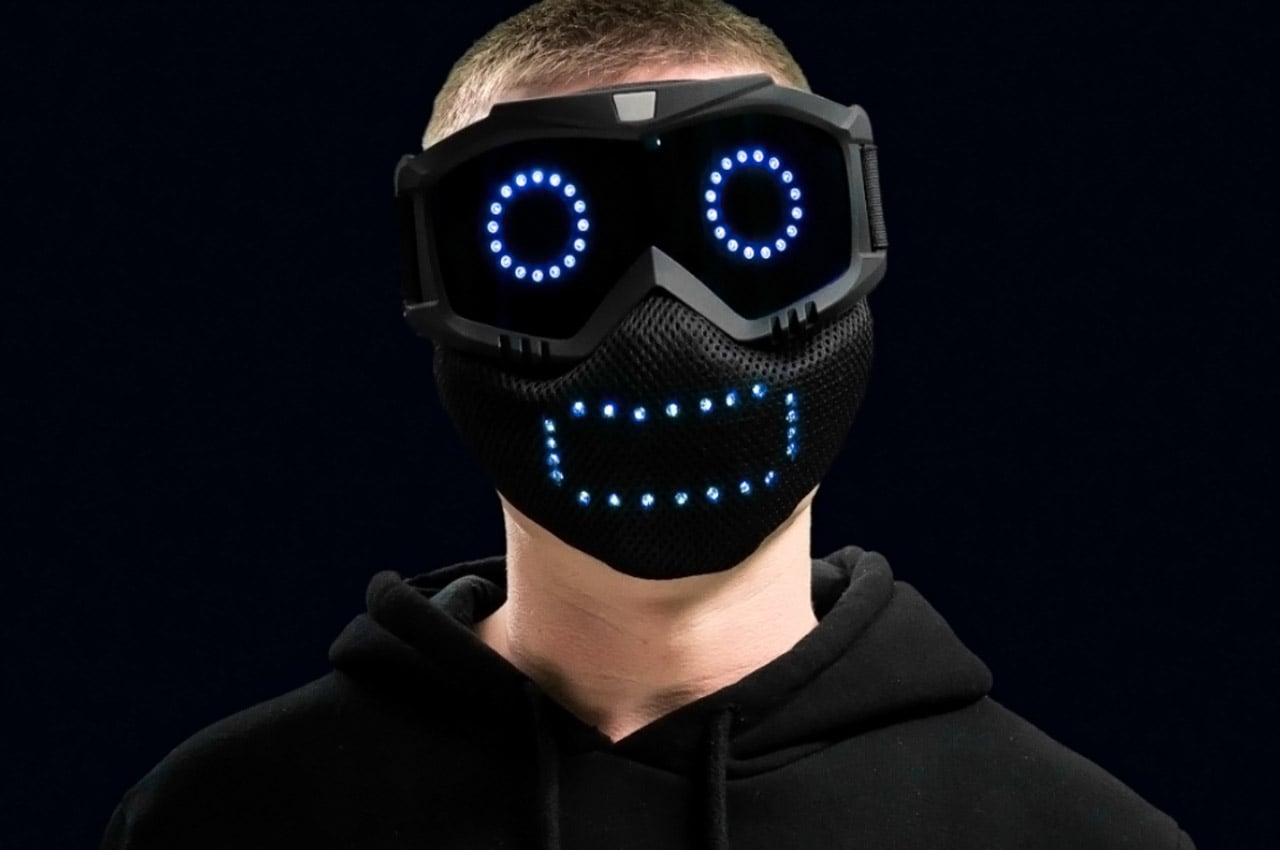
In 2020 face masks became an integral part of our outfits. We may forget our smartwatch or even our smartphone, but forgetting our face mask? That’s a major no-no. And just when we thoughts our days of religiously wearing masks every day were slowly fading away, the Omnicron variant emerged in all its glory! With whispers of a third wave and an upcoming lockdown slithering in the air, it’s time we get prepared for such a scenario. And if you’re going to be bulk stocking face masks, then we have a whole variety of super innovative ones for you. Face masks have come a long way from the typical N95 design we had all grown so accustomed to. From the world’s first emotional LED mask to a mask with an in-built mic and speakers – these face mask designs will have you going gaga over their smart and futuristic tech! It’s a new era of face masks, and we’ve curated the best of the lot for you.
1. The Qudi Mask
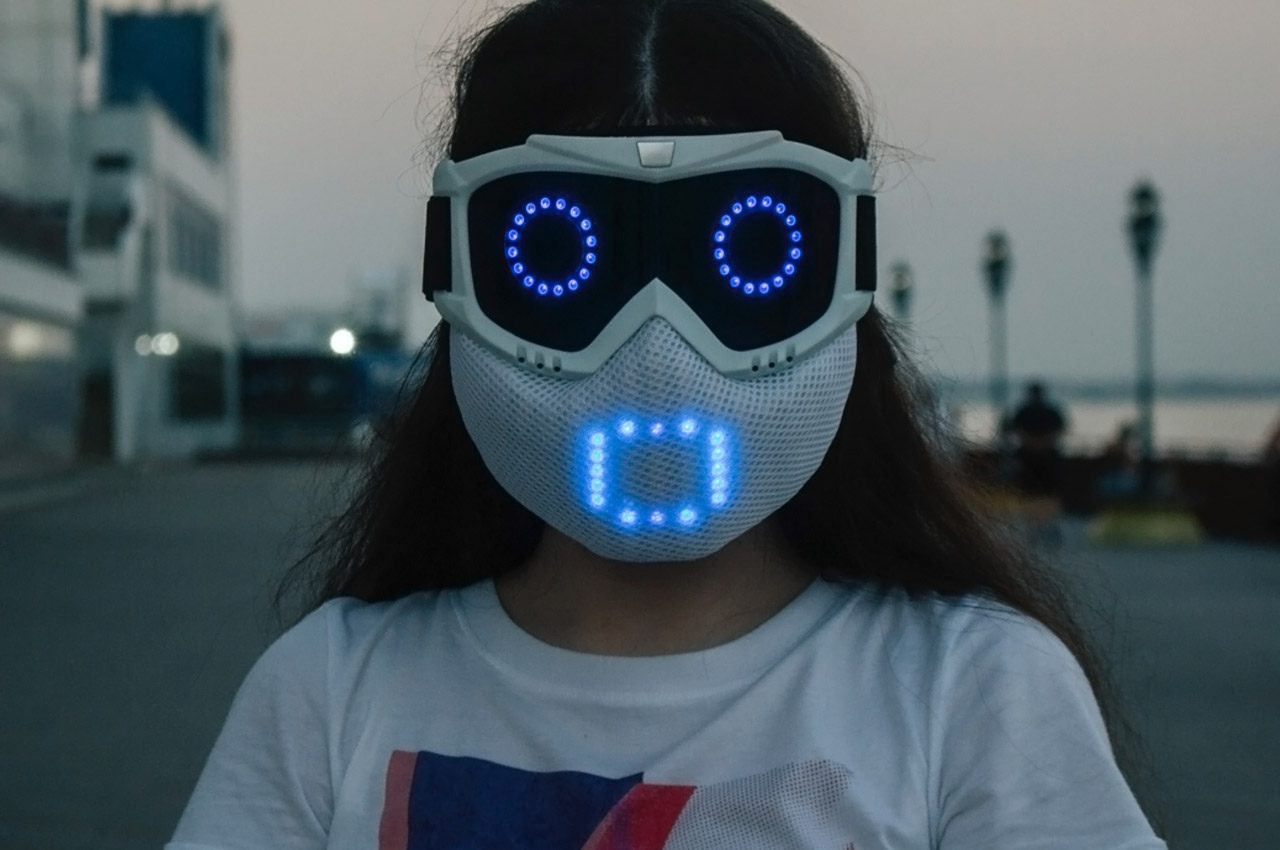

The world’s first emotional LED mask was unmasked at CES 2022 by Qudi. Consisting of translucent eye goggles and an attached mouth coverage, the mask includes 199 smart LED pixels. Equipped with seven modes, each boasting different LED displays, the mask even contains a robot mode. The robot mode expresses six emotions such as love, smile, shocked, confused, angry, and a cat face as well! The demo mode is quite interesting since it allows the mask to alternate between 12 built-in animations! Whereas the equalizer mode enables the mask to respond to the volume of music being played. Pretty cool, no?
2. The Airable
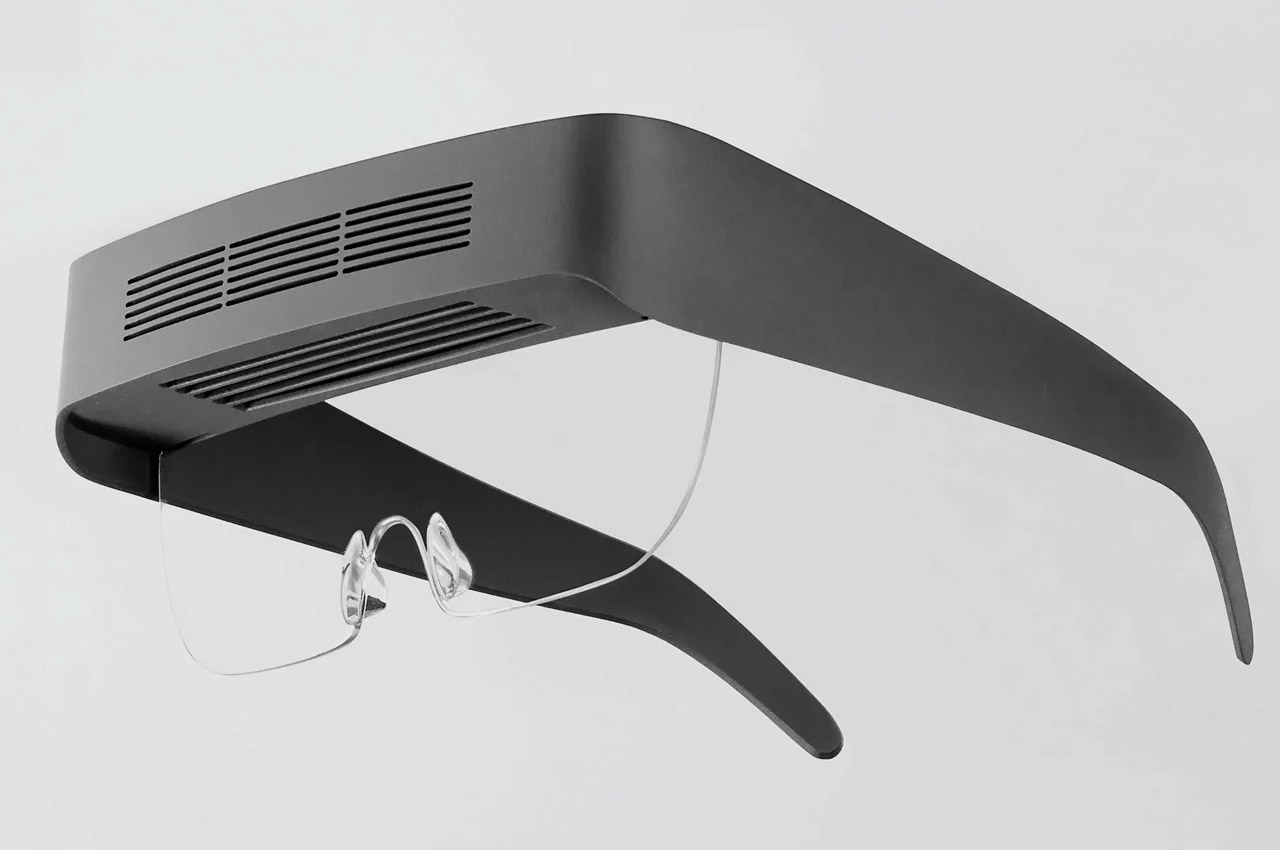
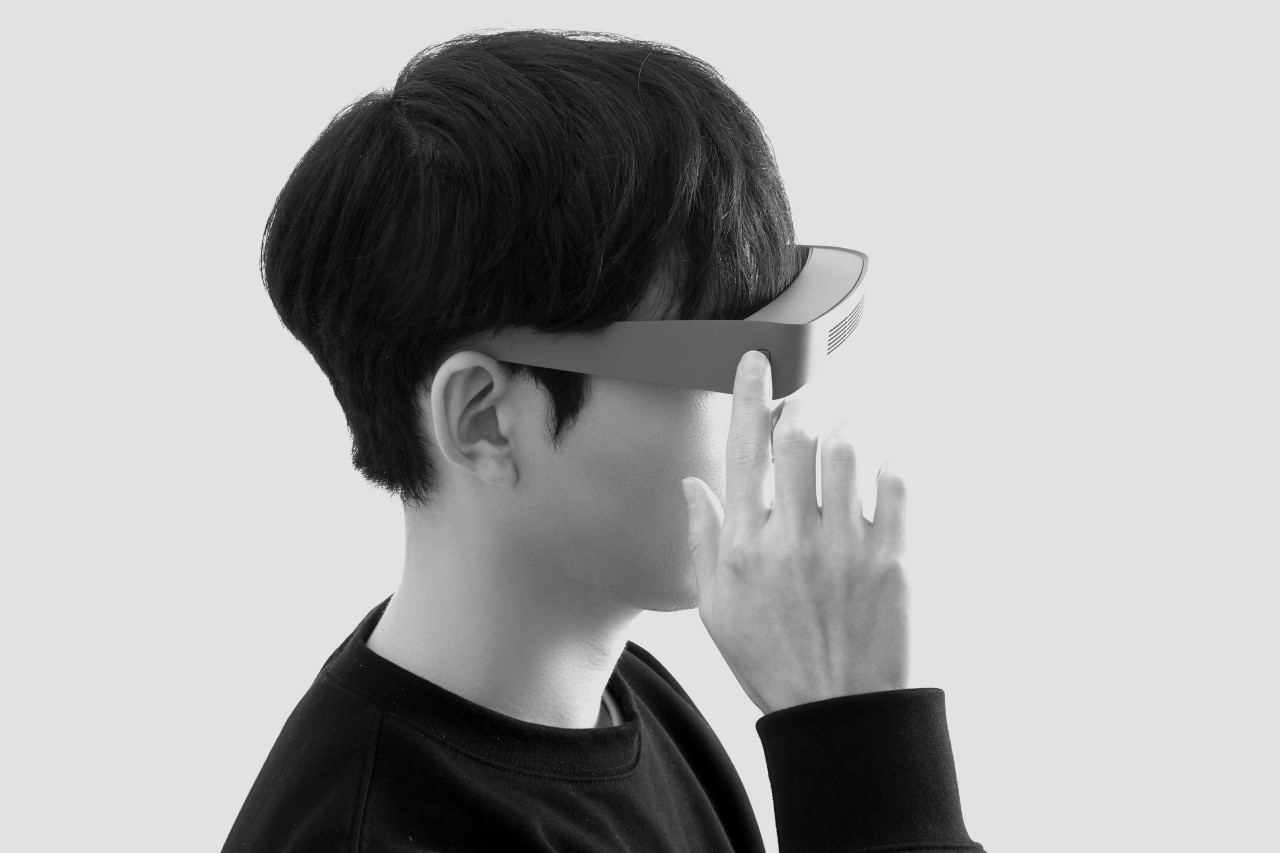
The Airable is, at least on paper, a rather slim AR-headset-shaped device with air vents on the forehead facing downwards, and a clear plastic visor to prevent the gust of wind from blowing directly in your eyes. One could easily imagine that the Airable has a built-in filter of its own, which ensures that the air curtain only blows pure air (another research paper debates the use of ionized air to kill viruses instantly). Sounds pretty great on paper, and I definitely hope a team of designers and engineers are building or prototyping such a device.
3. The Venta
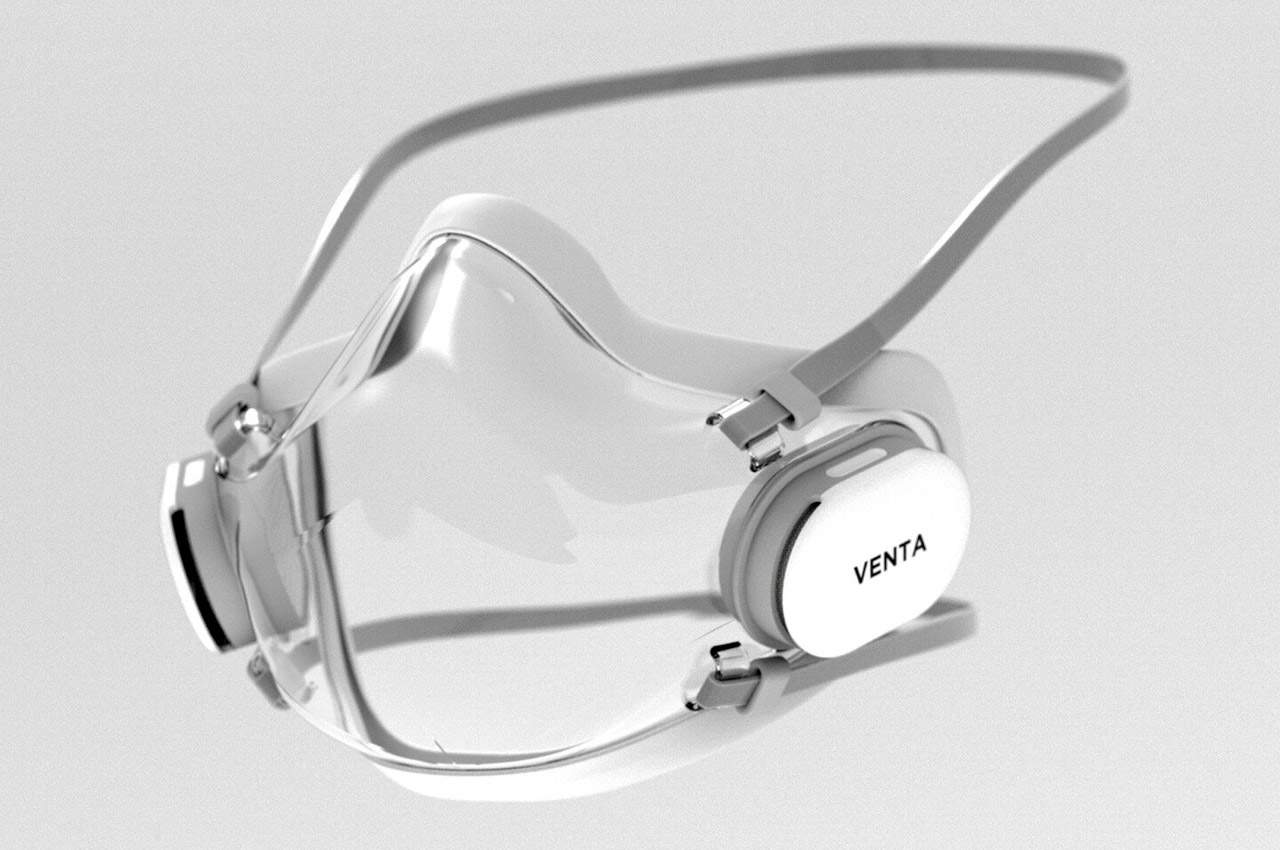
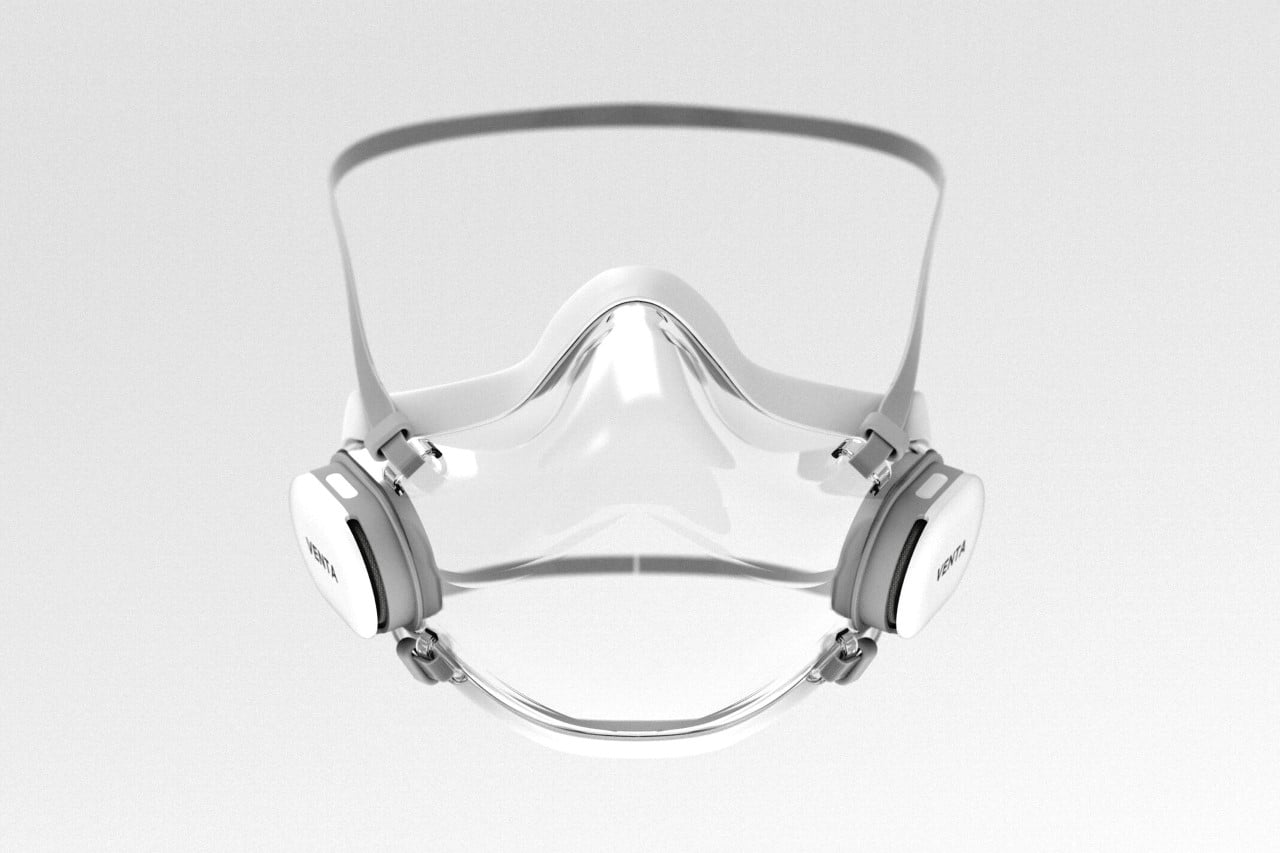
The Venta mask separates the conventional face mask into three simple parts. A transparent shield, two replaceable filters, and the head strap. Designed to highlight your expression, the mask comes with a flexible transparent TPU cover, with two air filters plugged into the side, working almost like a pair of gills on either side of the face. The air you breathe enters and exits through these filters, ensuring you inhale clean air, and exhale without letting respiratory droplets out into the atmosphere. While the mask is currently in its developmental/conceptual phase, one would imagine it comes with some sort of anti-fog coating on the inside that ensures the transparent mask doesn’t mist up on the inside with your breath. The filters also automatically change color when they need to be replaced, making it easier to know when your mask needs a fresh set of filters so that you’re always breathing clean air.
4. The Razer Zephyr
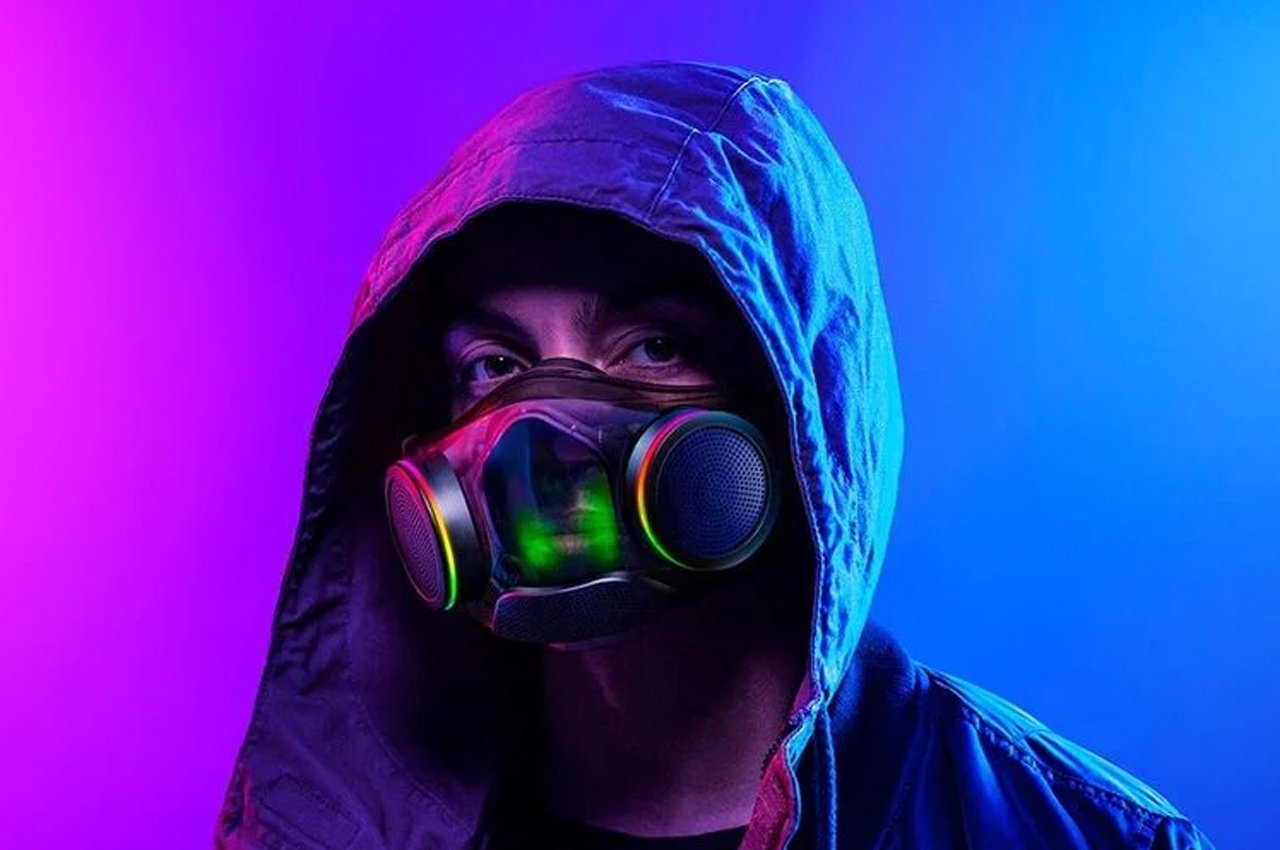
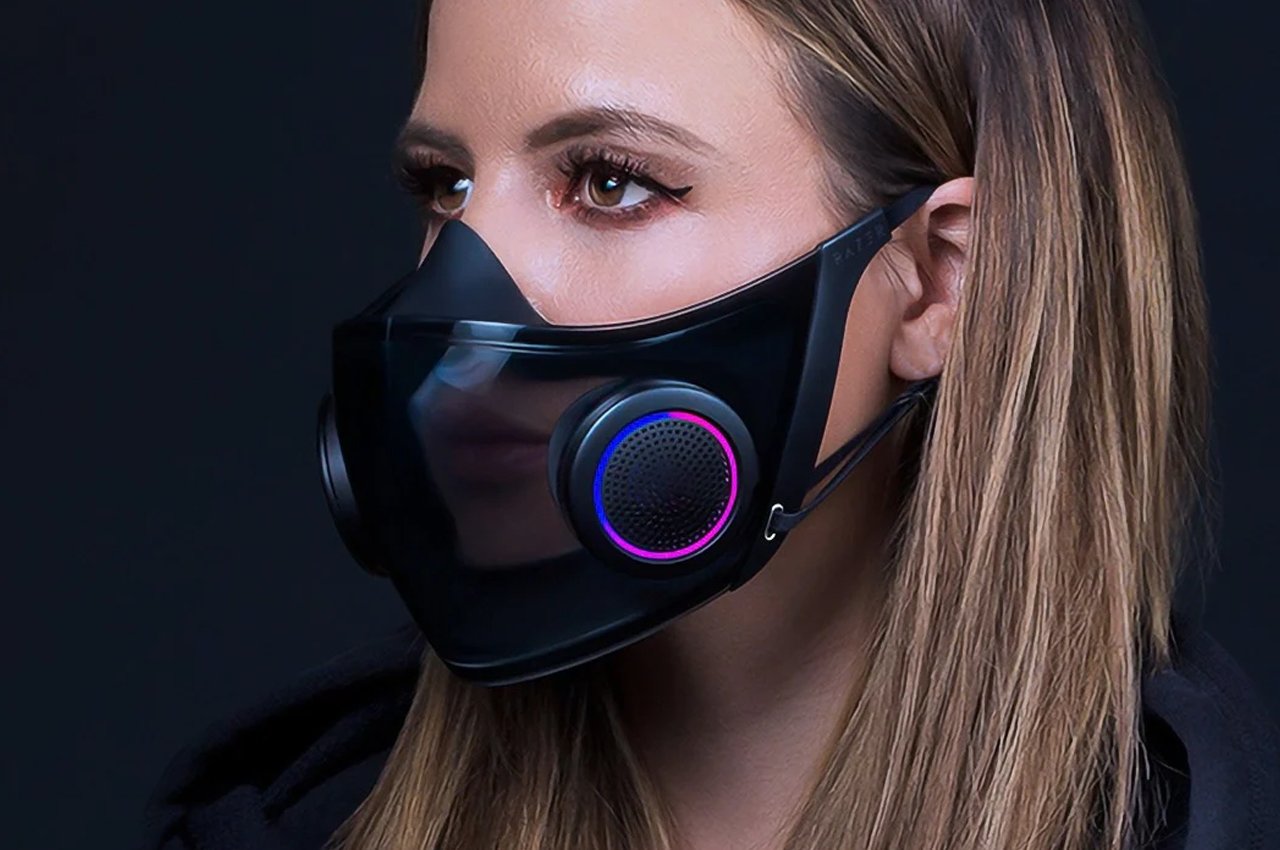
This face mask concept showcased a glossy, waterproof, and scratch-resistant shell, transparent by design to allow for lip-reading, and made from recycled plastic. The main attraction is the two circular ‘Active Ventilation’ discs that sit on the sides of your mouth and hold the reusable N95 filters that give a 95% filtration efficiency. As Razer says, “The Razer Zephyr is not a medical device, respirator, surgical mask, or personal protective equipment (PPE) and is not meant to be used in medical or clinical settings. It is not tested specifically against the COVID-19 virus but offers the same functionality and adequate protection due to its 99% BFE rating.”
5. The MaskFone
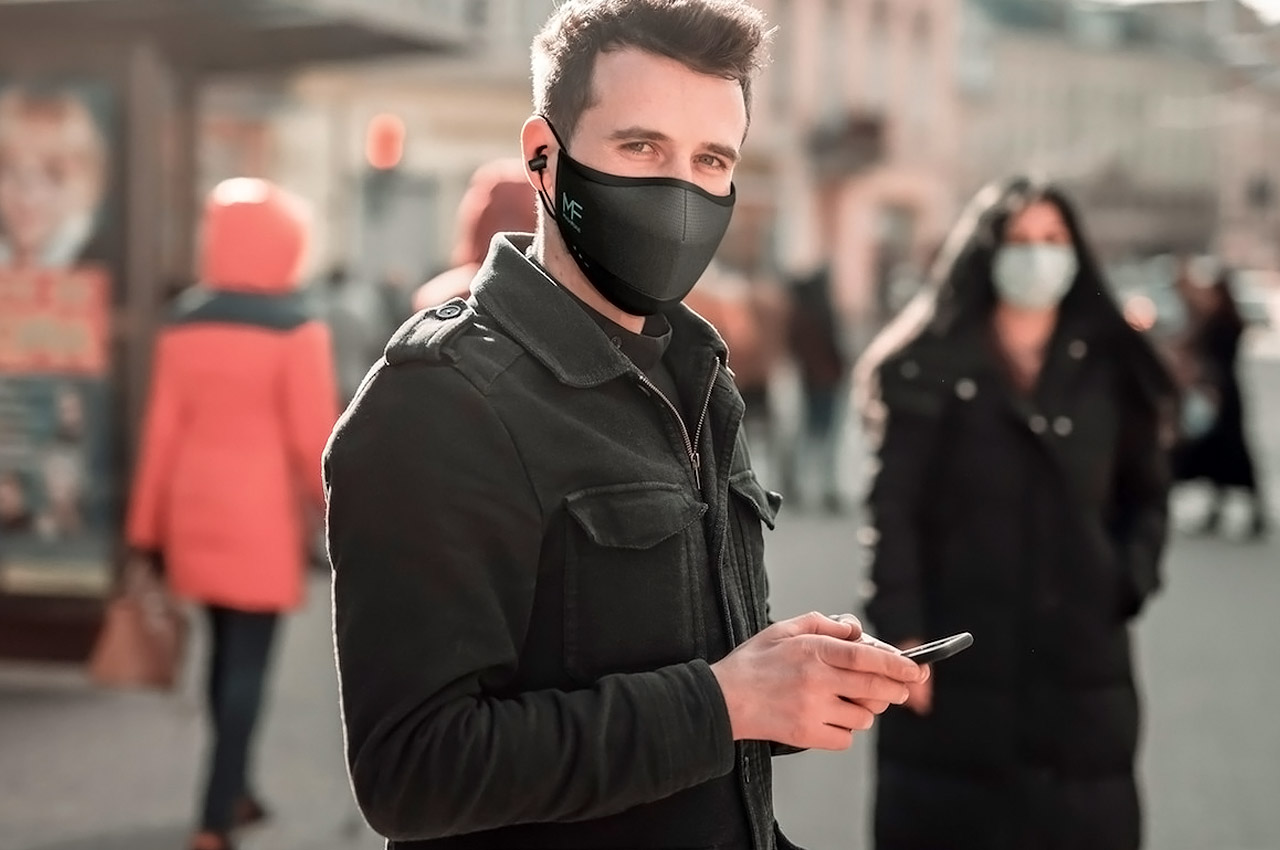
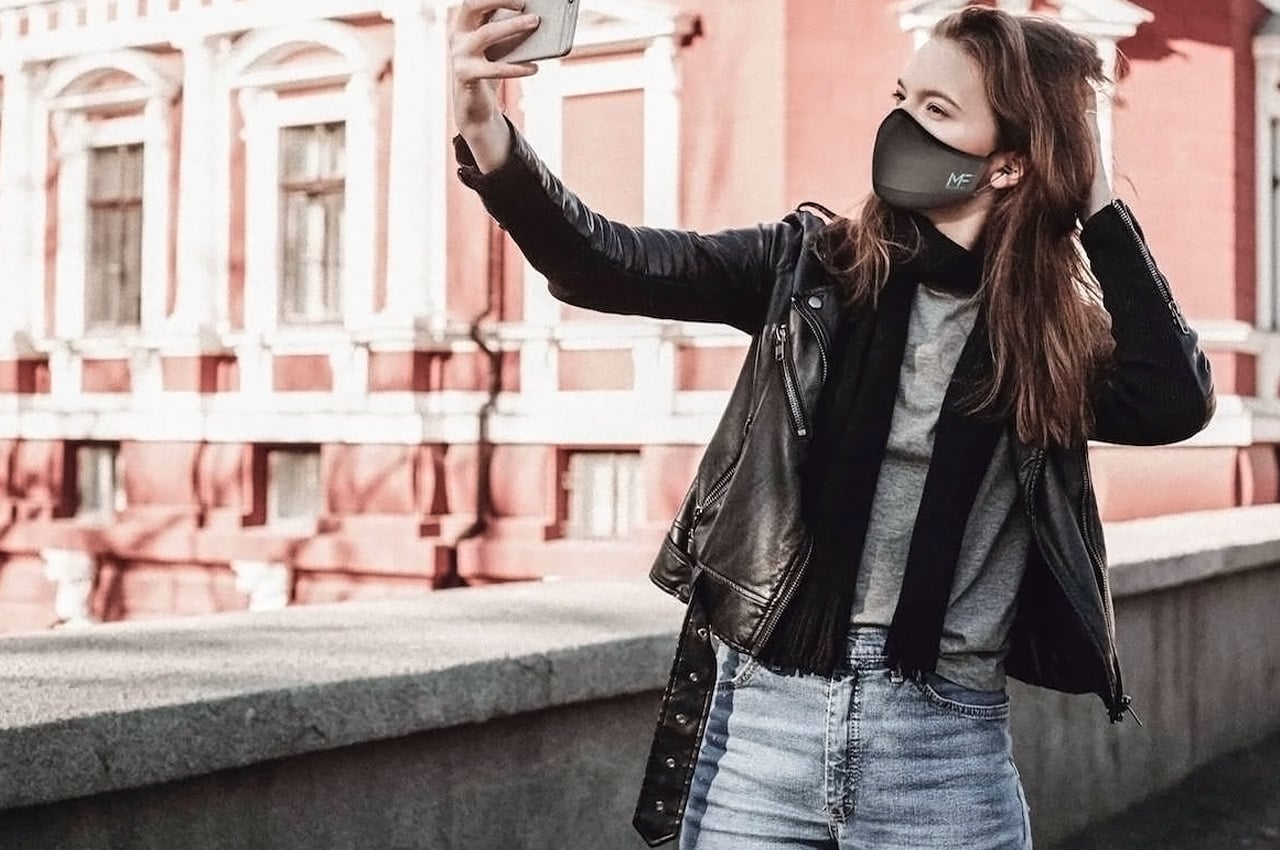
The MaskFone is a smart face mask equipped with wireless earbuds and a built-in microphone. It enables you to talk on call, or listen to music while you have your mask on! The mask also features control buttons, so you don’t really need to pull your phone out. MaskFone’s breathable and washable fabric also ensures that it lasts a lifetime! You can also add replaceable PM2.5 and N95/FFP2 filters to the mask for an extra level of protection.
6. The PuriCare Wearable Air Purifier
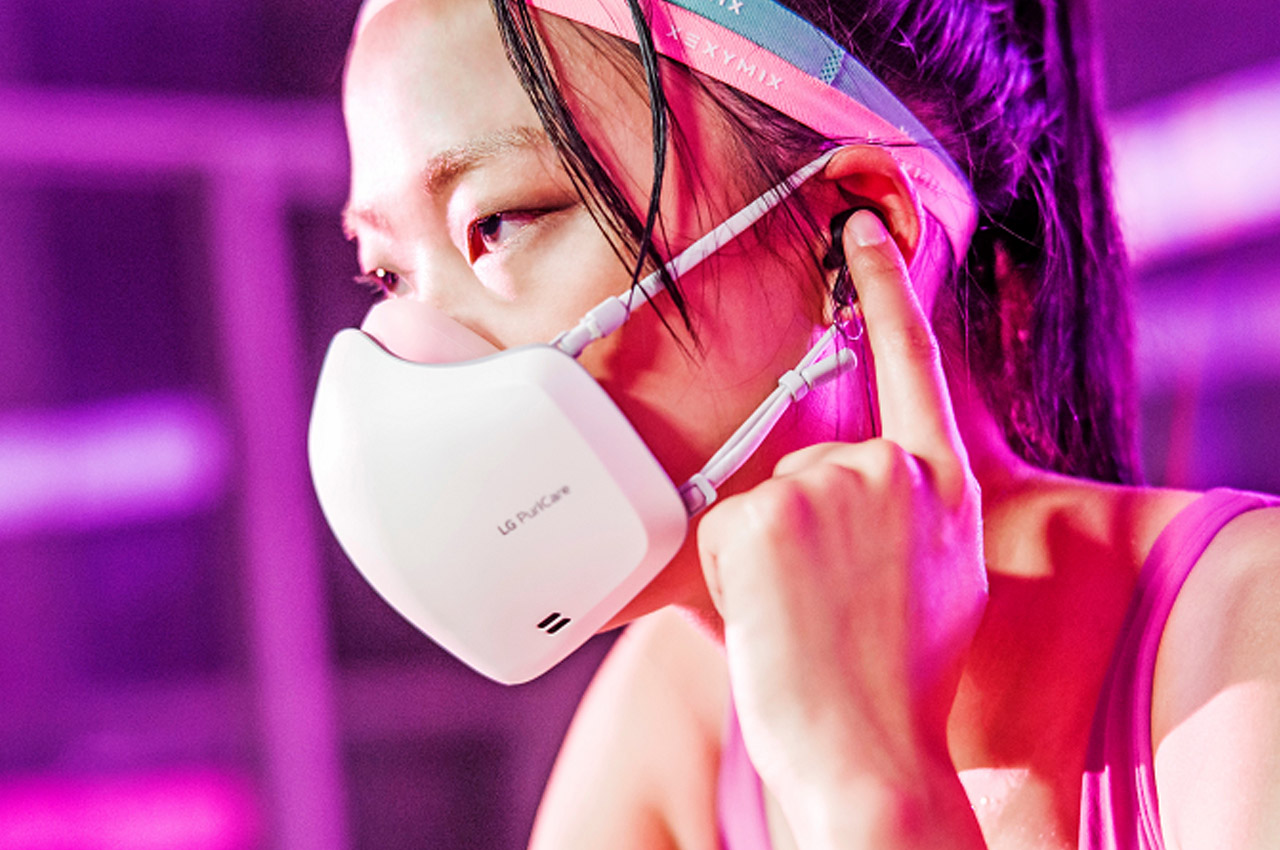
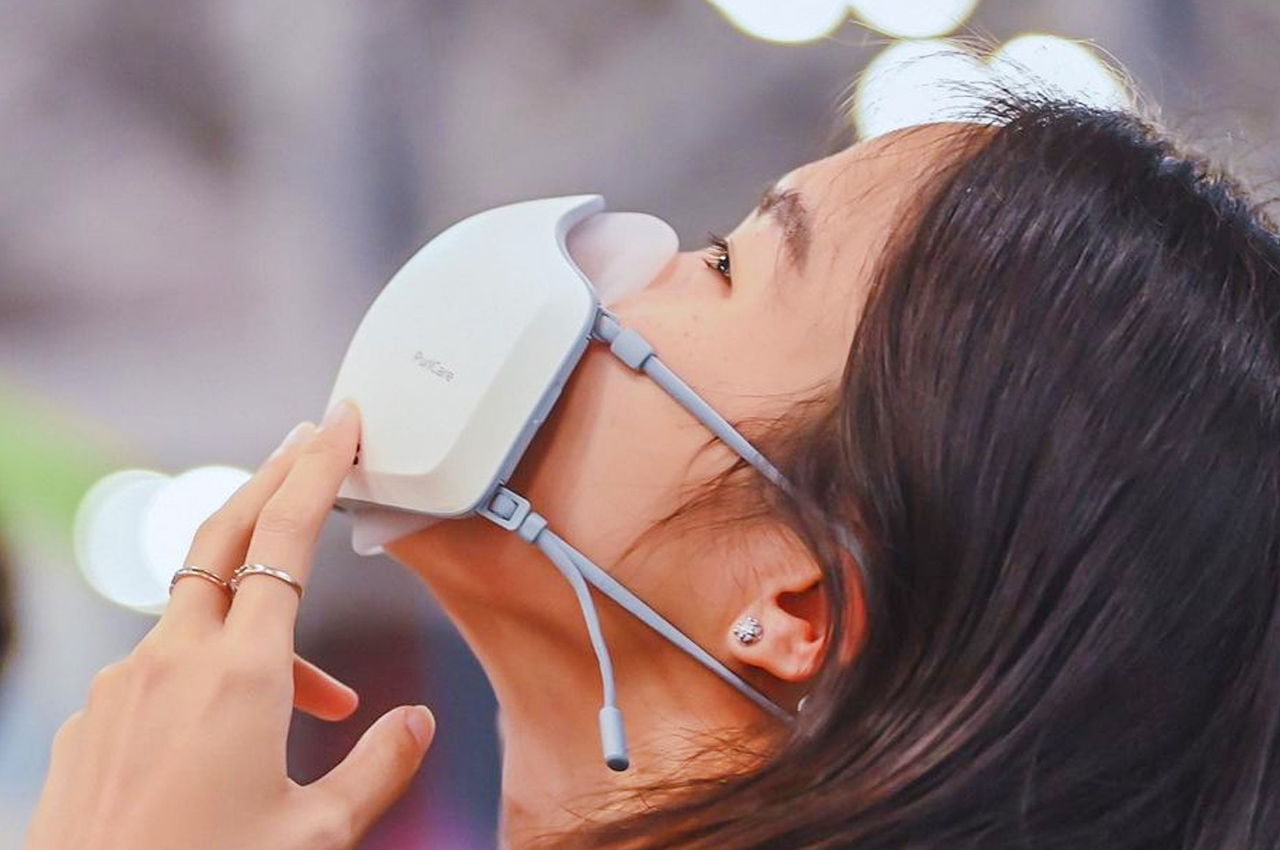
LG announced the latest version of the PuriCare Wearable Air Purifier (that’s an odd naming convention) that had three fans and a couple of HEPTA filters to keep most pathogens out. The new face mask has a smaller and lighter motor and built-in microphones and speakers. The latter helps in automatically amplifying the wearer’s voice when talking, courtesy of the VoiceON technology. For that matter, the techno Razer Project Hazel face mask has a similar tech to make communication easier. The improvements on the LG PuriCare don’t stop there as it weighs just 94 grams now and has a 1,000mAh battery with a recharge time of two hours.
7. The Blocc
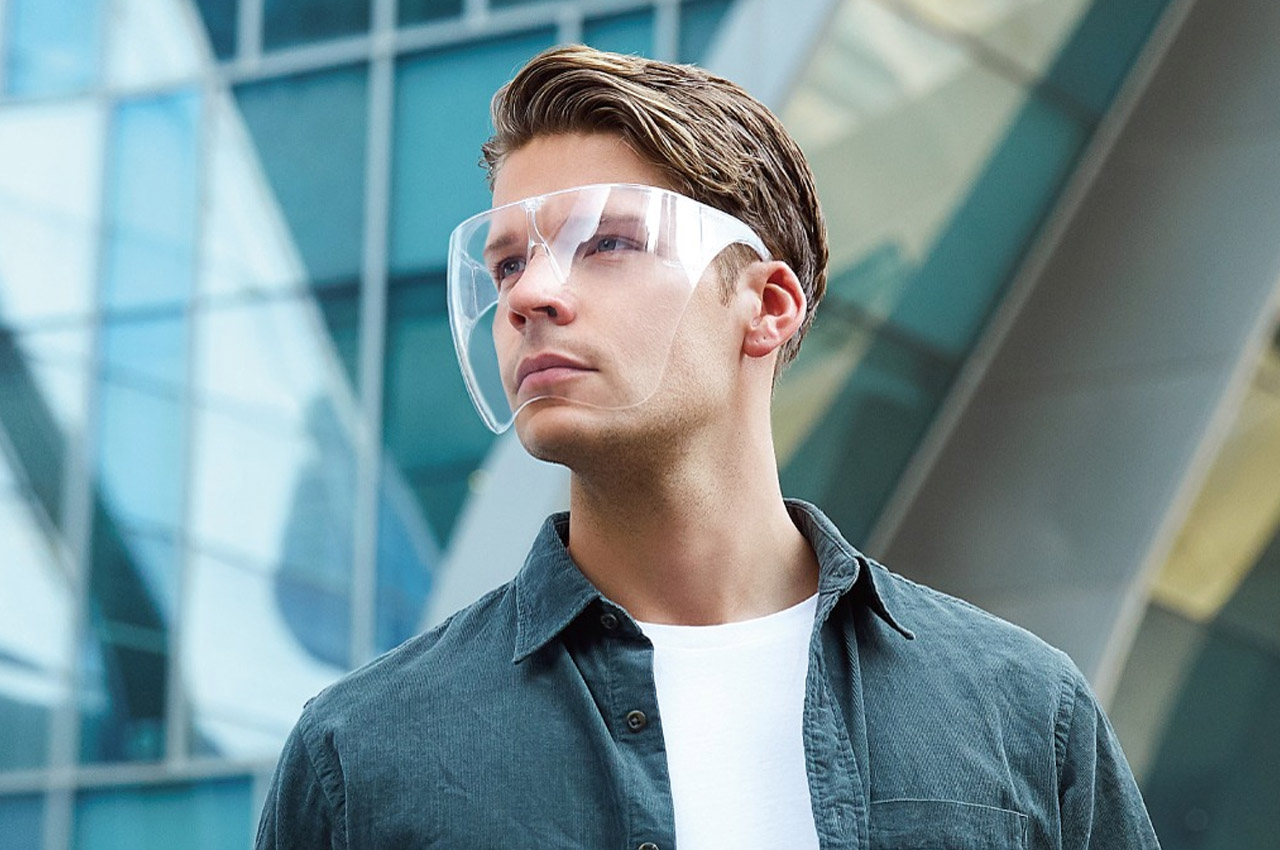
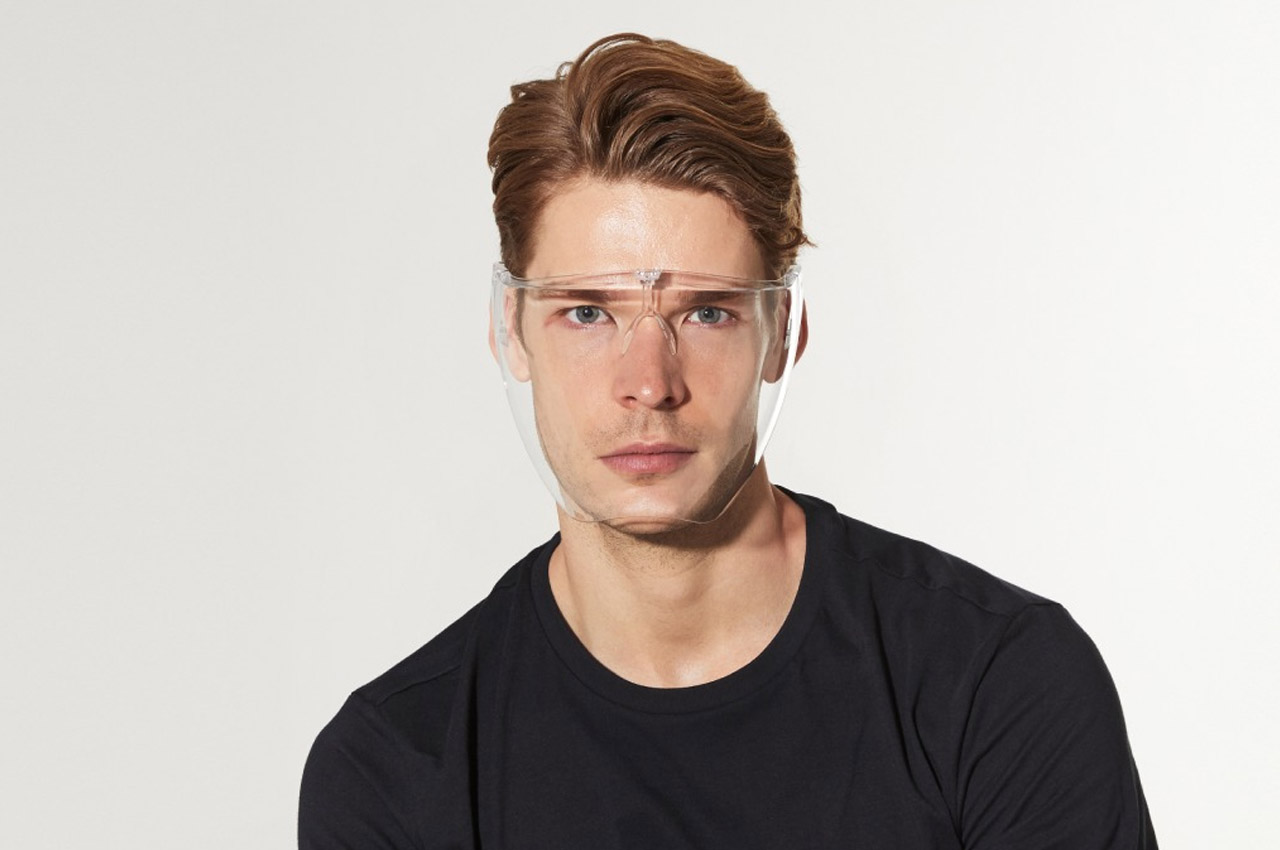
Think of the Blocc as a helmet visor sans the helmet, fashionable enough to be worn on its own, and FDA-registered for daily use. Made from scratch-resistant fog-resistant clear polycarbonate, the Blocc is as easy (and as comfortable) as wearing a pair of spectacles, and protects your eyes, nose, and mouth—the main pathways to infection—from direct droplets, sprays, and splashes. Two temple stems suspend the Blocc by your ears while a nose-bridge allows the visor to rest comfortably against your nose and roughly an inch away from your face. The face shield itself is made from the same polymer as actual helmet visors (and even riot gear) and is engineered for crystal-clear, distortion-free visibility, allowing you to see through it with ease
8. The Airhead Mask
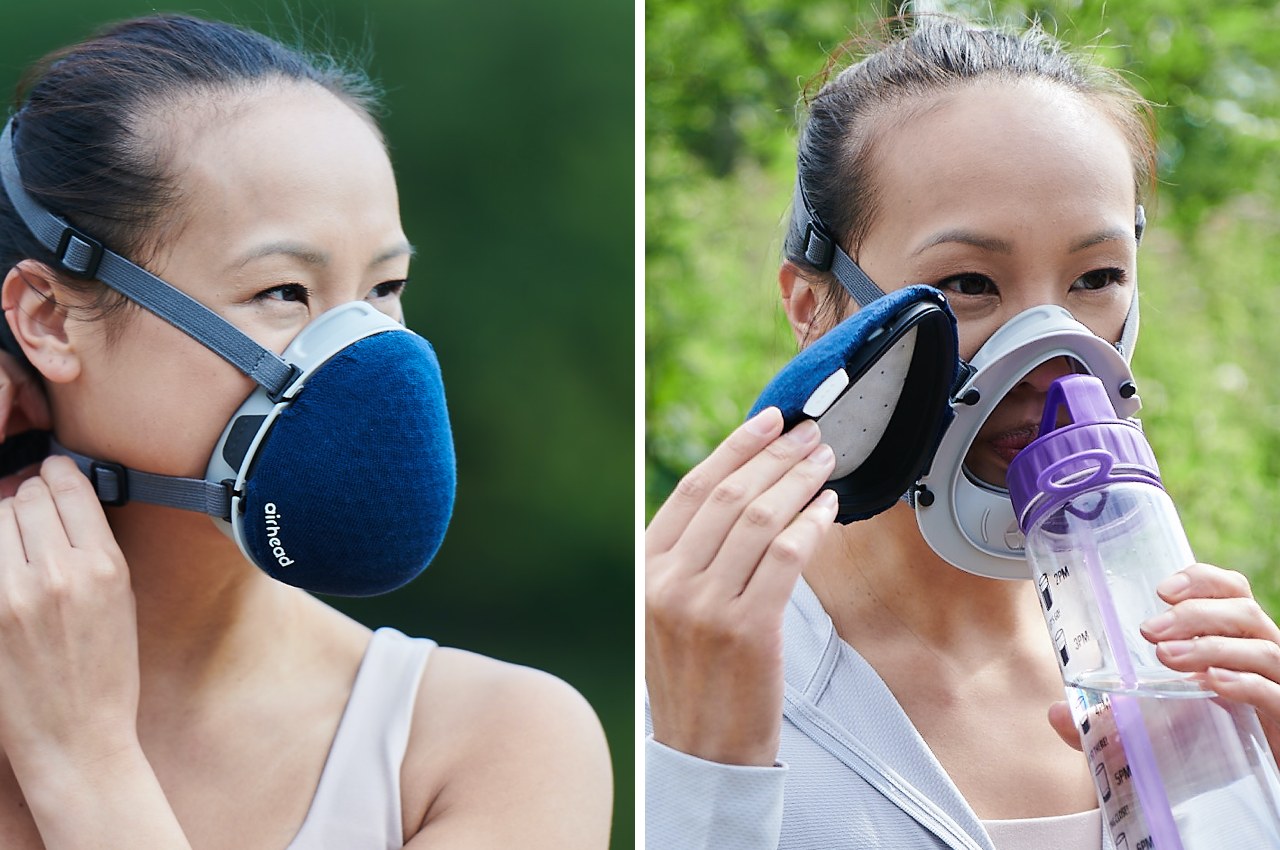
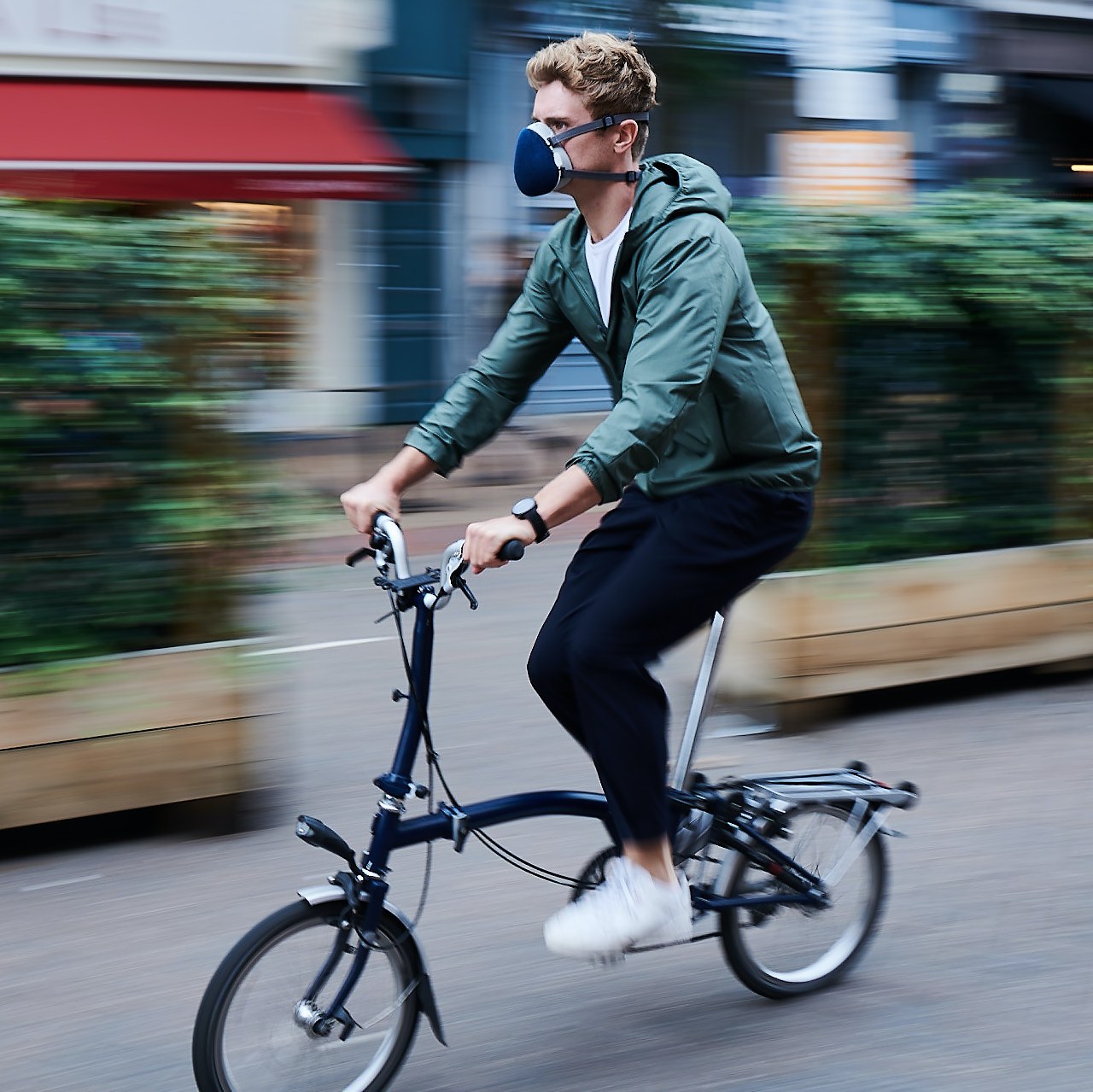
The Airhead Mask was designed to play a pivotal role in that future. It comes with a slim, lightweight design that looks just as compact as a regular face mask, but under its hood lies a nanofiber filter that provides clean, 99% pure air directly to your nose and mouth. The mask’s overall design is focused on the people who’d like to be able to breathe clean air even with an active lifestyle. Designed by a group of passionate cyclists who wanted to stay healthy, Airhead was made to be a lightweight, ergonomic mask that provided clean, purified air directly to your nose and mouth while you worked out or just went about your day.
9. The Umai Facemask
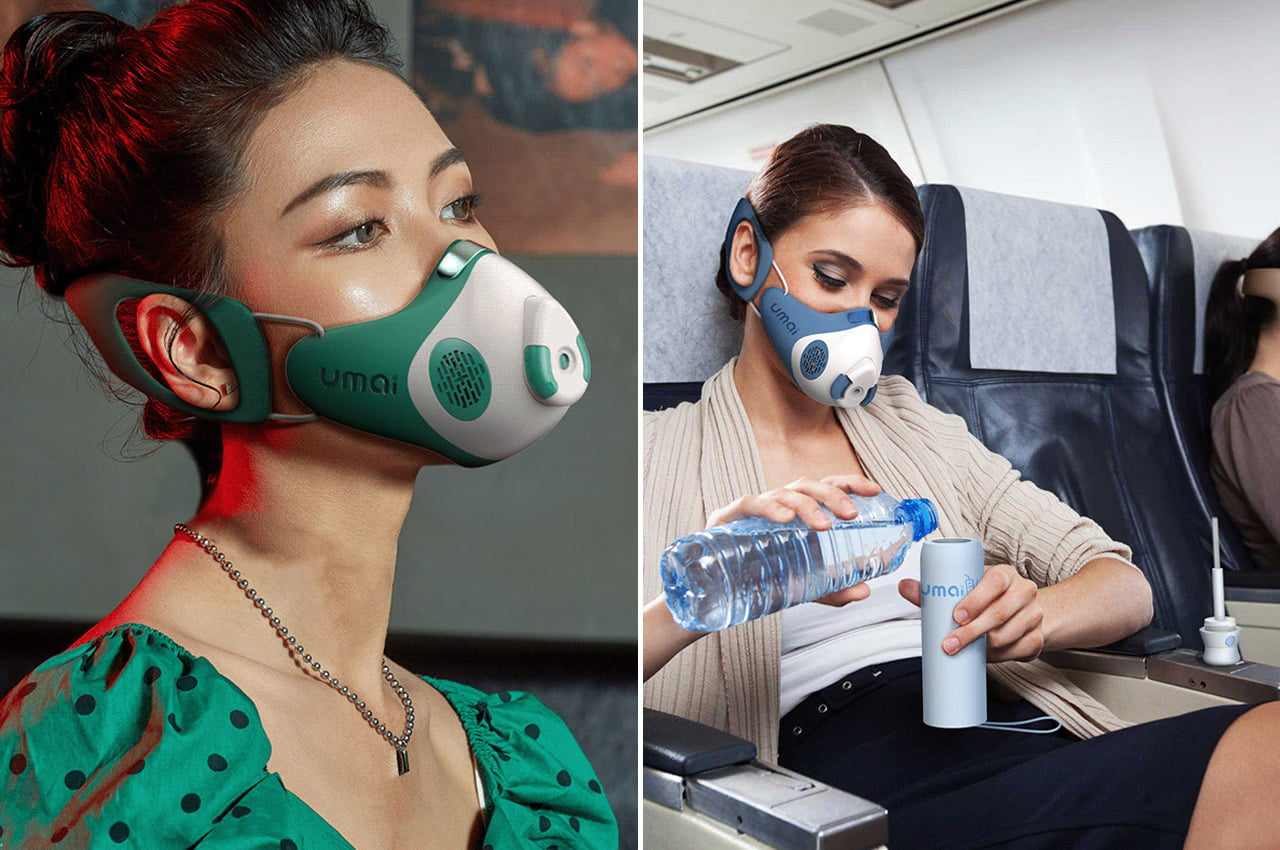
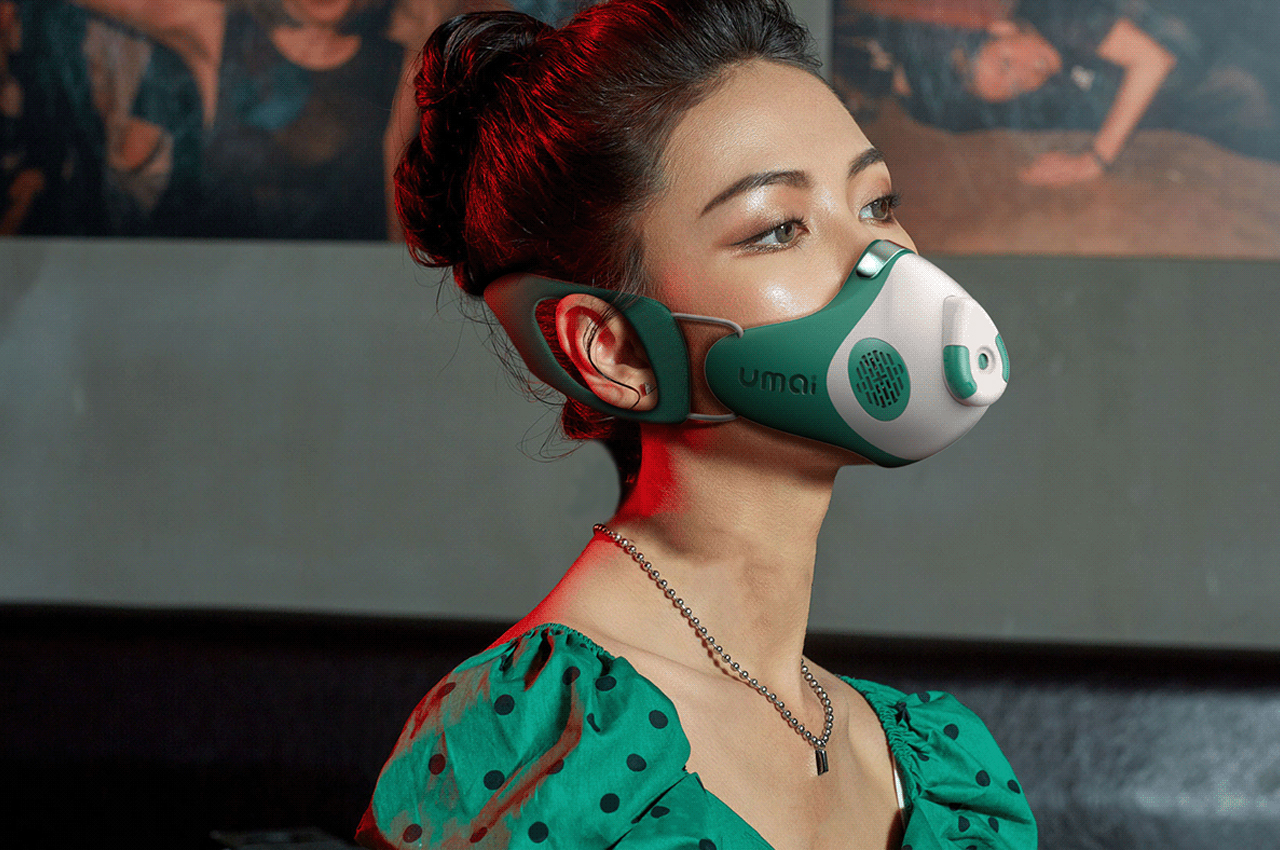
Ruitao Li developed the Umai Facemask, a silicone face covering with a breathing valve, air filter, and small mouthpiece slot that can be used to eat and drink while wearing the mask. Users can fill their bottles with their preferred beverages and say goodbye to airplane dry mouths. The removable straw can even be swapped from Umai’s water bottle and used to drink from another one. Umai Facemask’s breathing valve and air filter also make wearing a face mask feel a little more comfortable. Powered up with a type-c charge, the air filter ensures that the air you’re breathing in is clean and fresh, while the breathing valve circulates the air inside the mask to avoid the damp humidity that comes with conventional face masks.
10. The Maasc
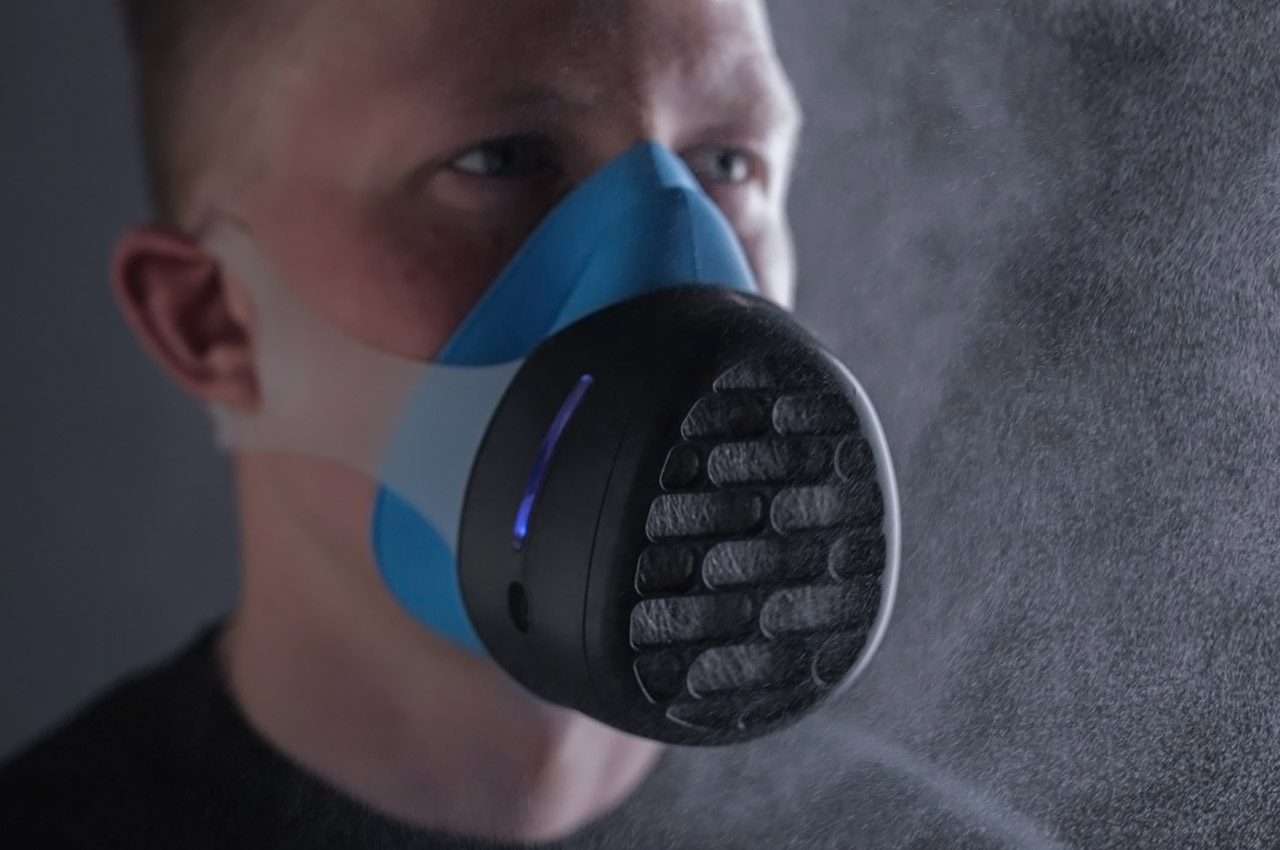
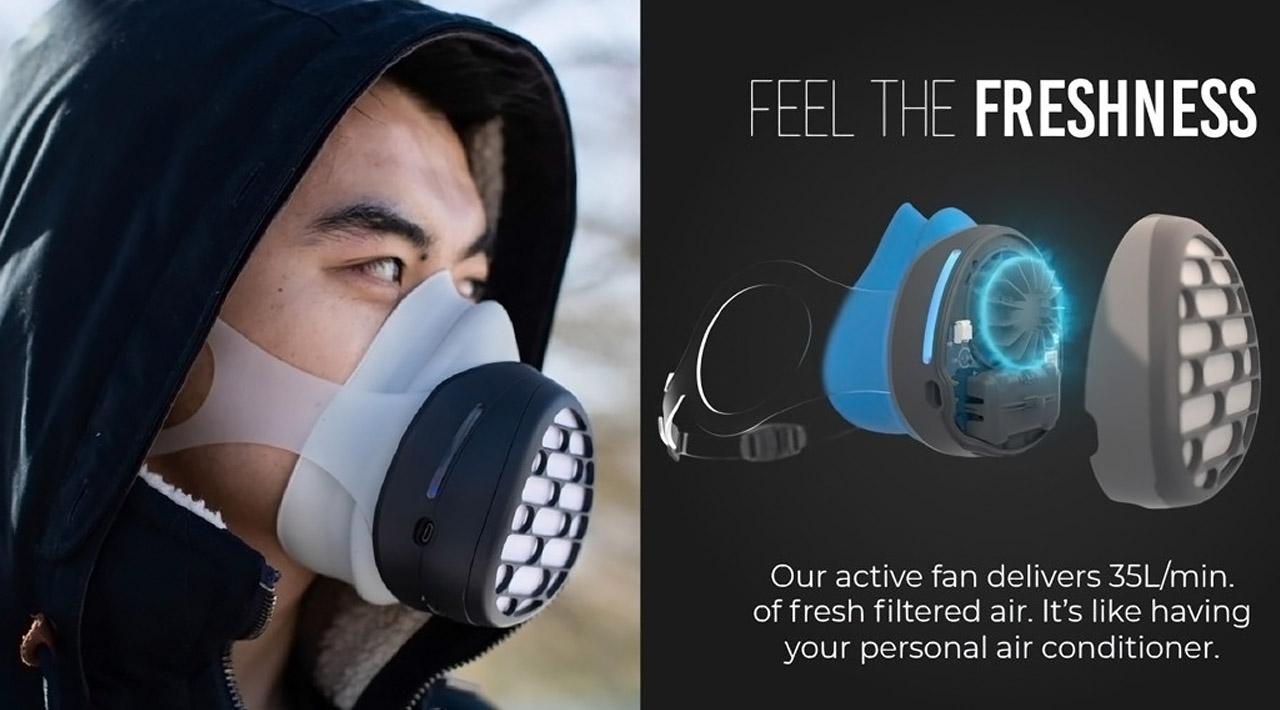
What sets the Maasc apart from your surgical grade mask or the N95 mask is its patented BreatheEase Fan which provides you with a breeze of purified air inside your mask. Unlike most masks that require you to breathe extra hard to pull air through those filters, Maasc does it for you, giving you both filtration and breezy comfort without that familiar stuffy feeling. The fan, which sits right in front of your face, pulls air from the outside and pushes it through the Maasc’s replaceable filter system.
Fan which provides you with a breeze of purified air inside your mask. Unlike most masks that require you to breathe extra hard to pull air through those filters, Maasc does it for you, giving you both filtration and breezy comfort without that familiar stuffy feeling. The fan, which sits right in front of your face, pulls air from the outside and pushes it through the Maasc’s replaceable filter system.
The post Top 10 face masks including the world’s first emotional LED mask to help you stay safe in the third wave first appeared on Yanko Design.
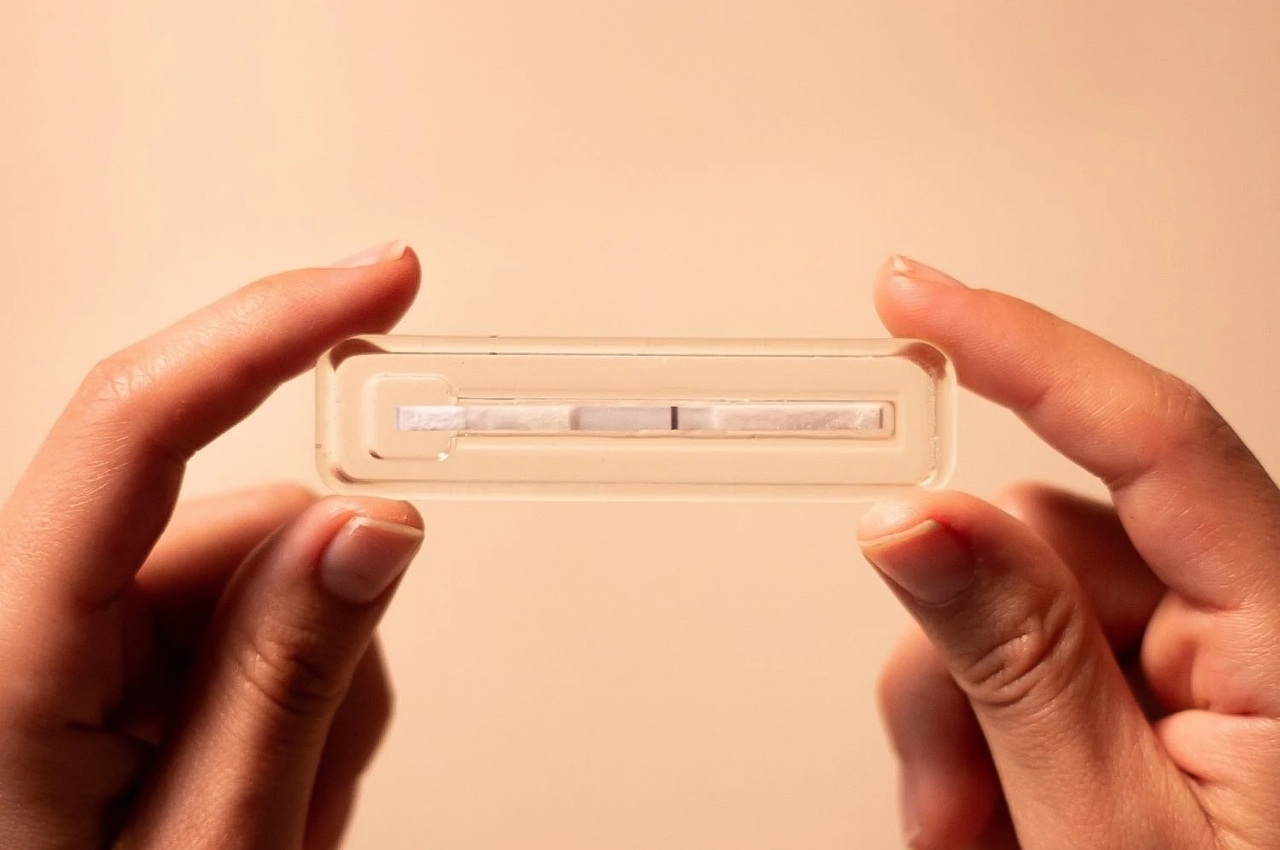










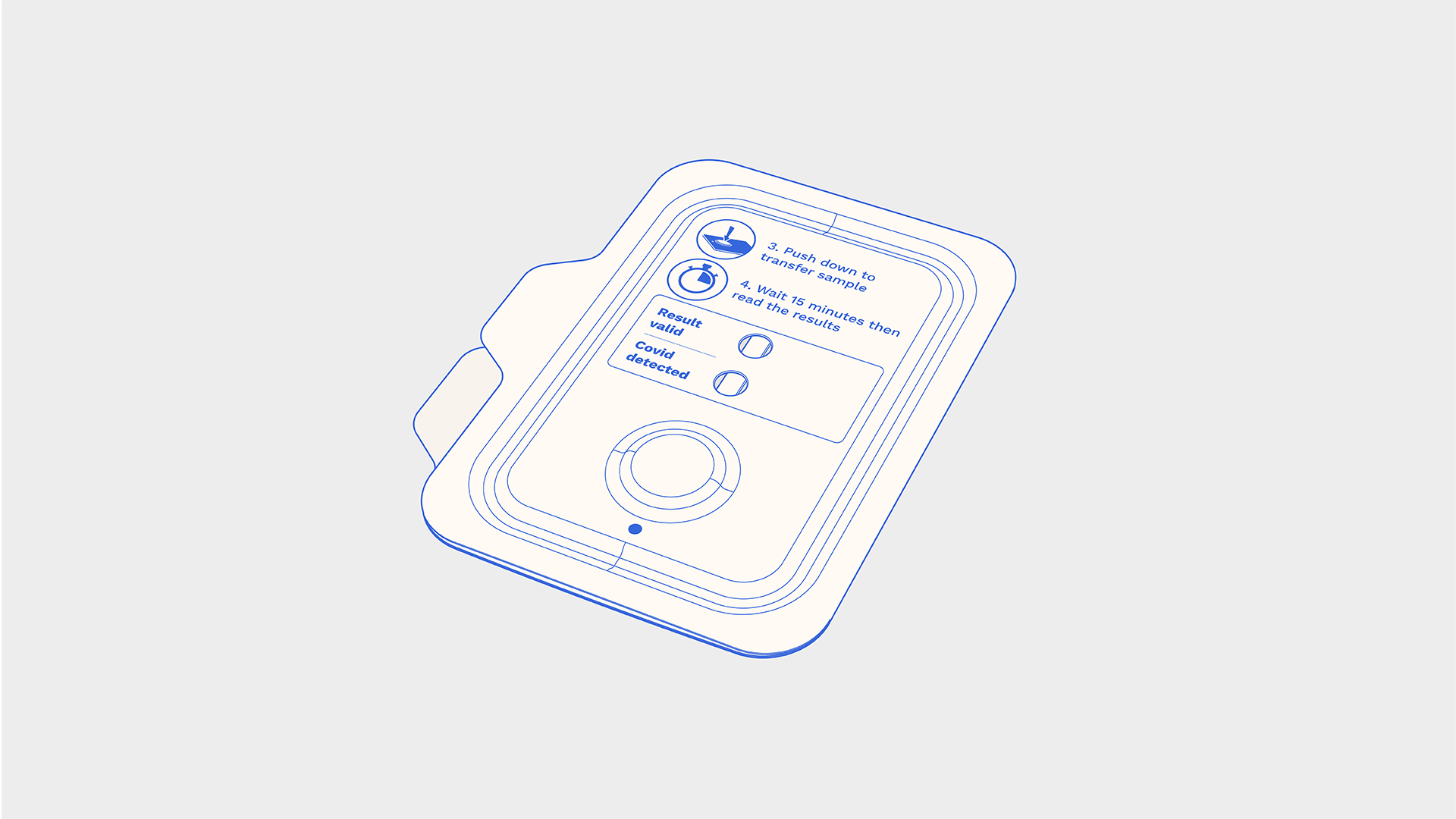
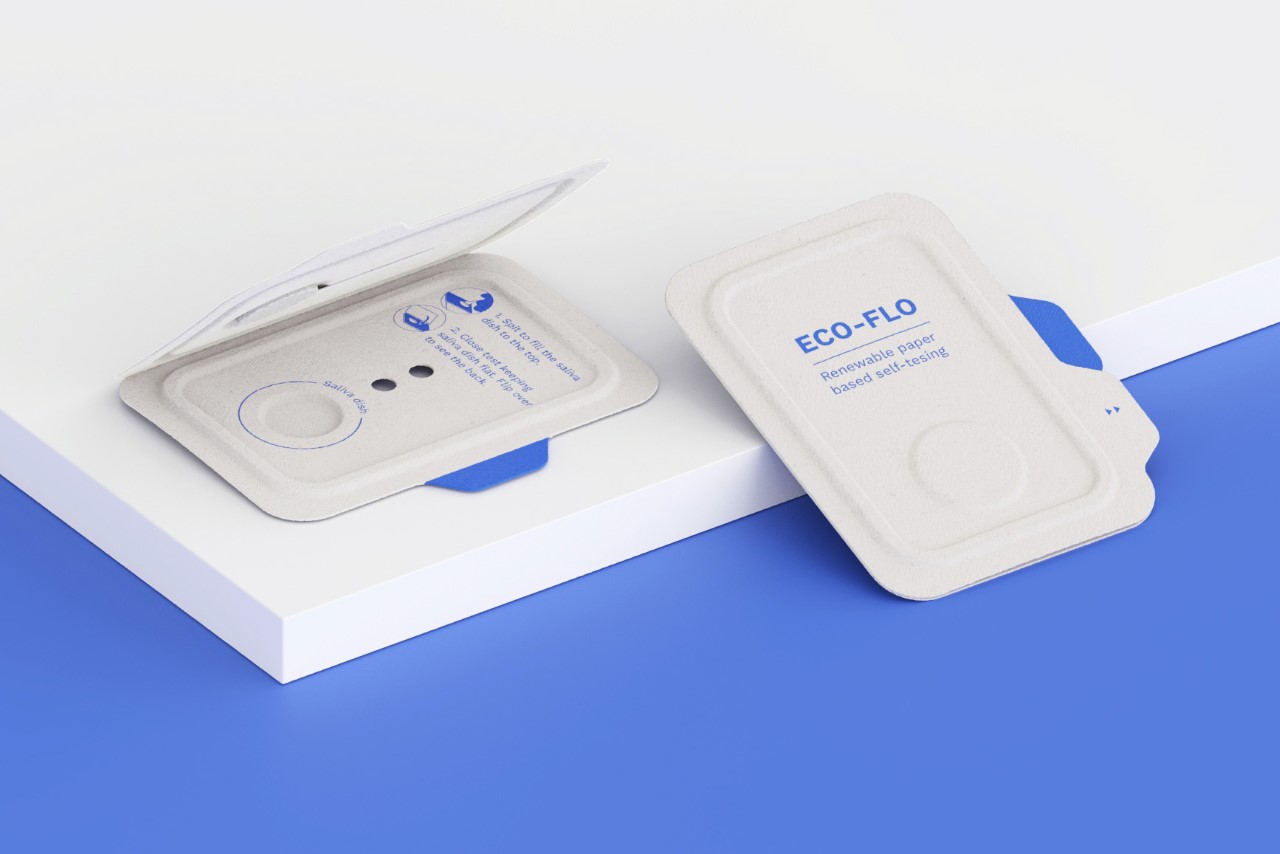
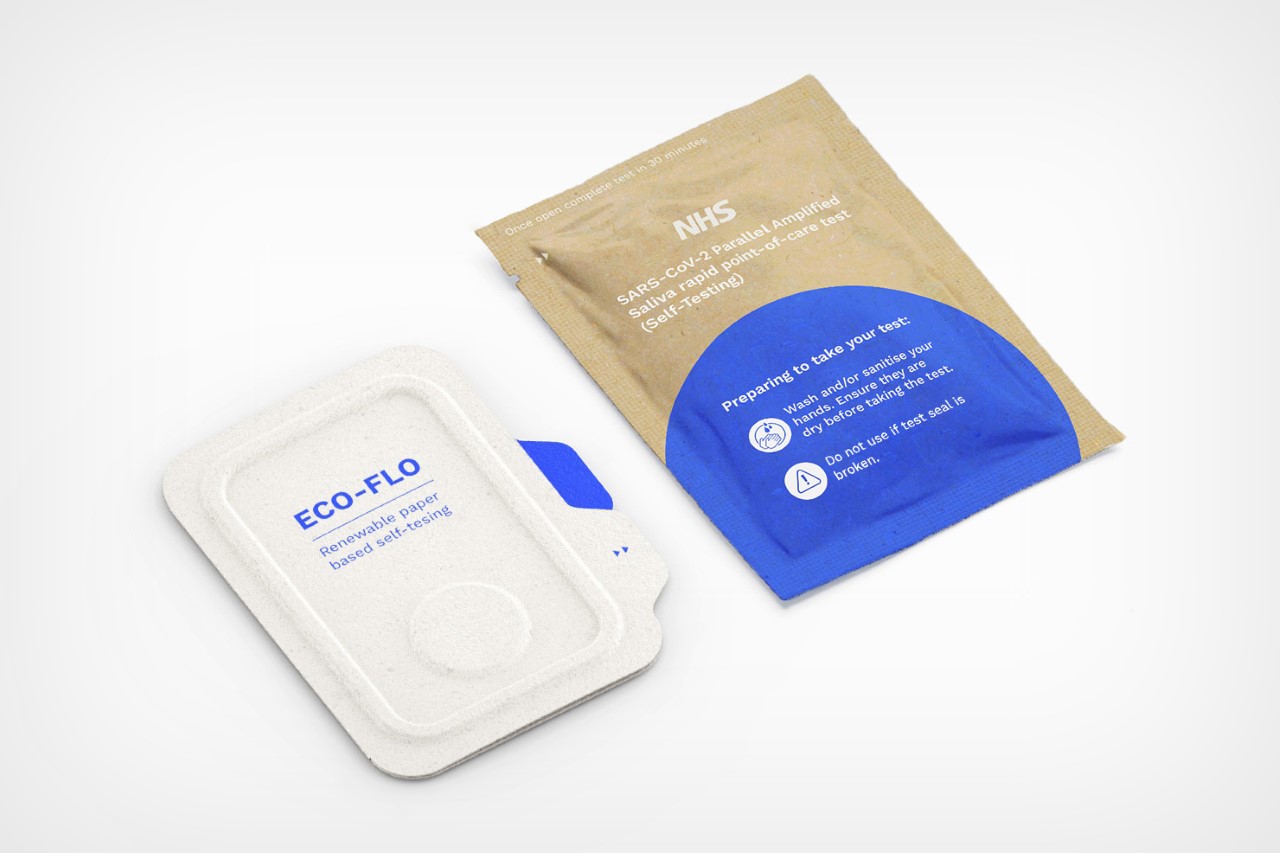





























 Fan which provides you with a breeze of purified air inside your mask. Unlike most masks that require you to breathe extra hard to pull air through those filters, Maasc does it for you, giving you both filtration and breezy comfort without that familiar stuffy feeling. The fan, which sits right in front of your face, pulls air from the outside and pushes it through the Maasc’s replaceable filter system.
Fan which provides you with a breeze of purified air inside your mask. Unlike most masks that require you to breathe extra hard to pull air through those filters, Maasc does it for you, giving you both filtration and breezy comfort without that familiar stuffy feeling. The fan, which sits right in front of your face, pulls air from the outside and pushes it through the Maasc’s replaceable filter system.